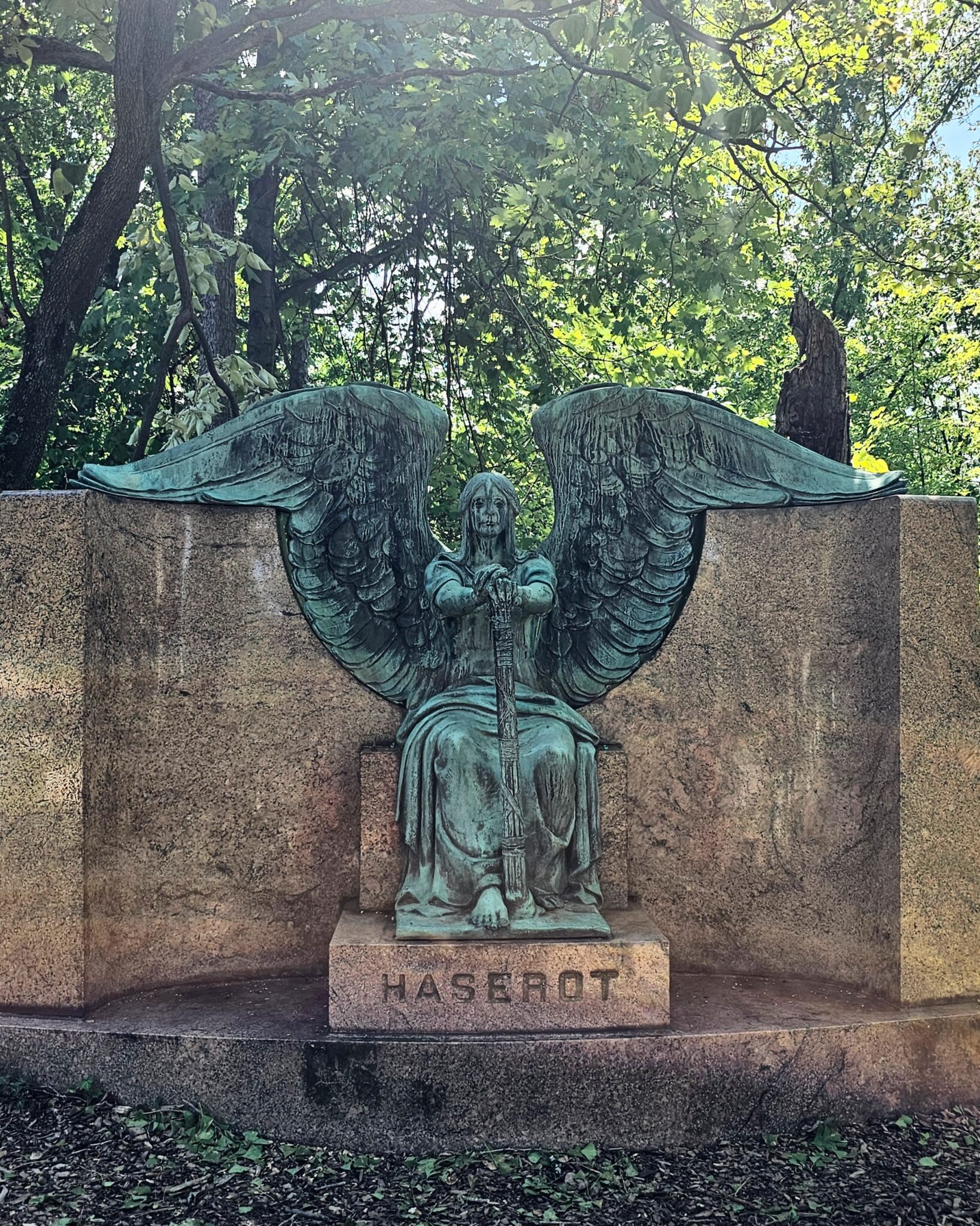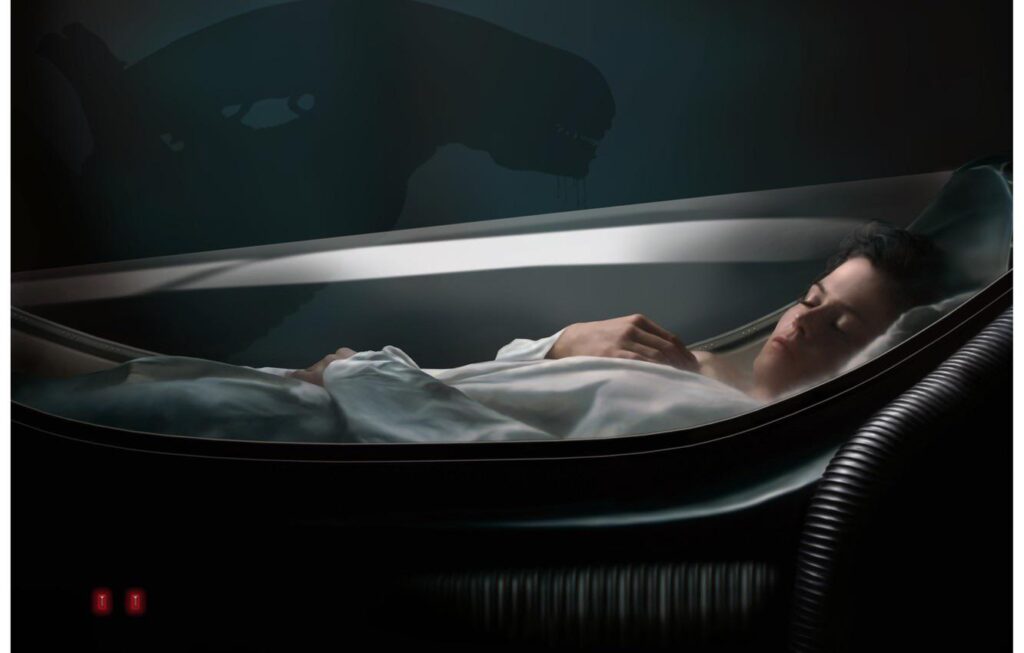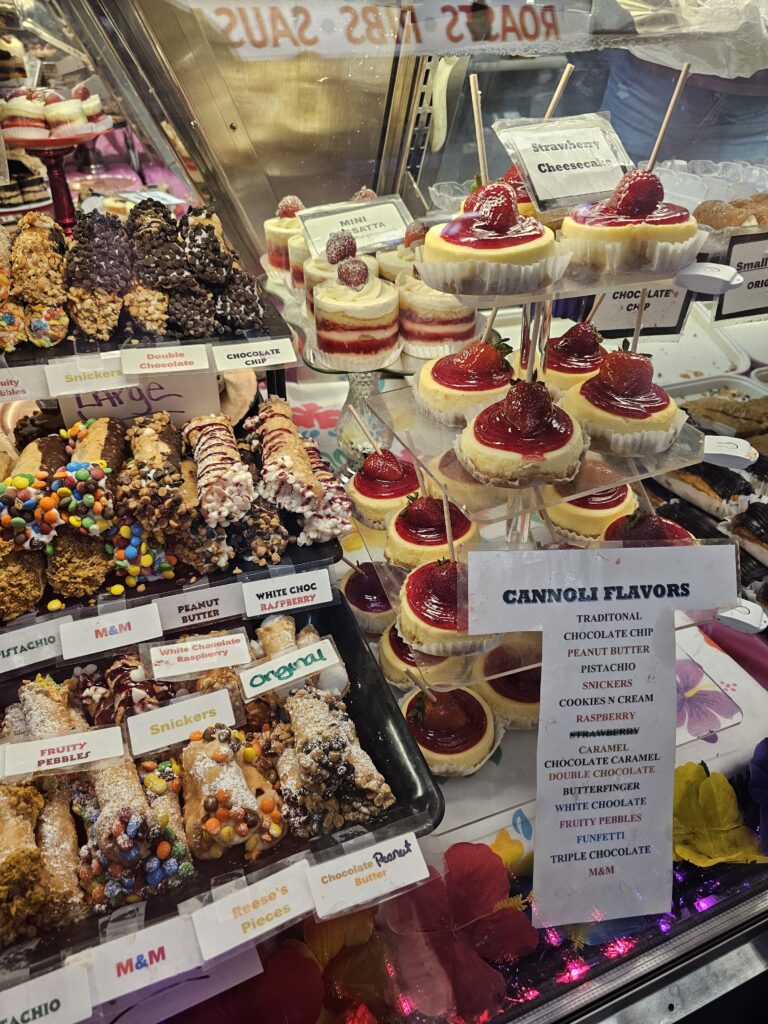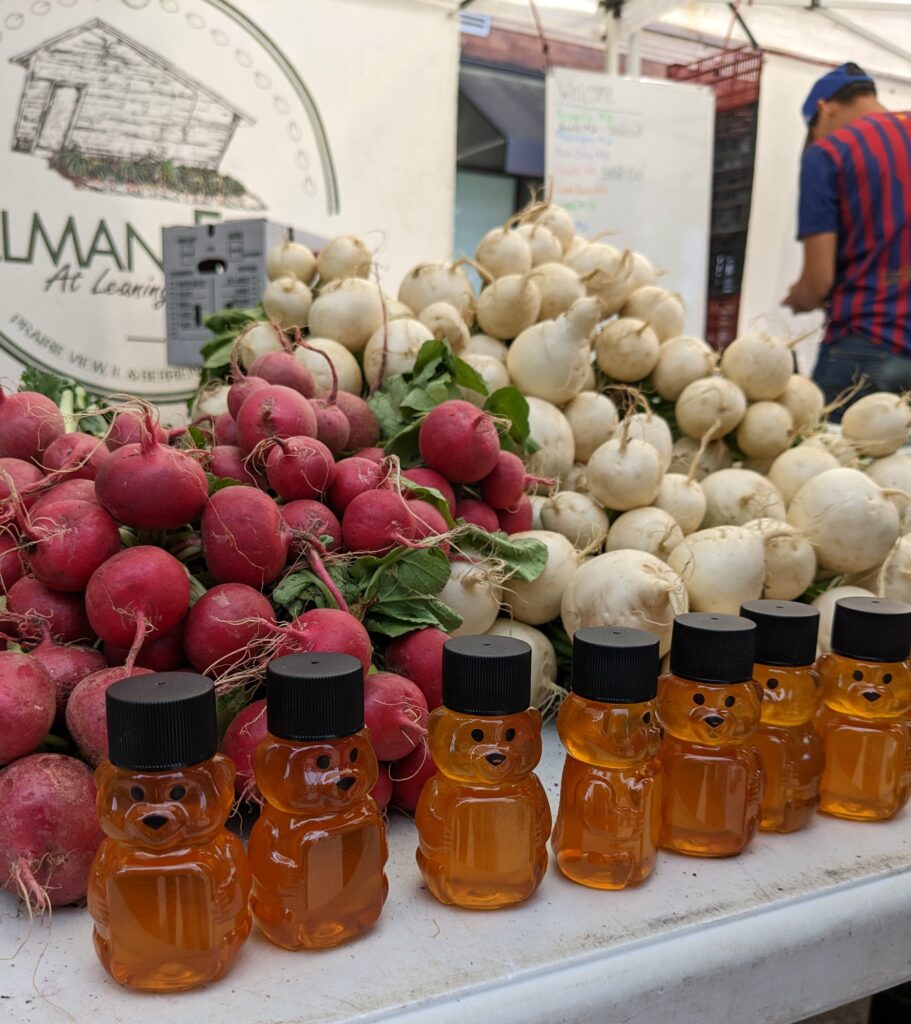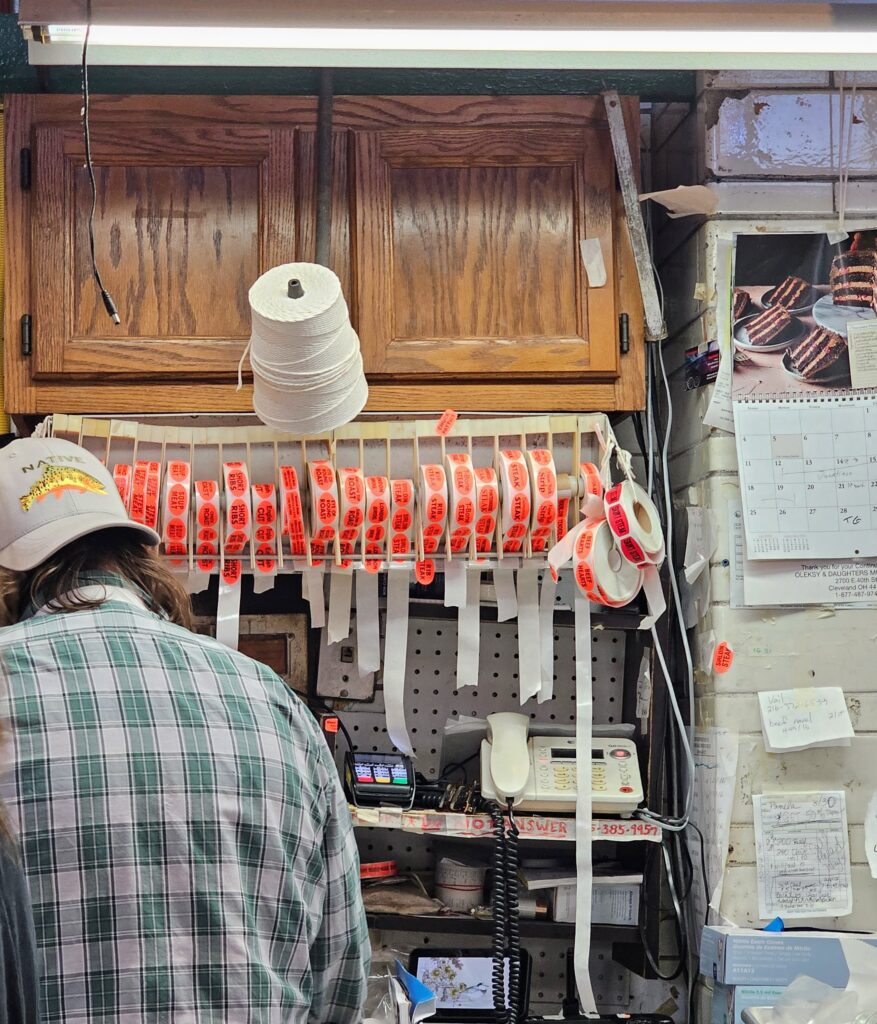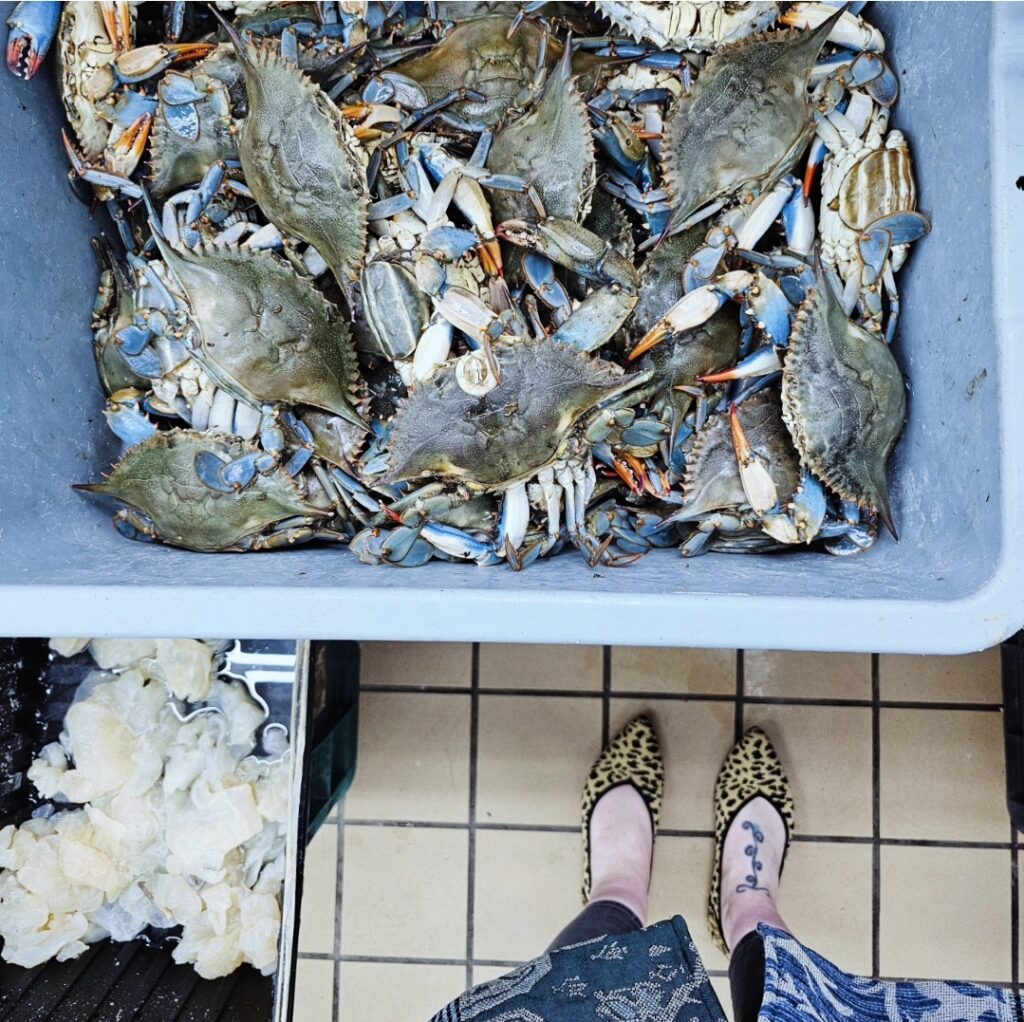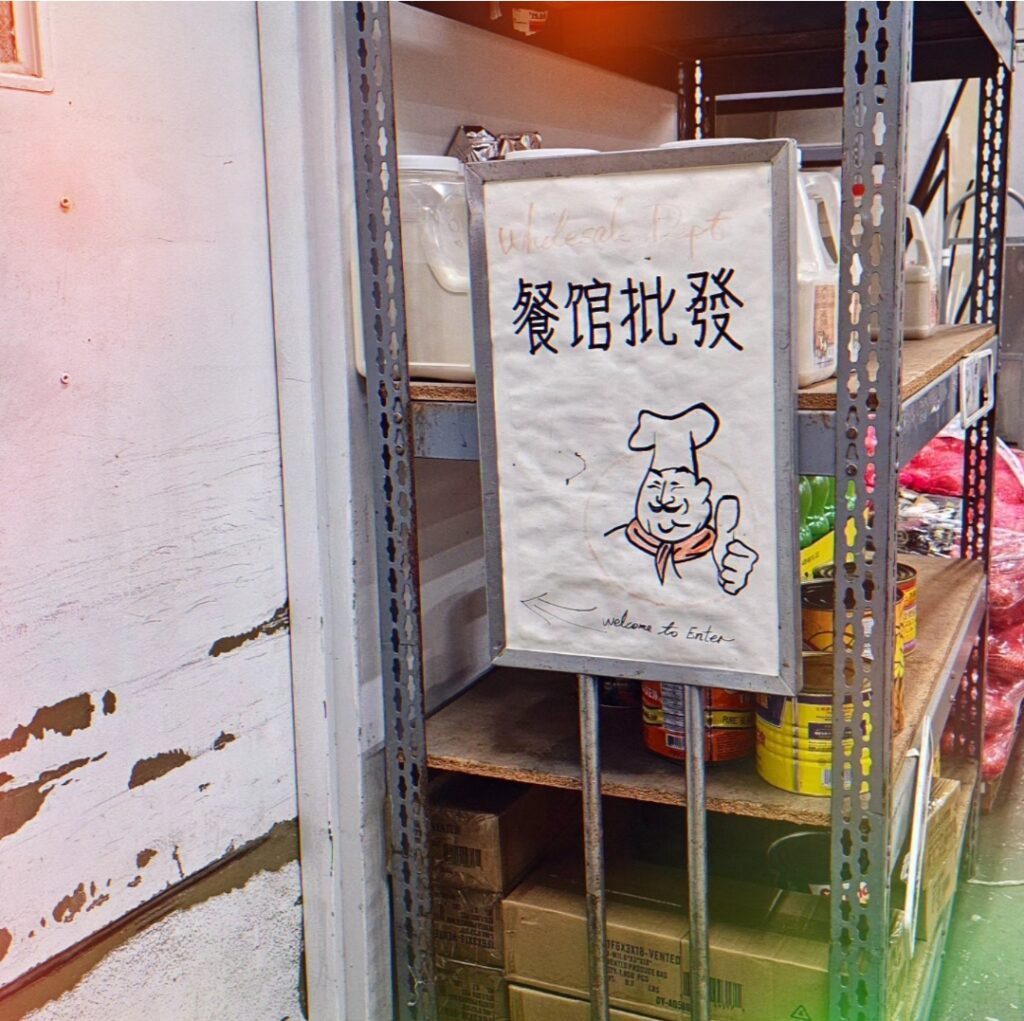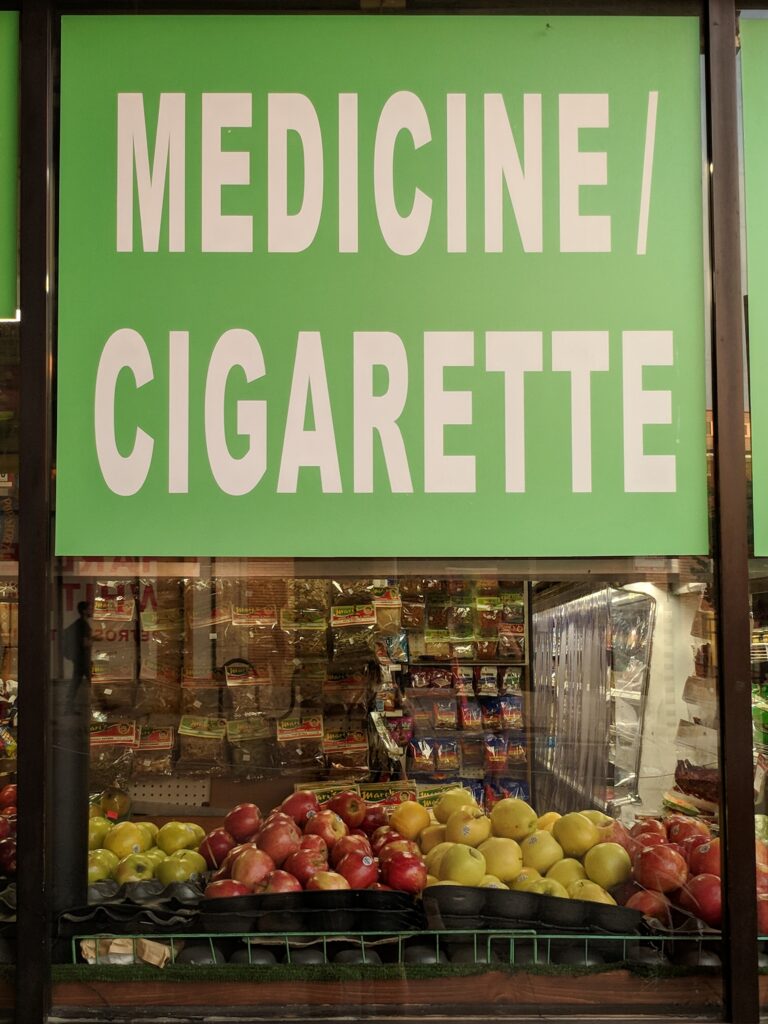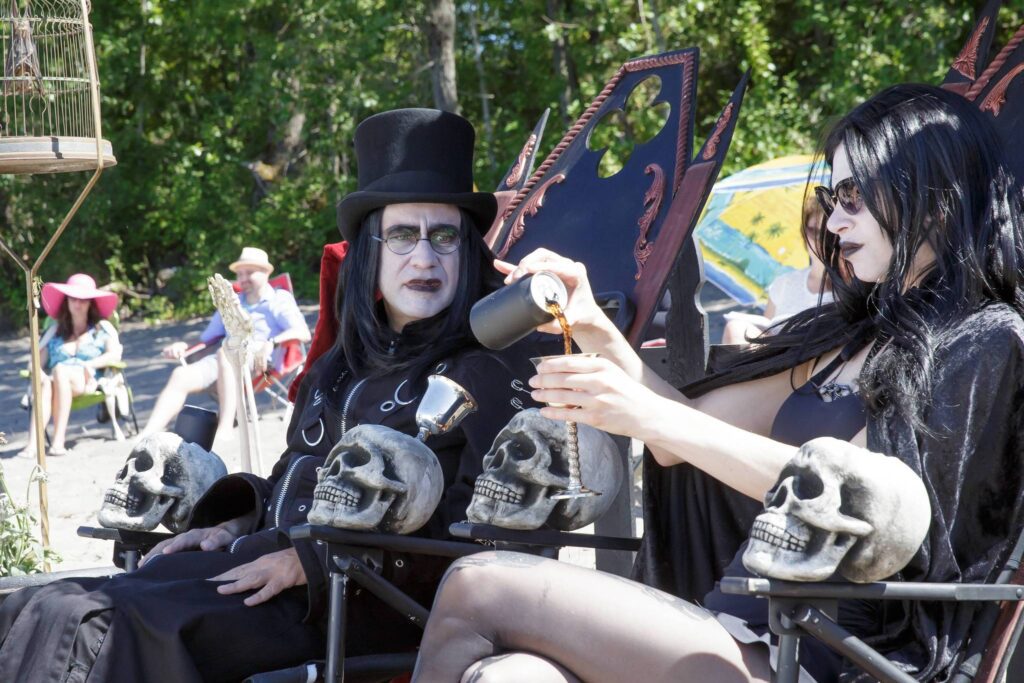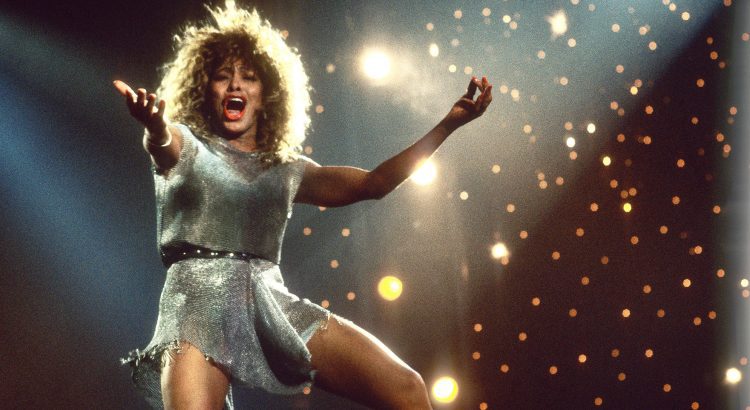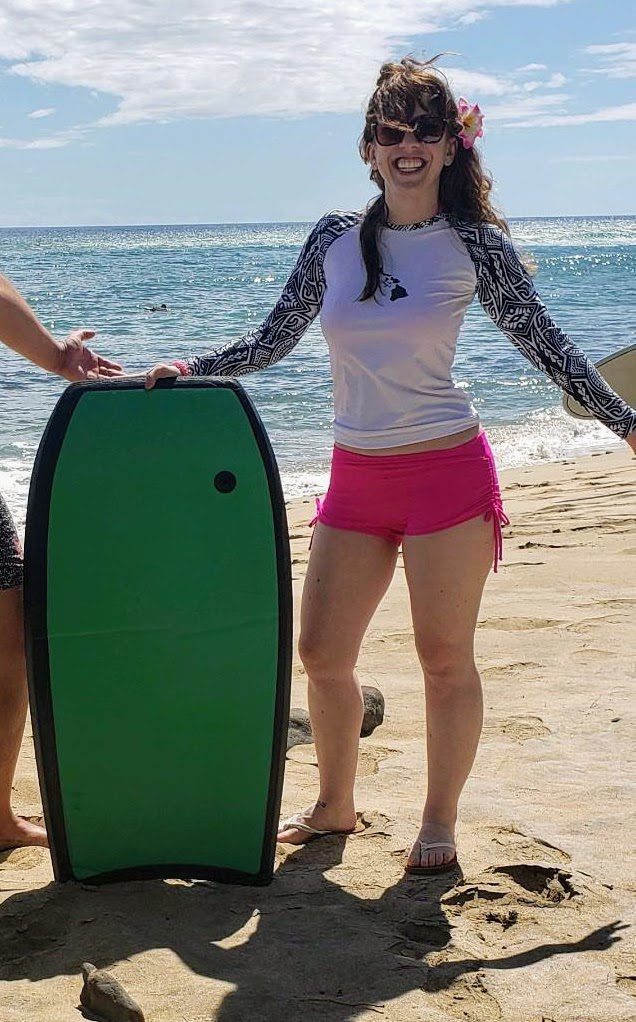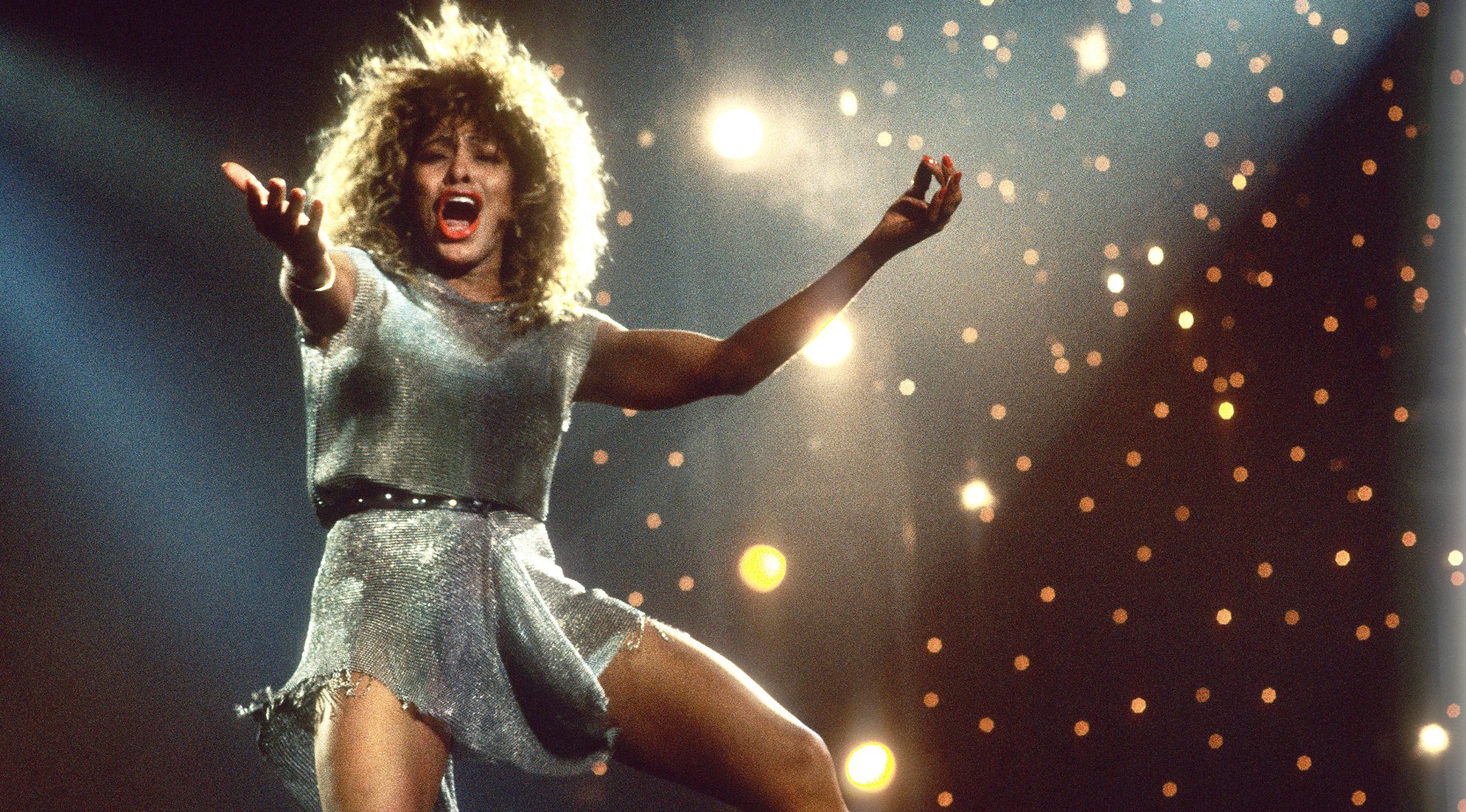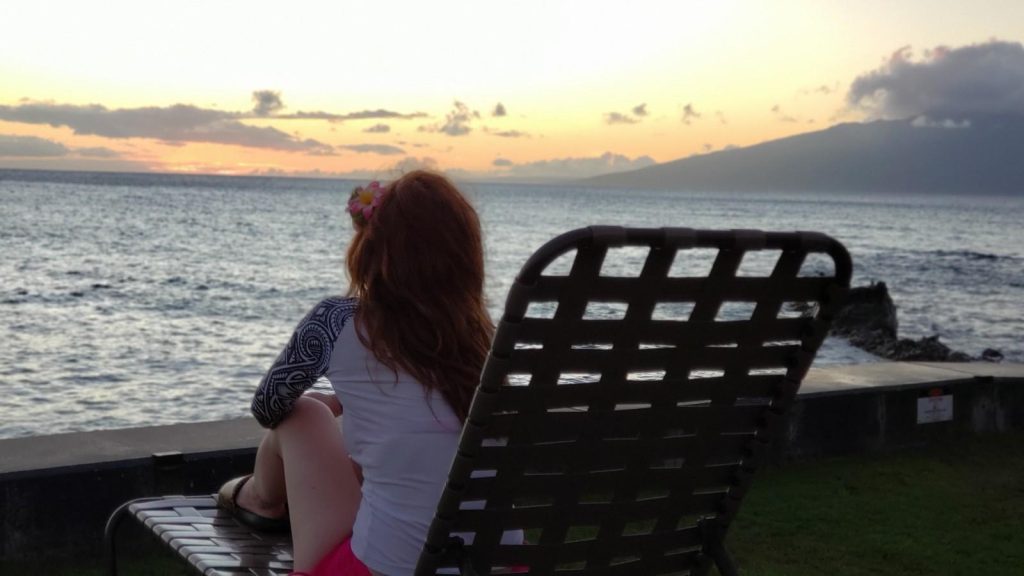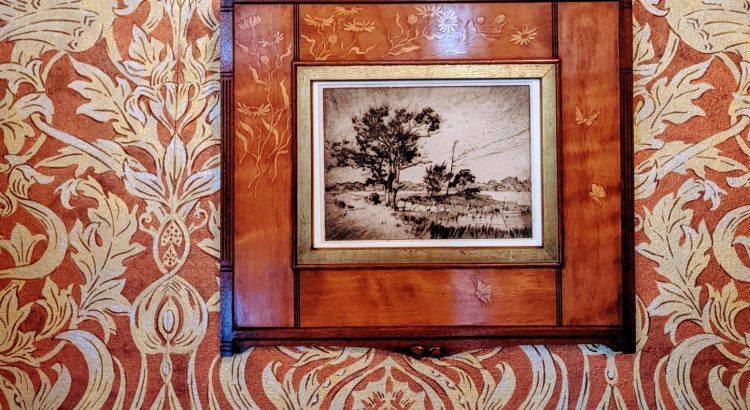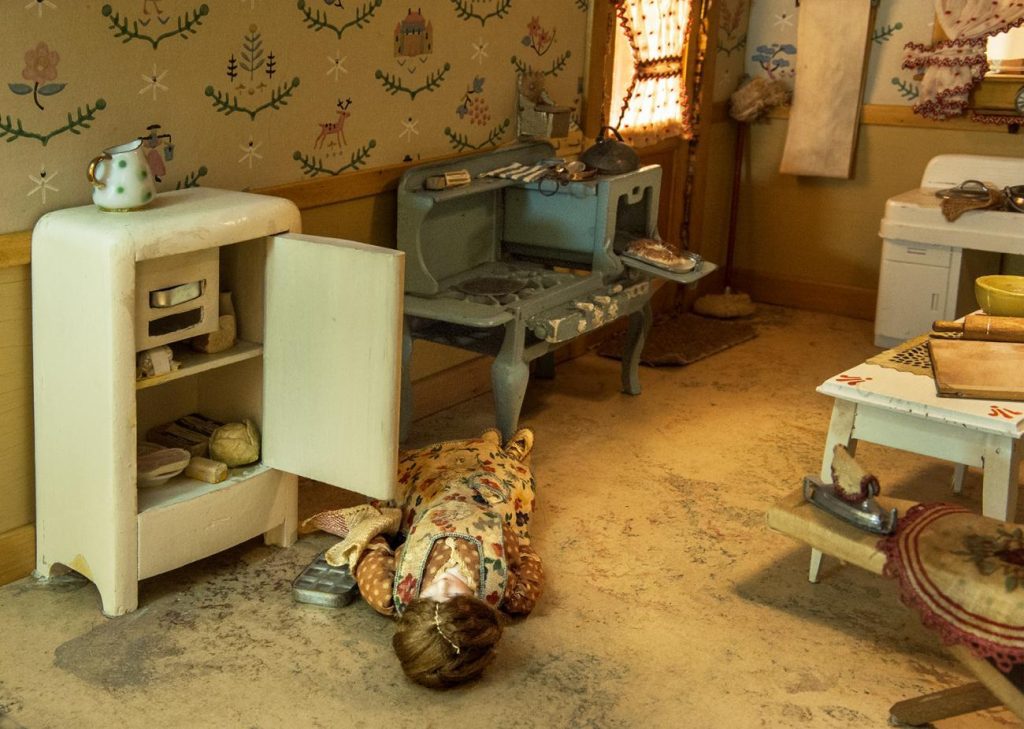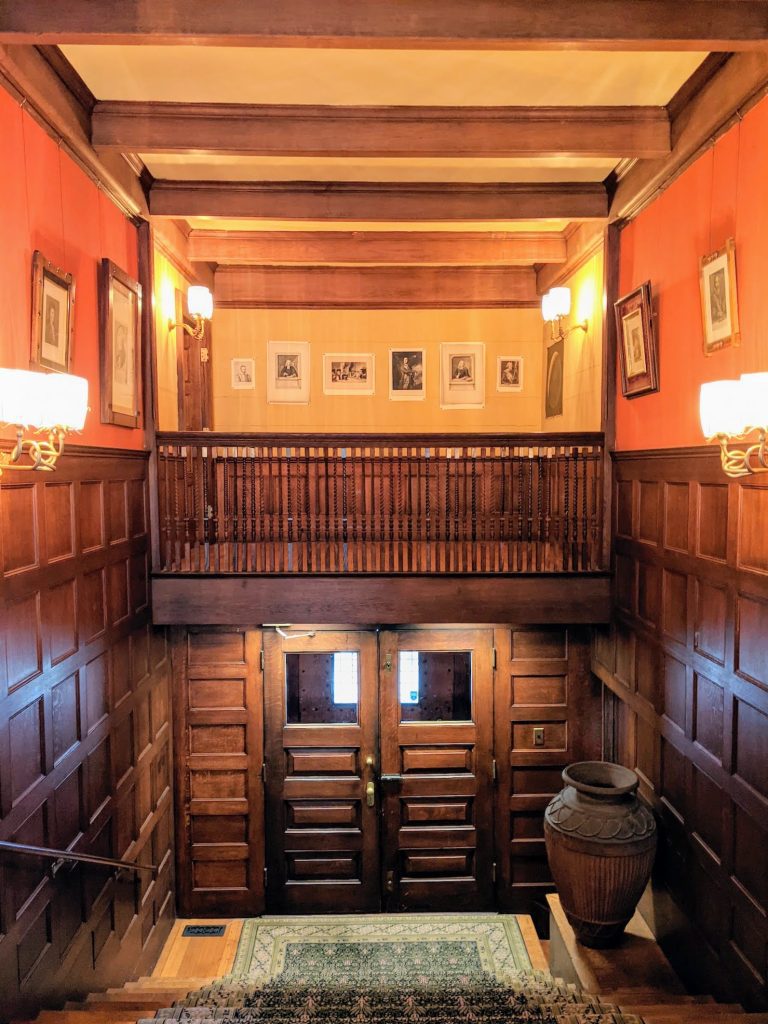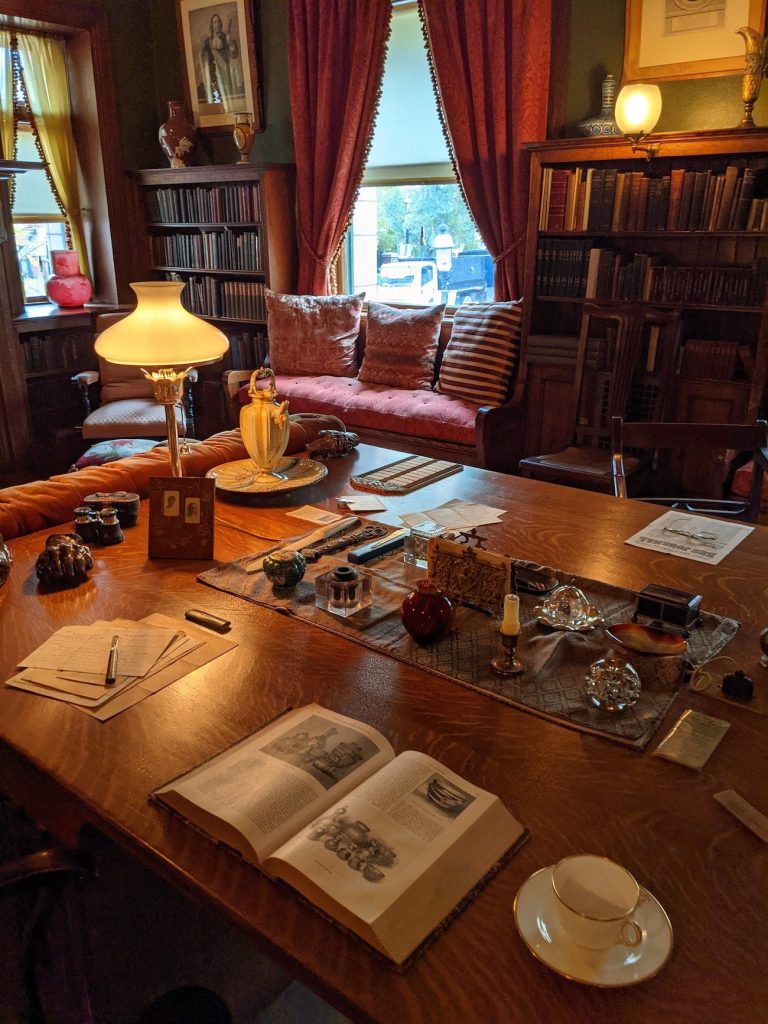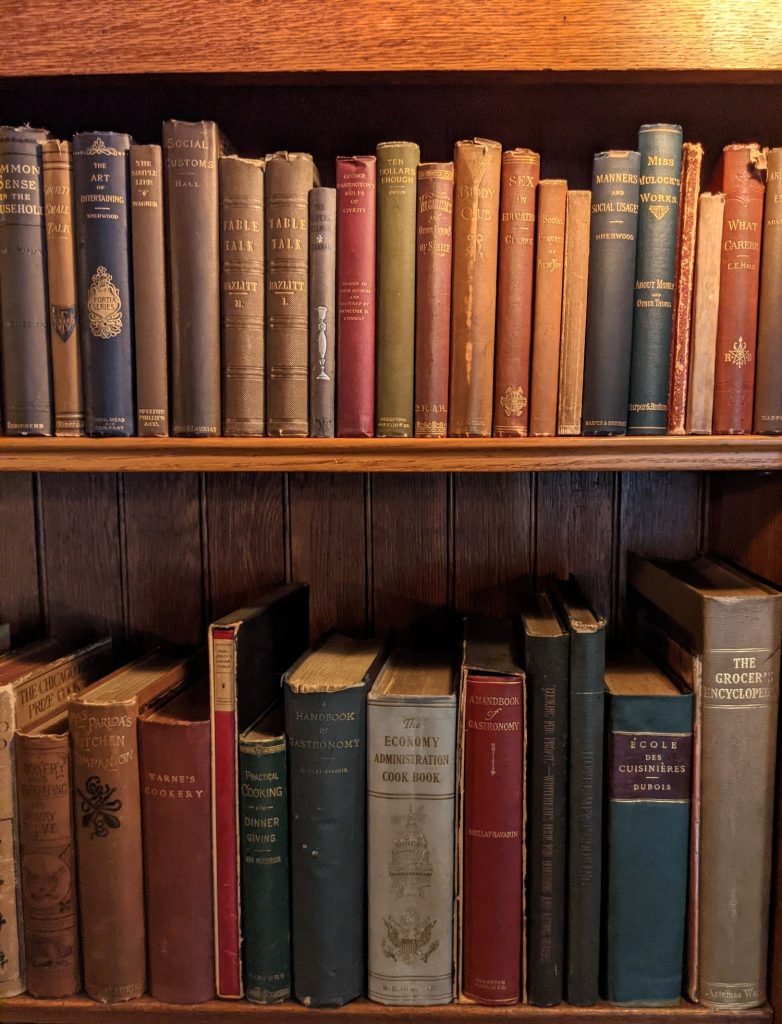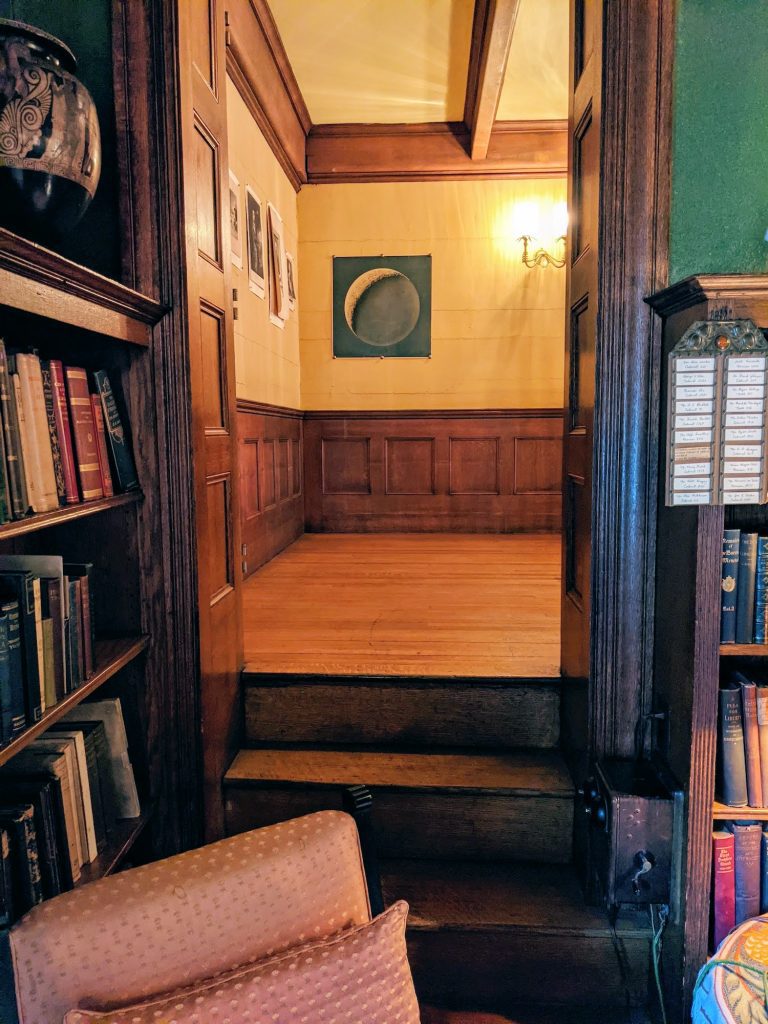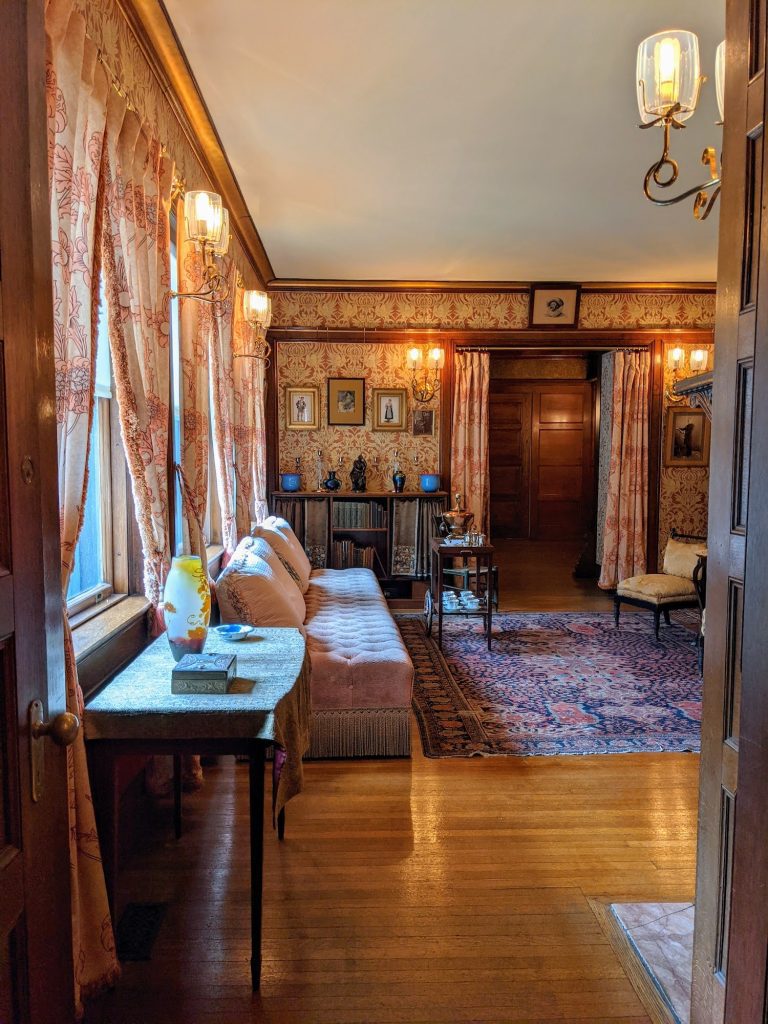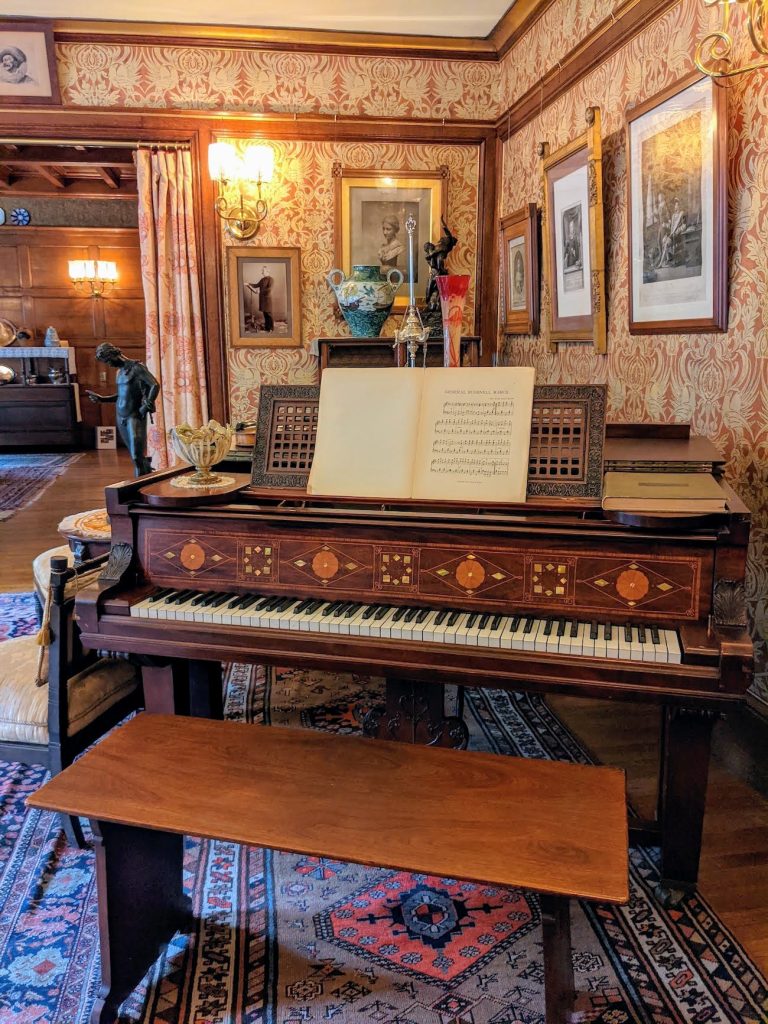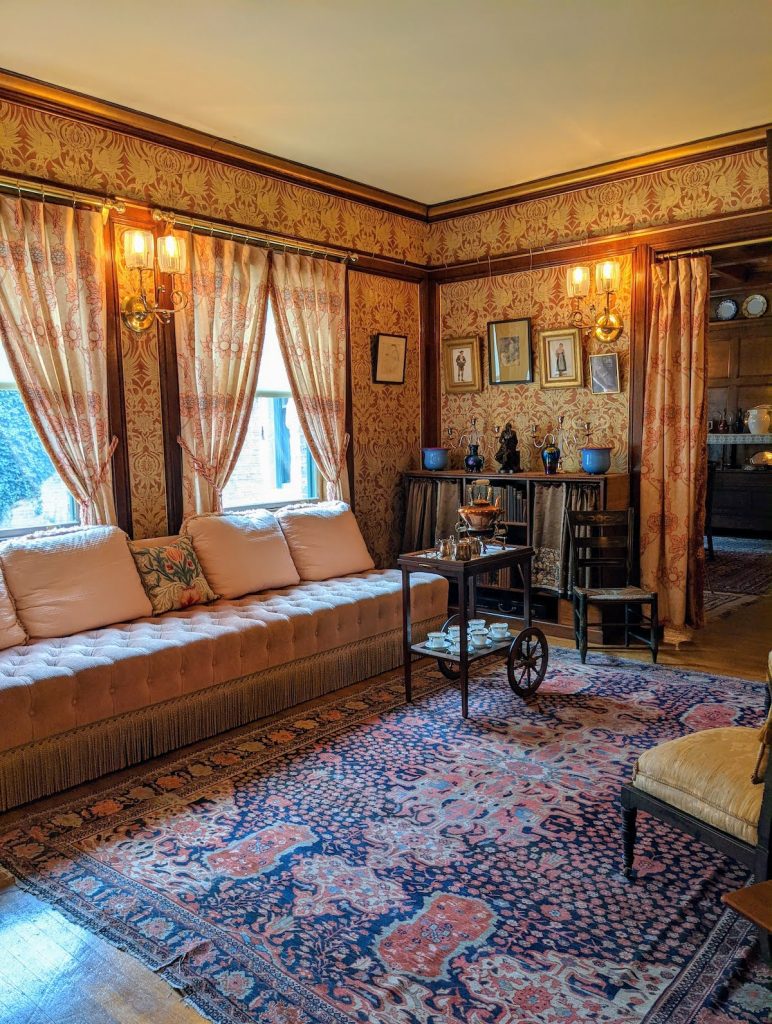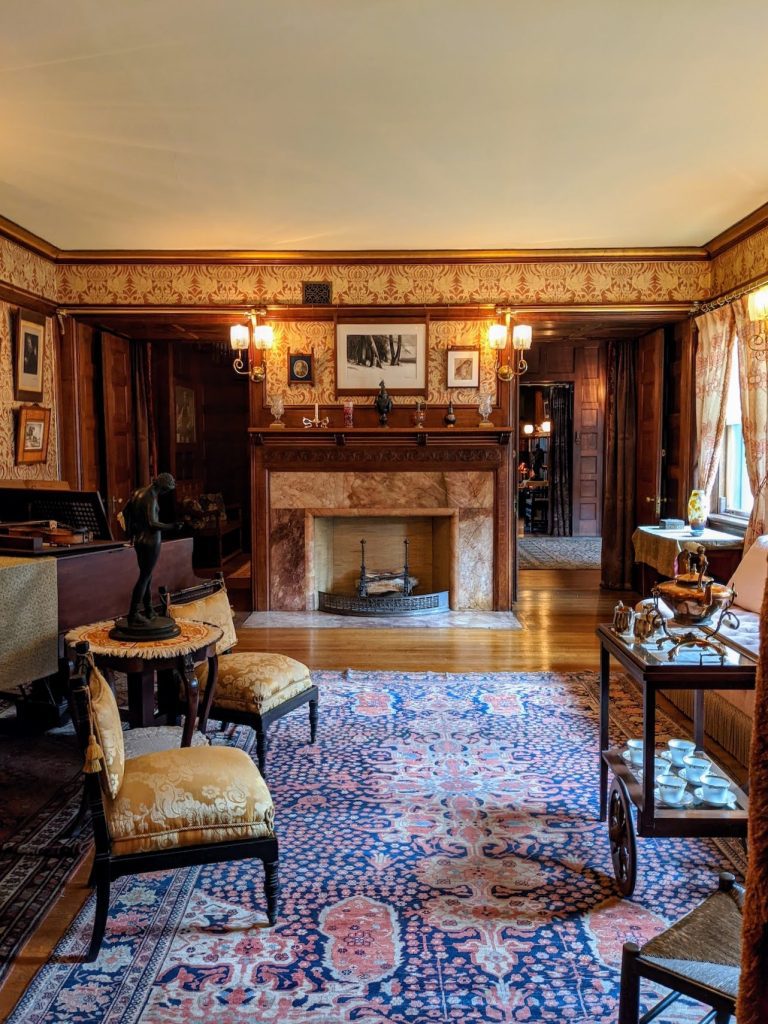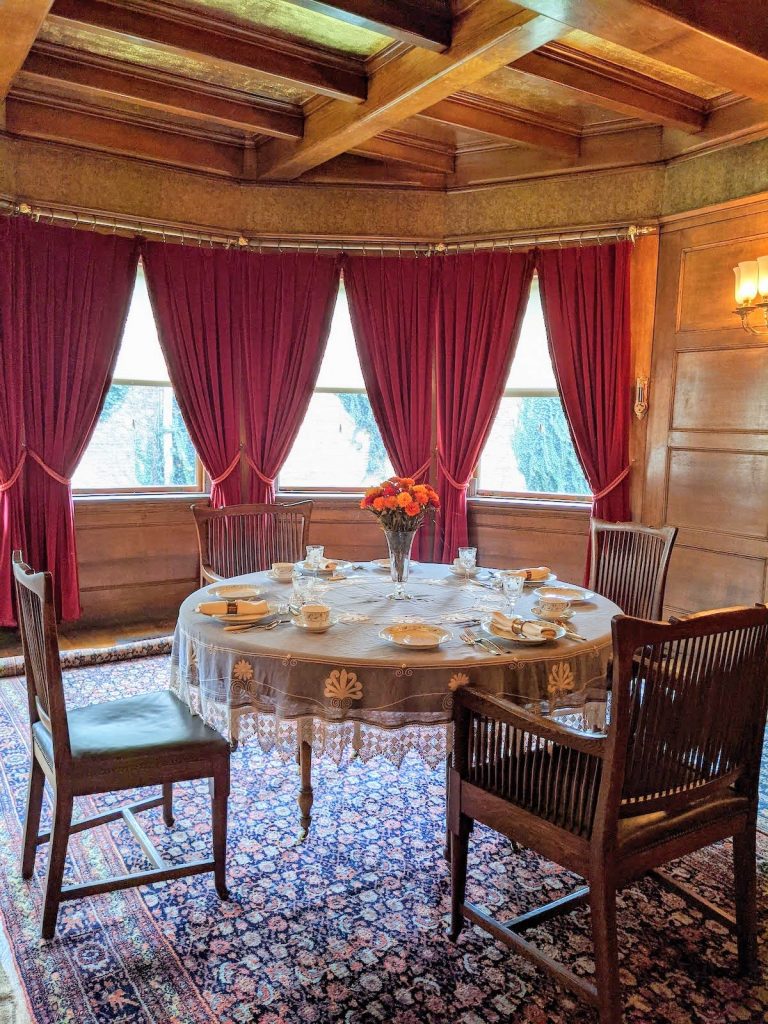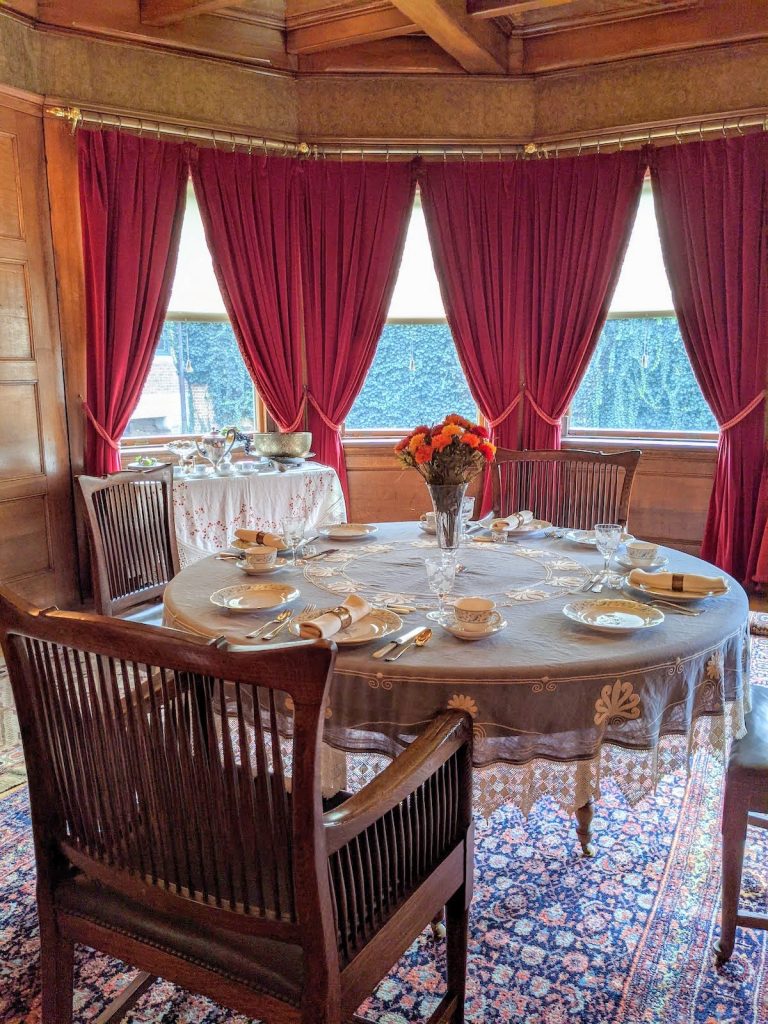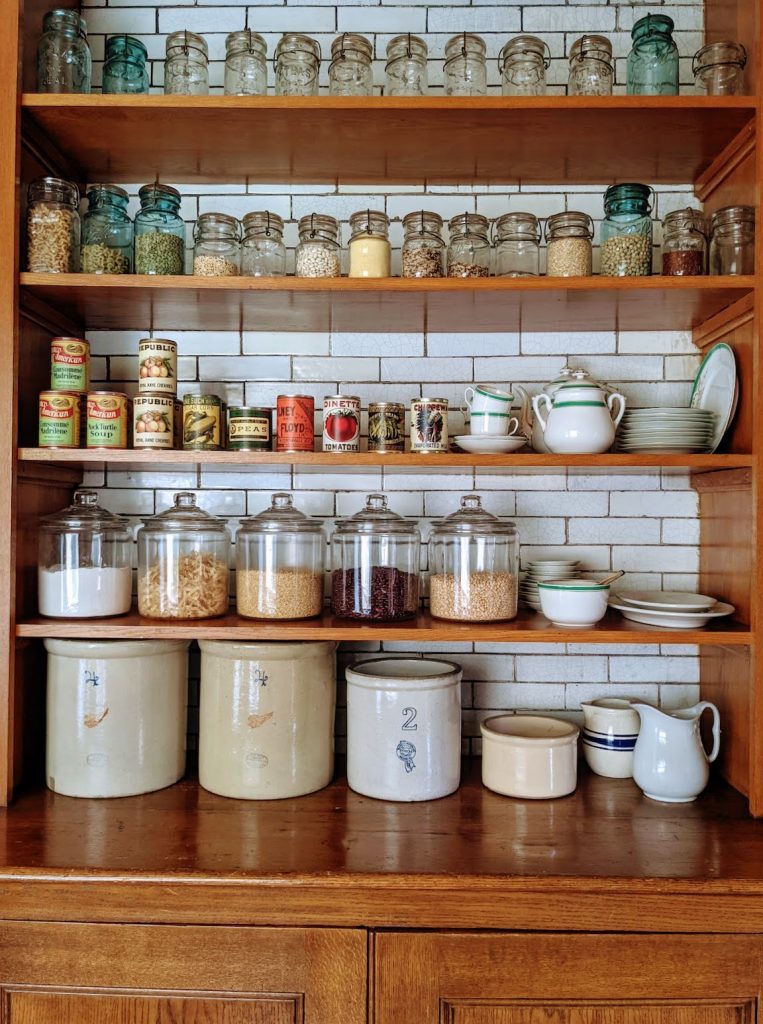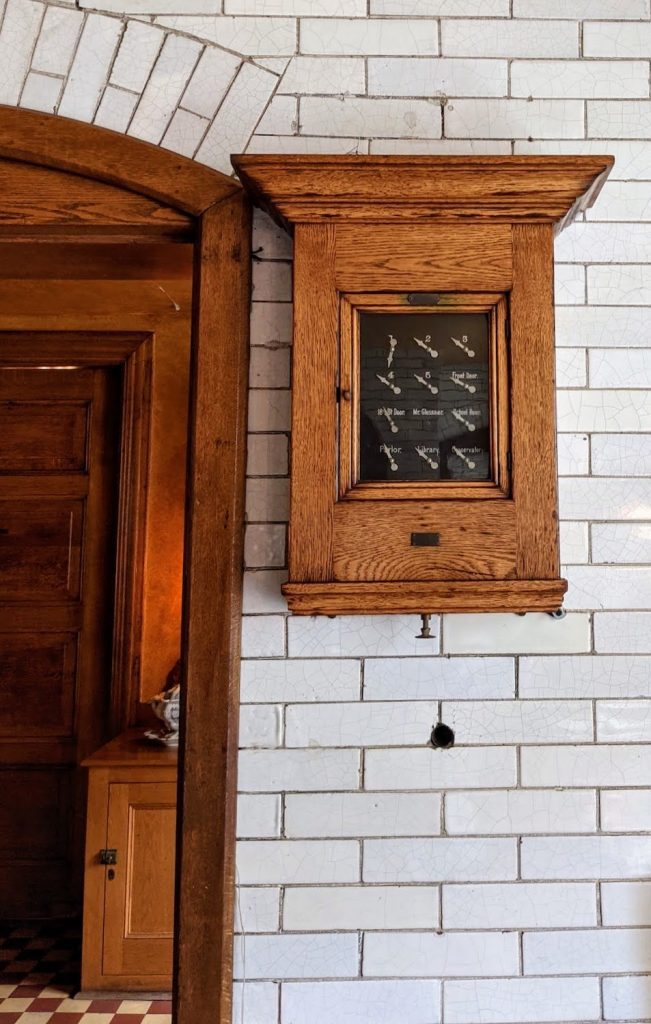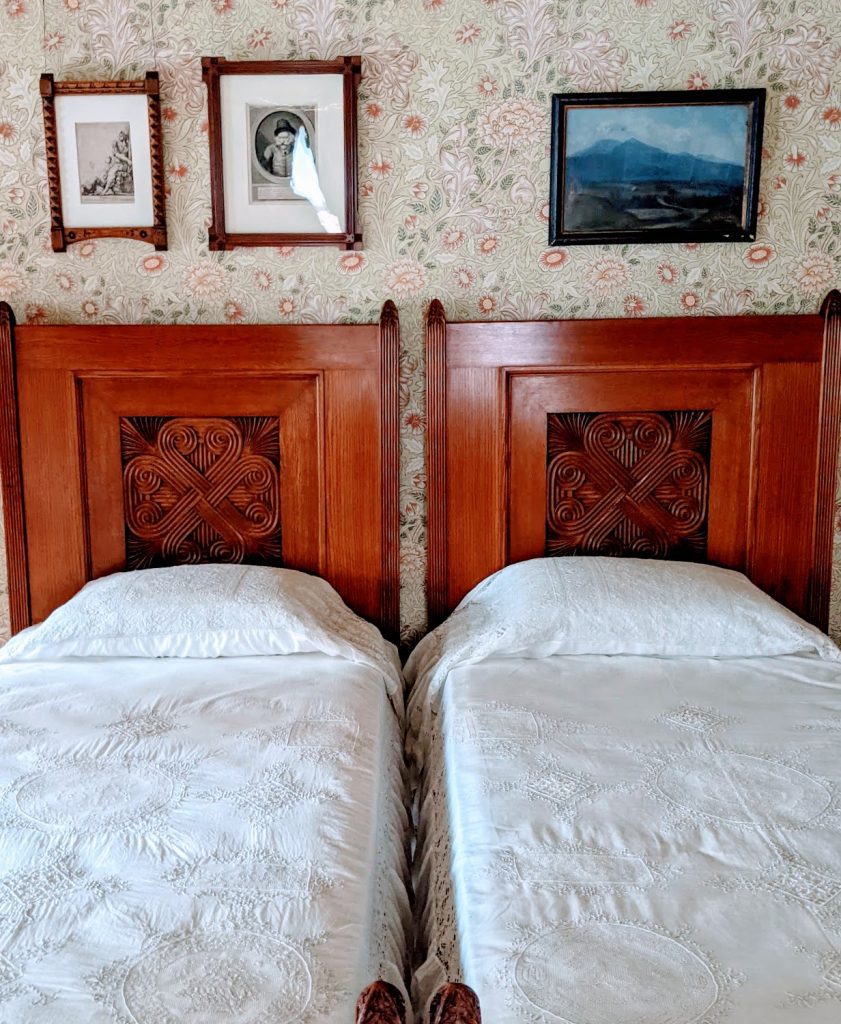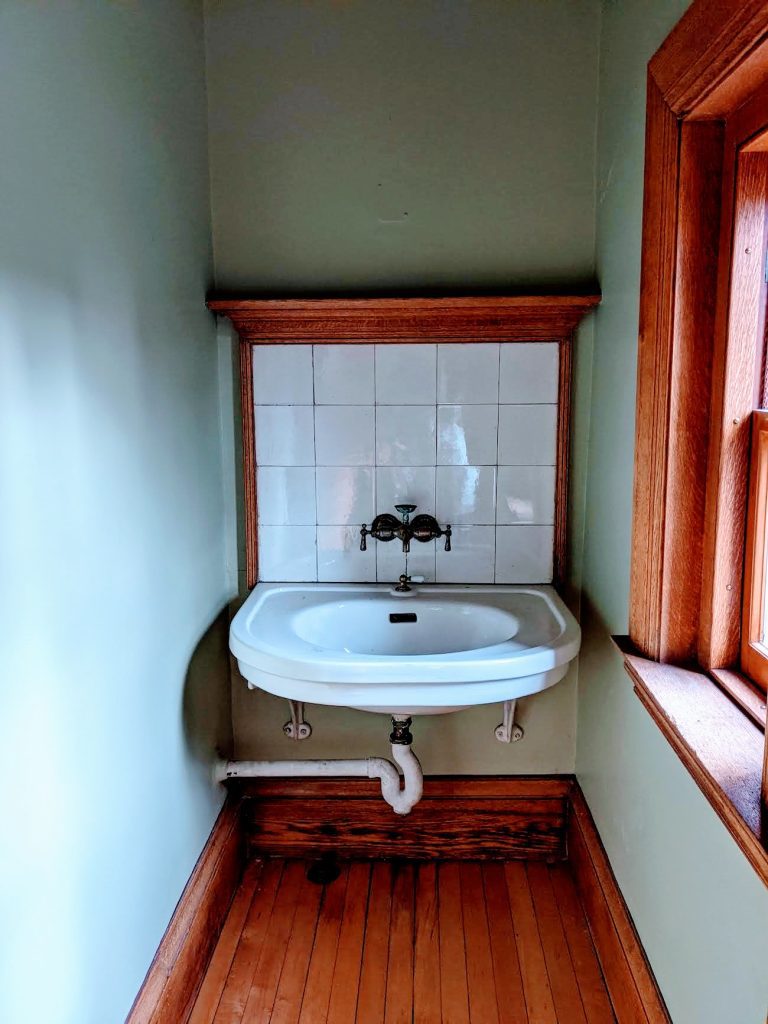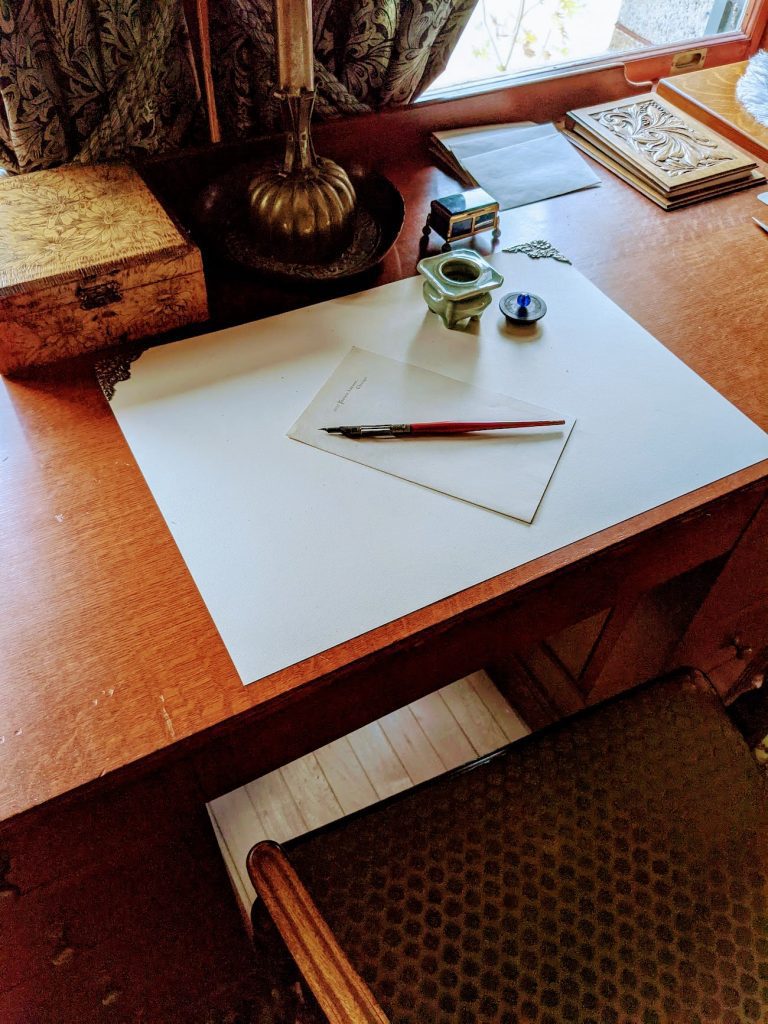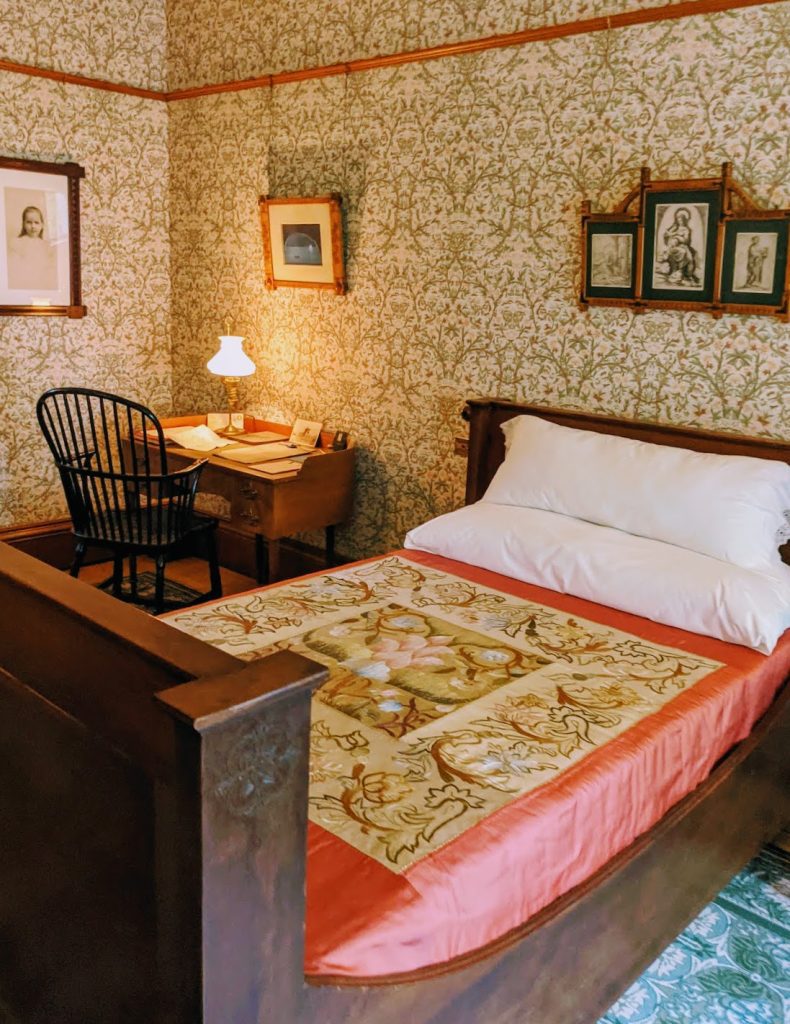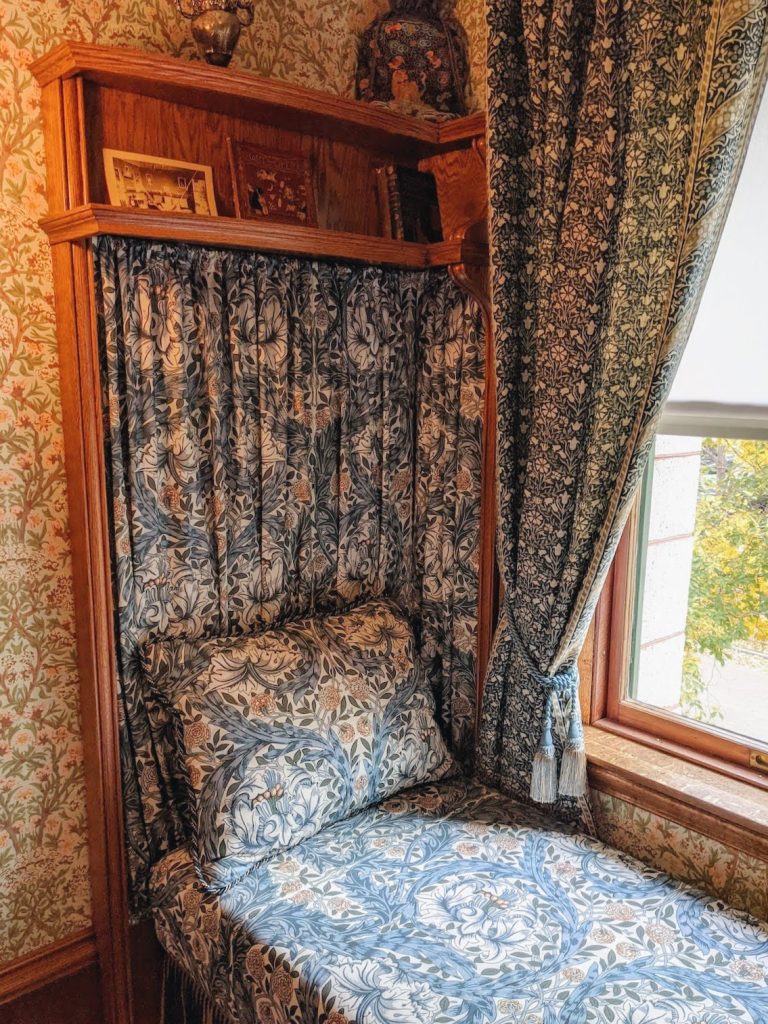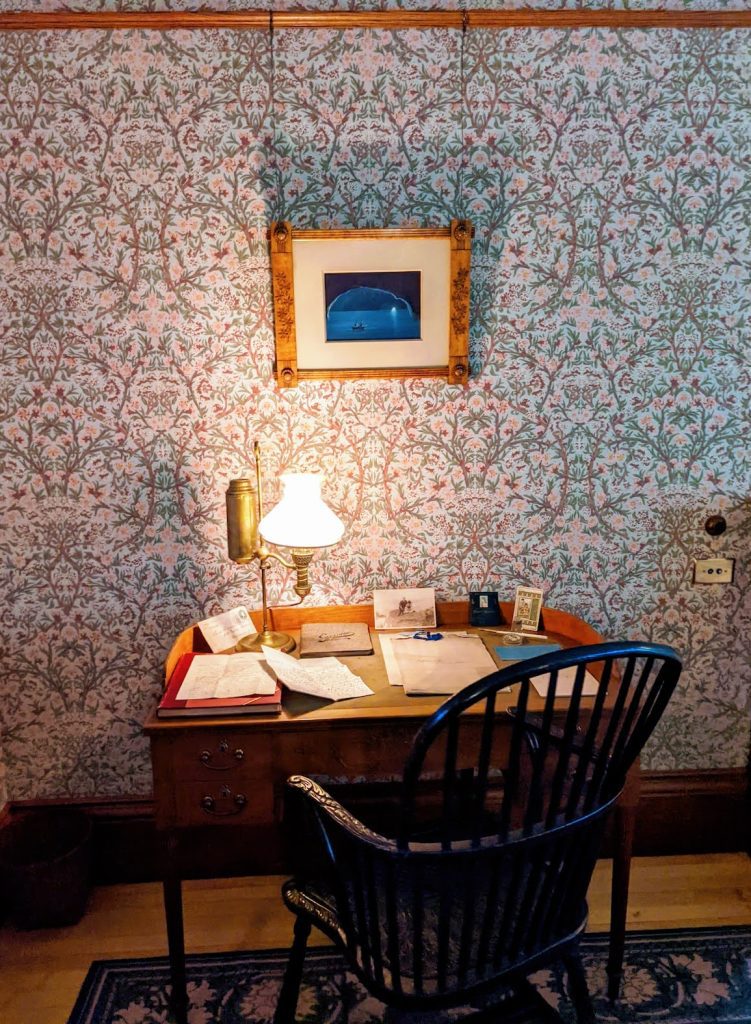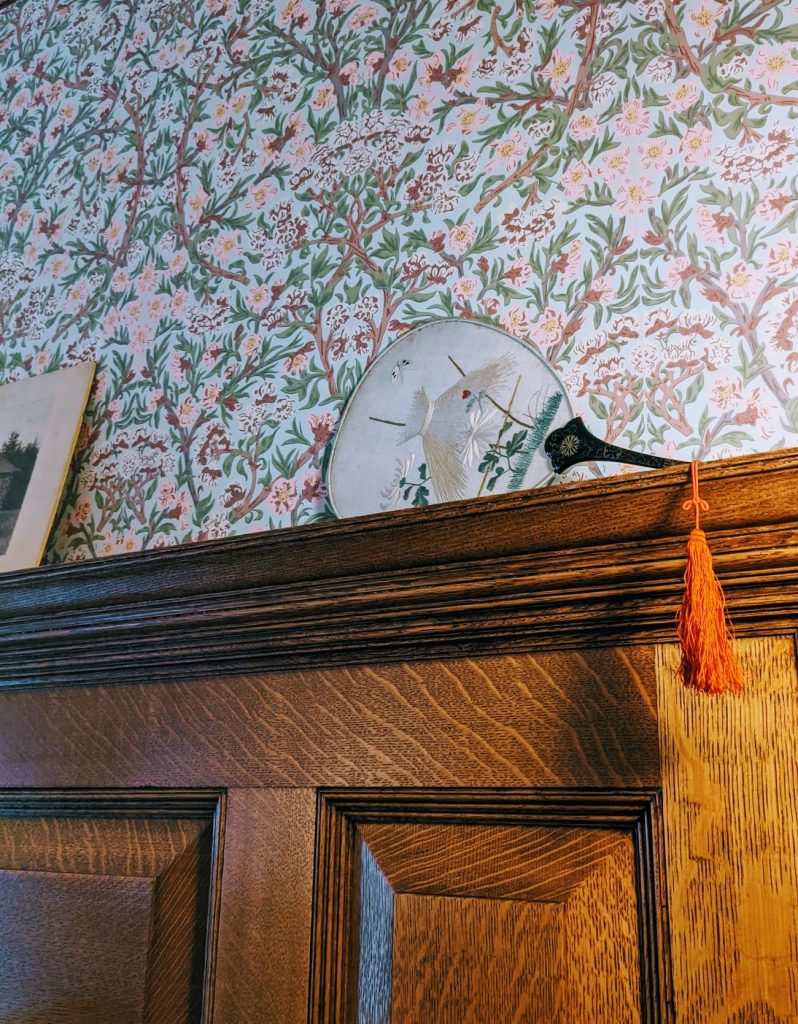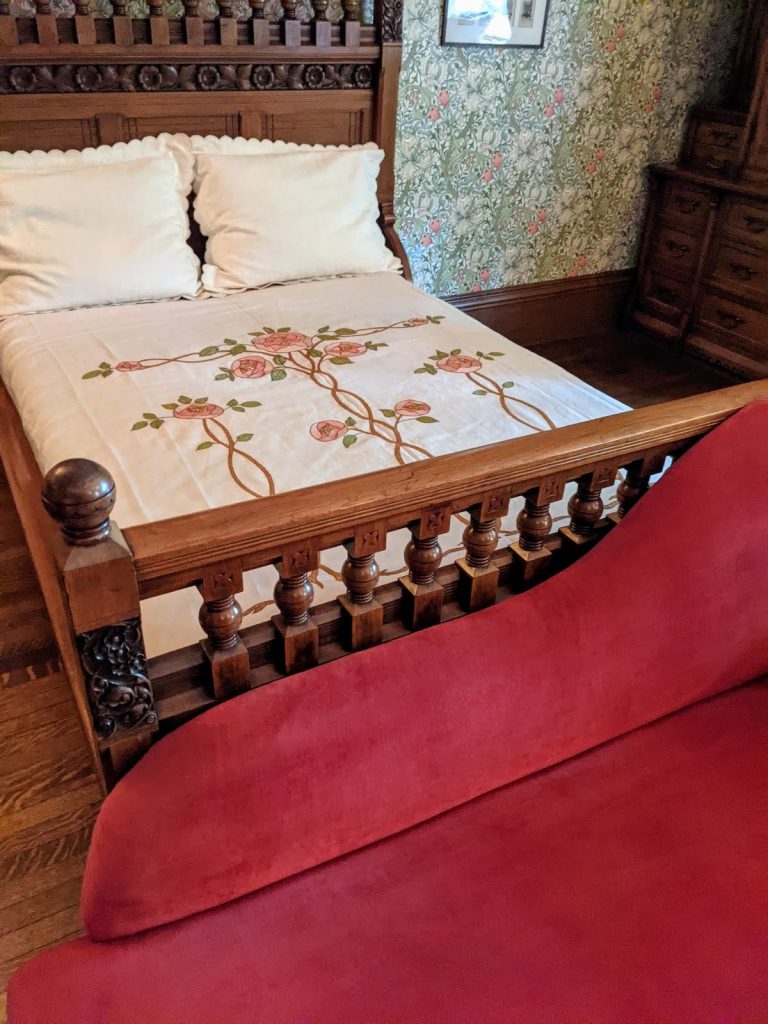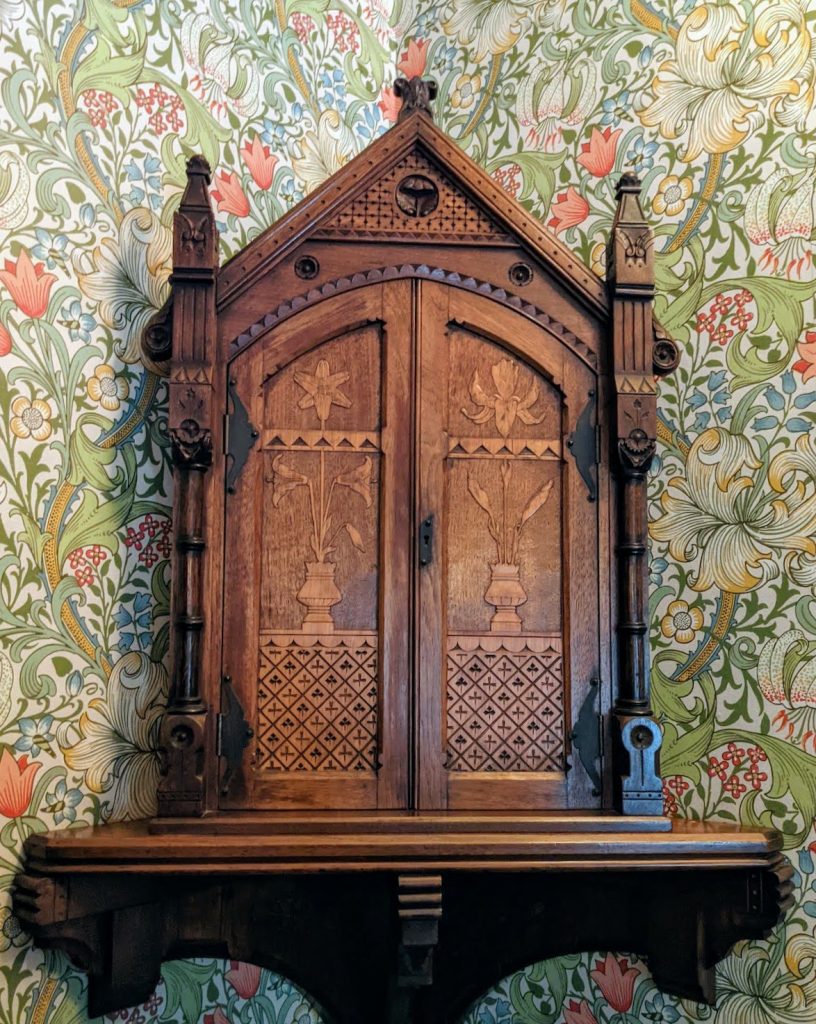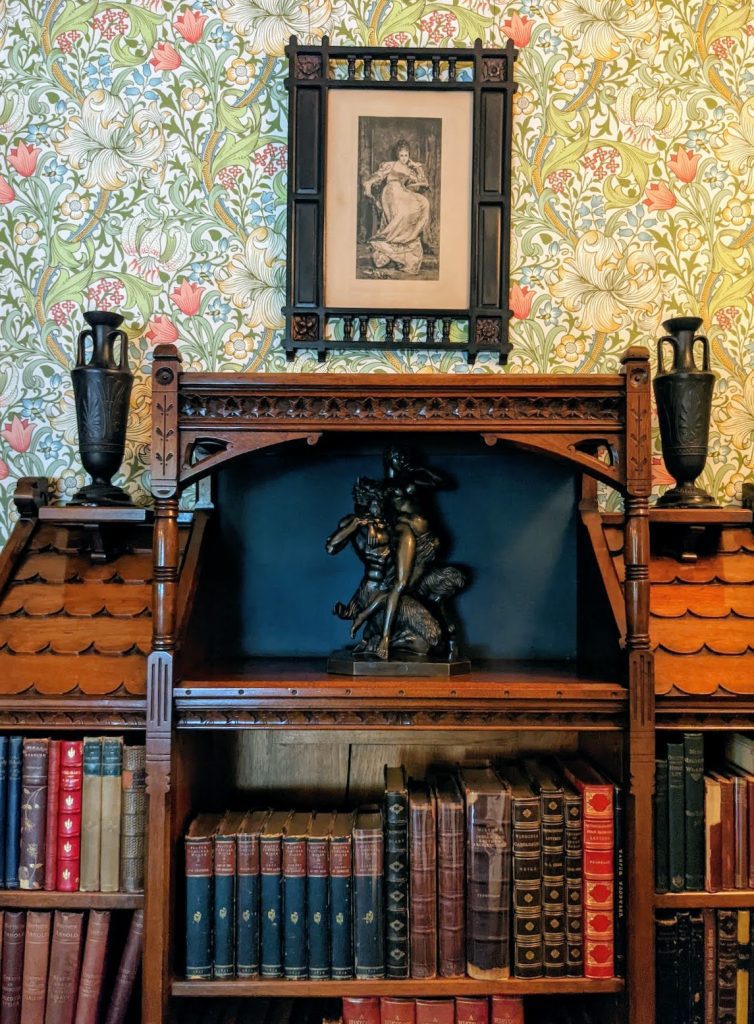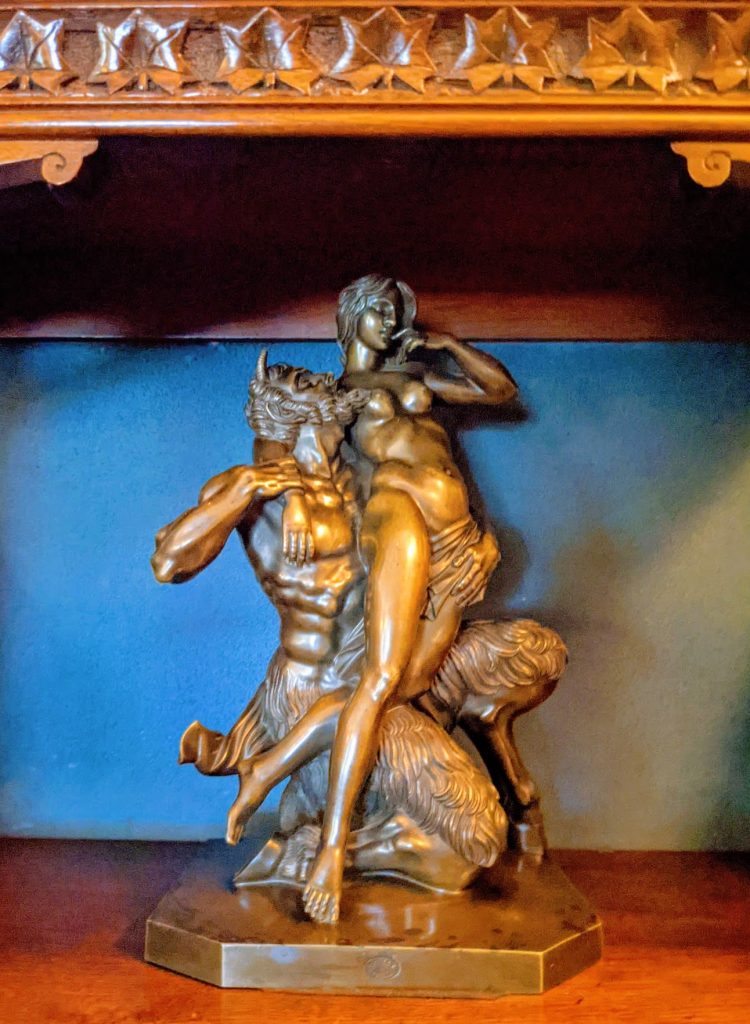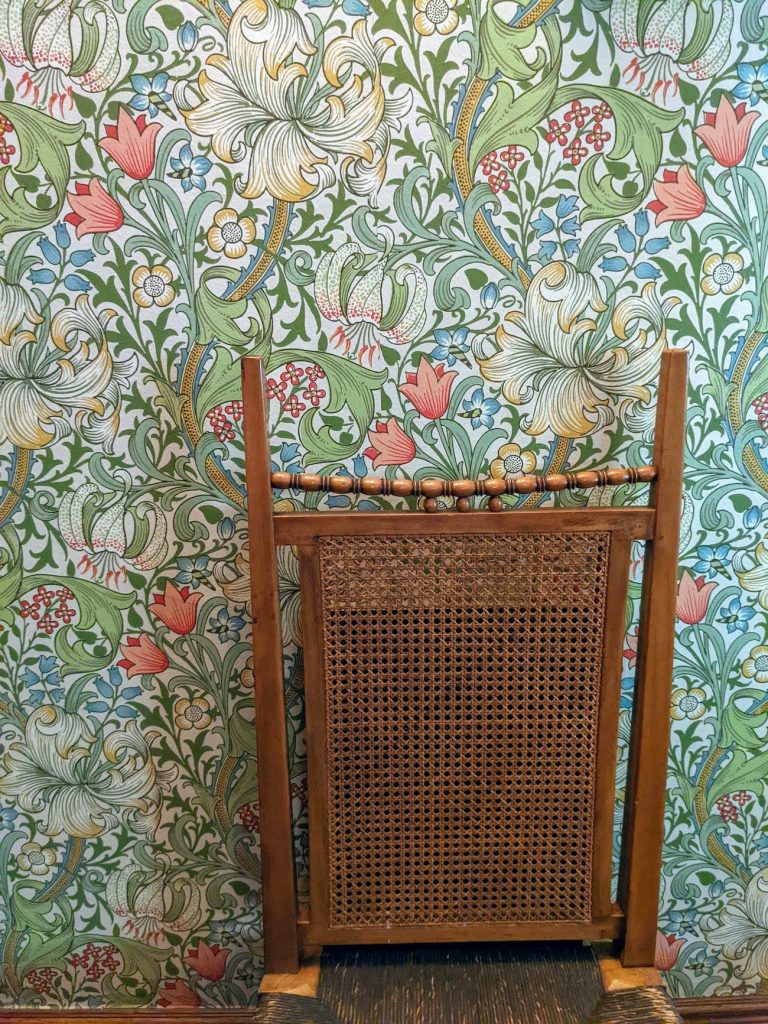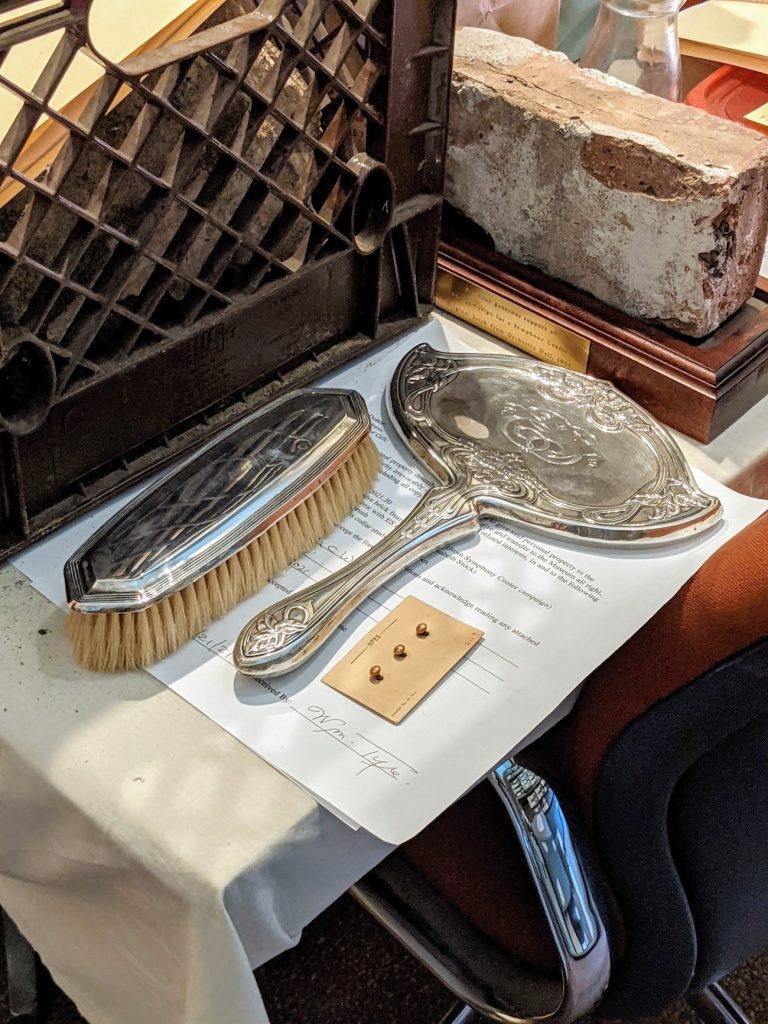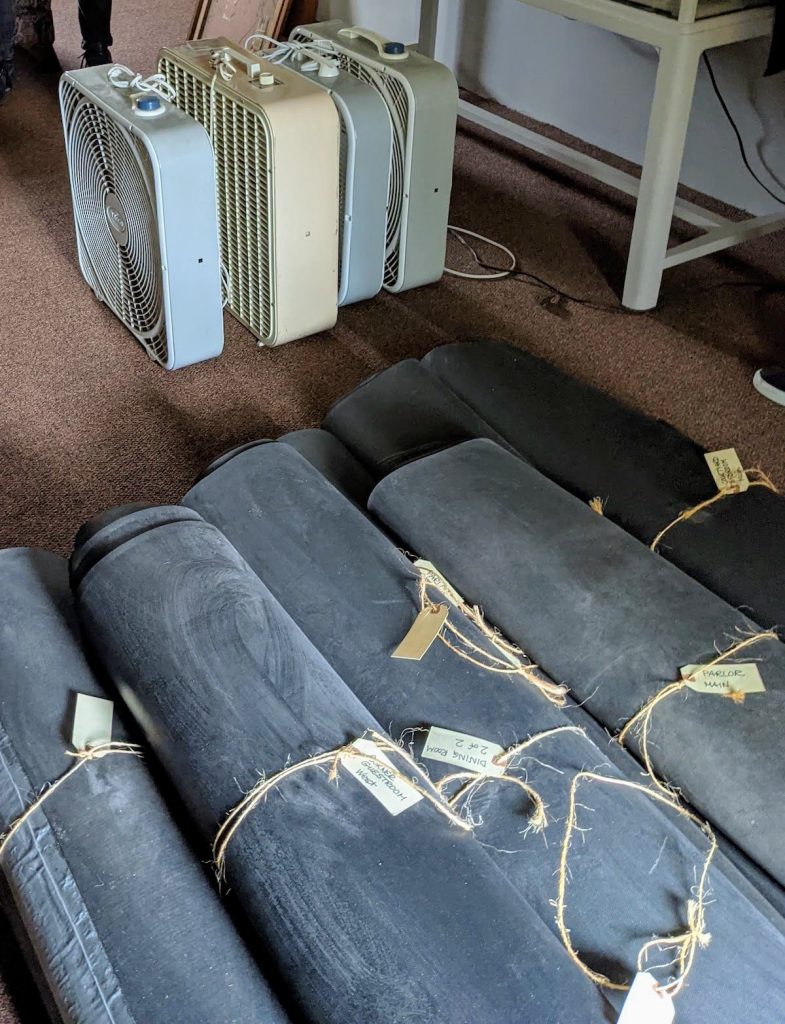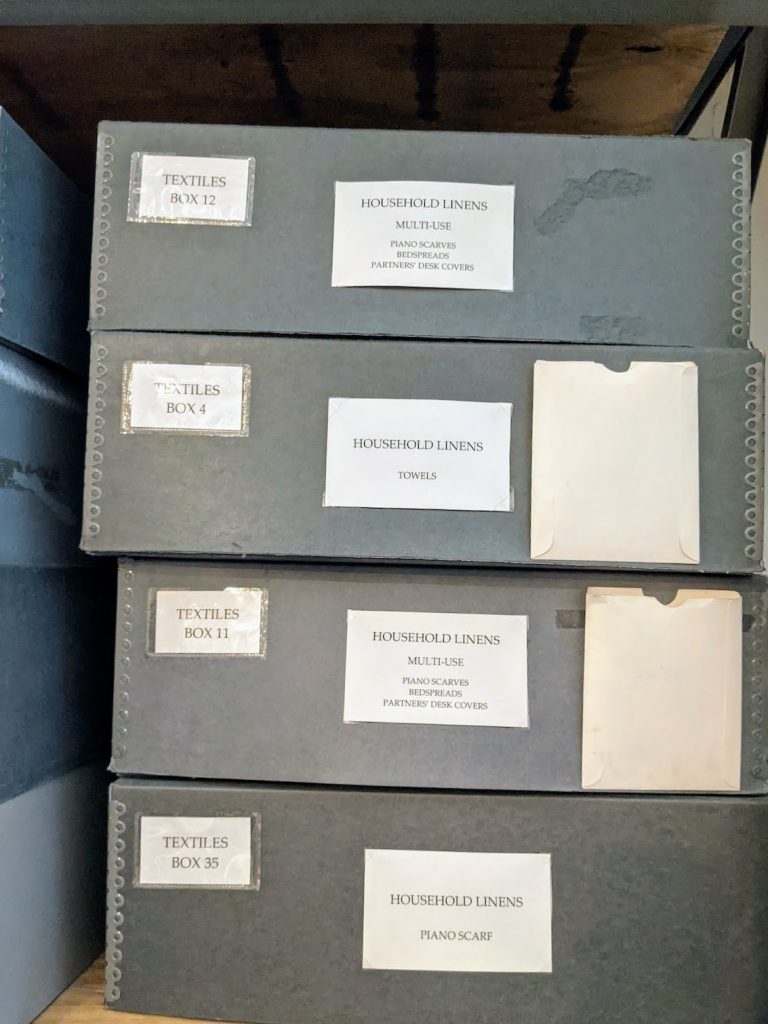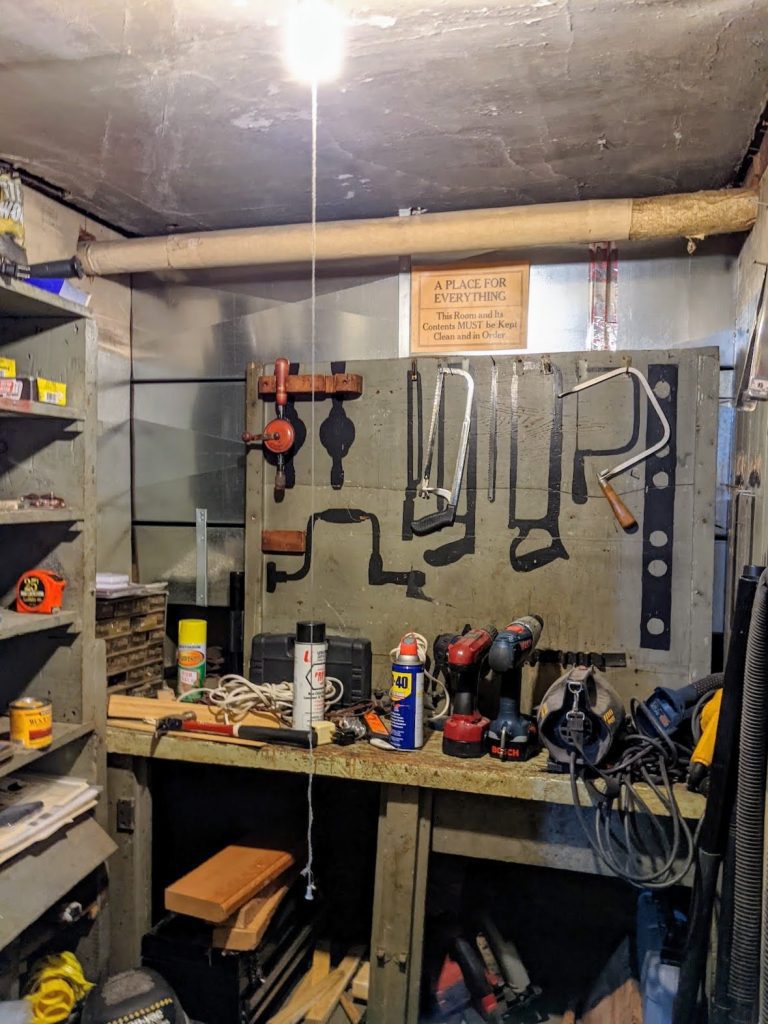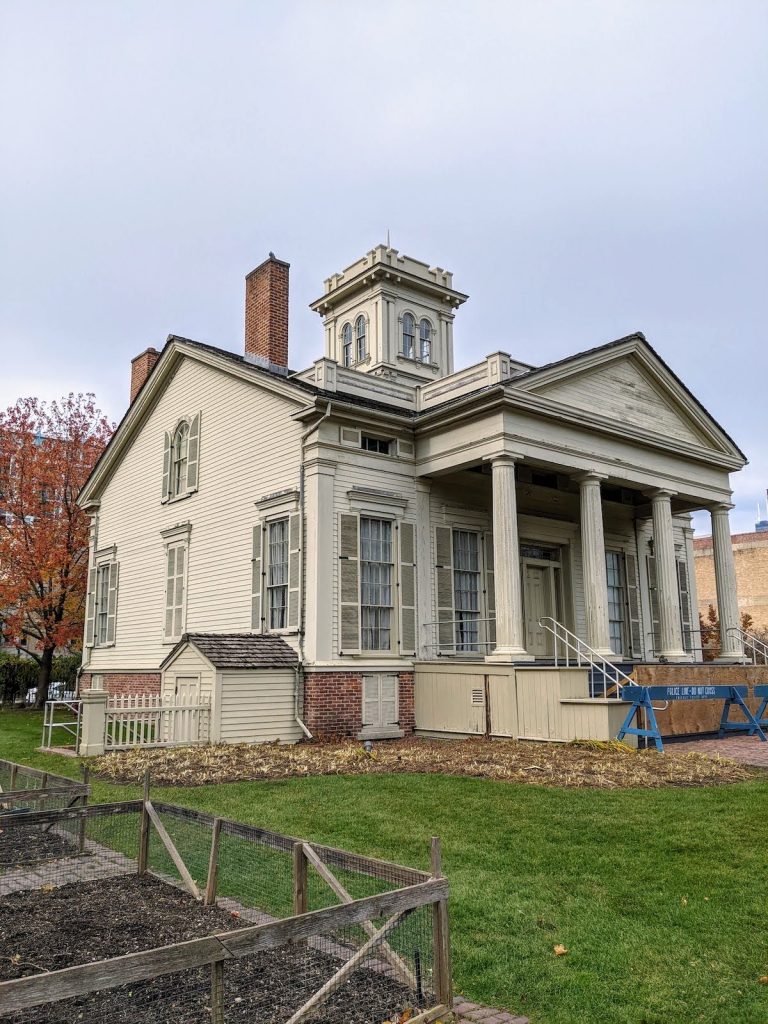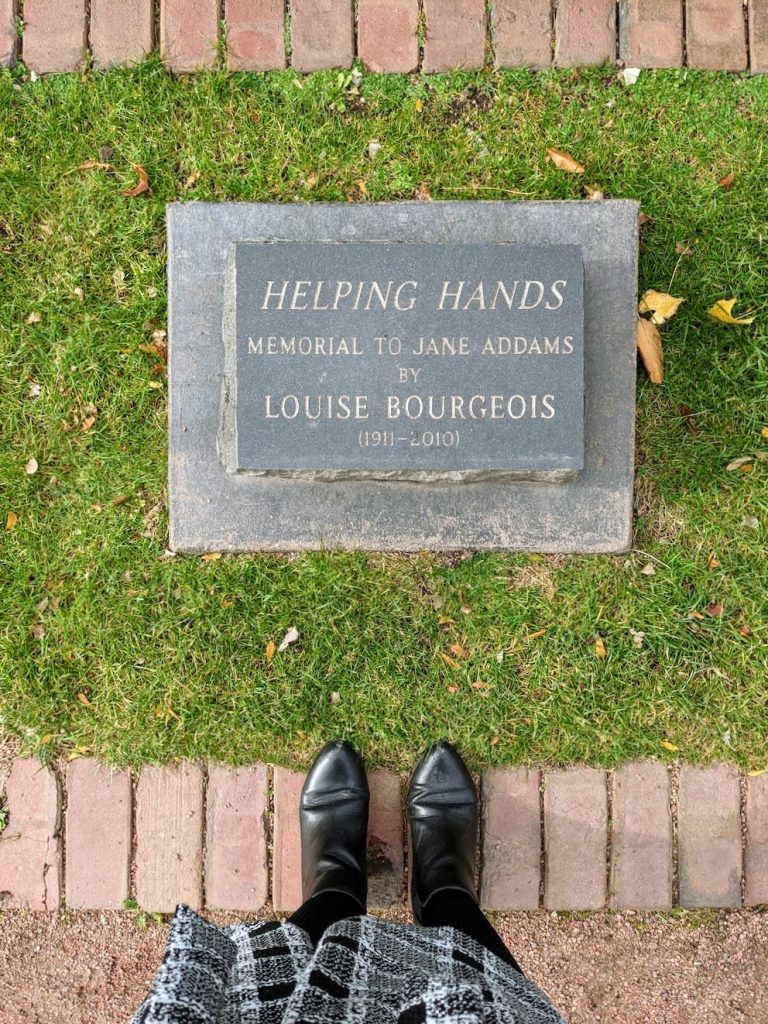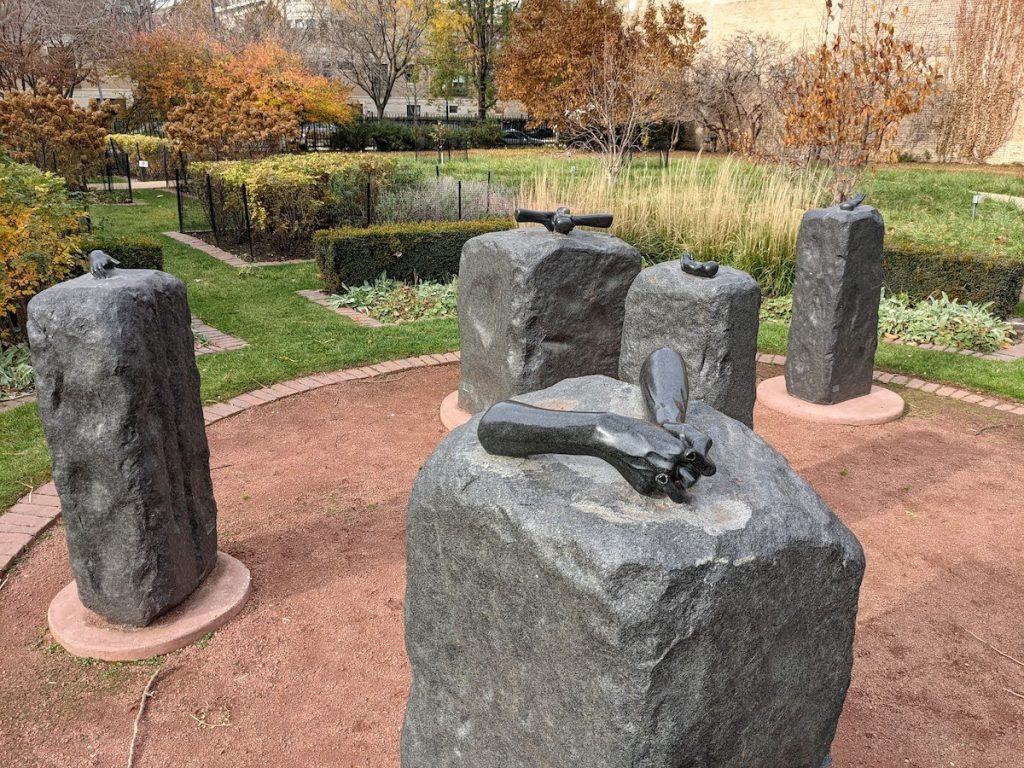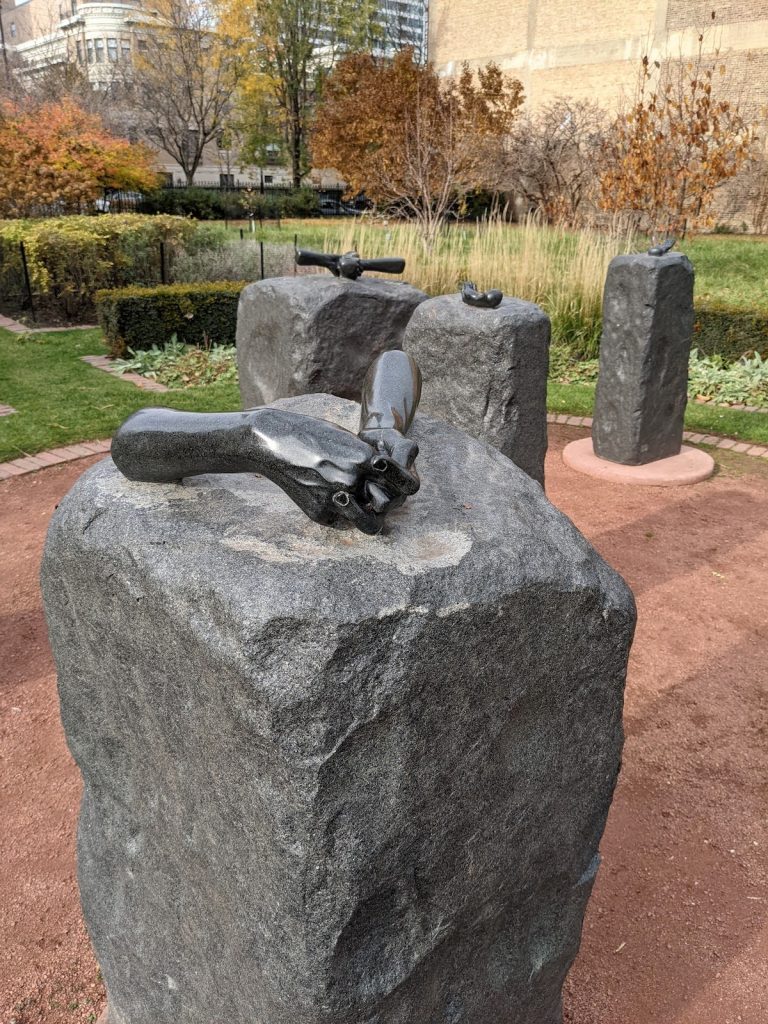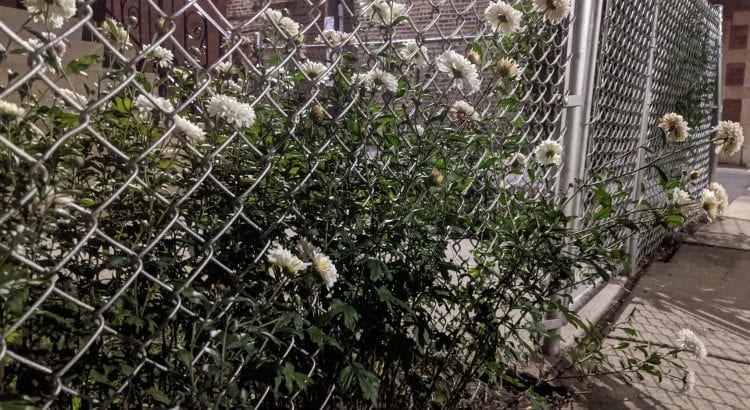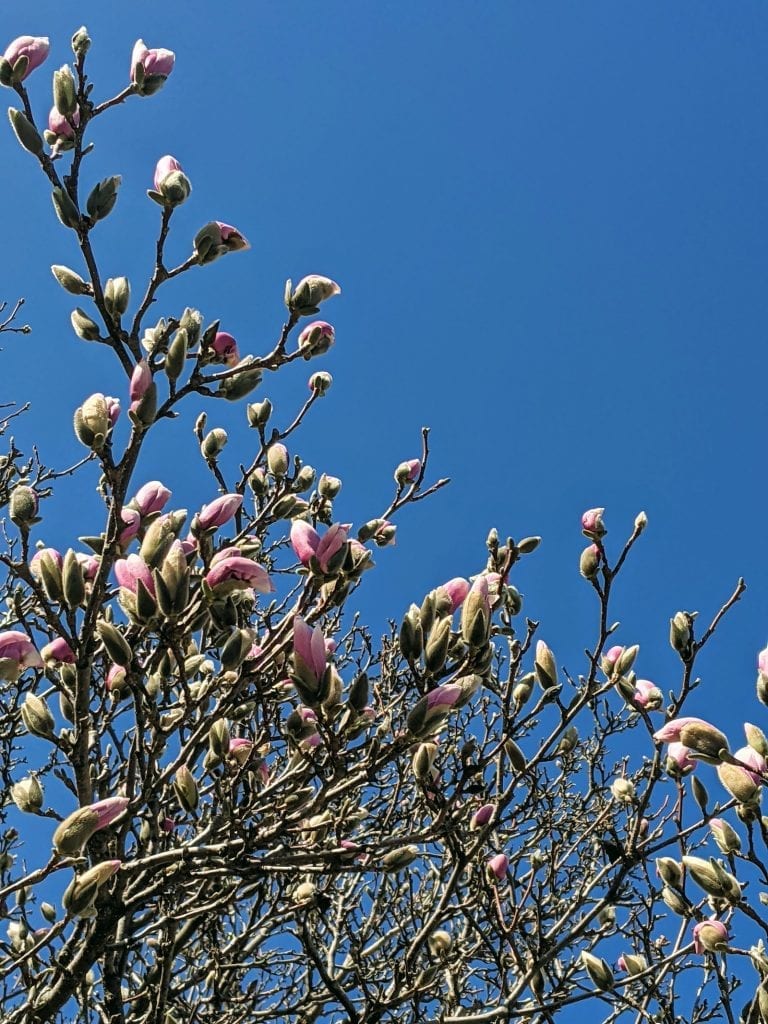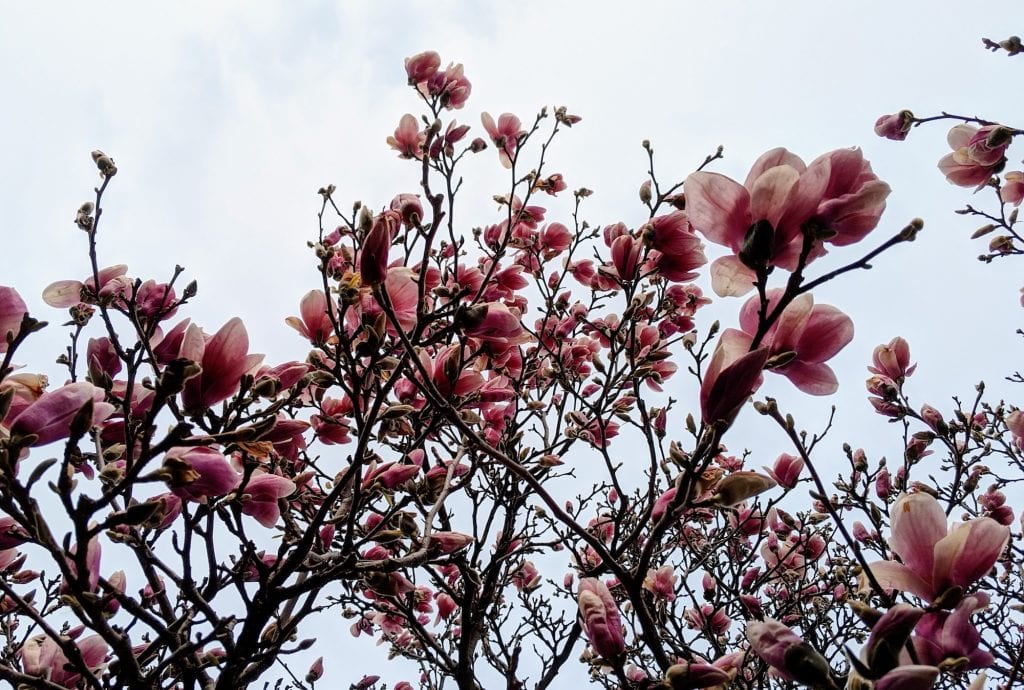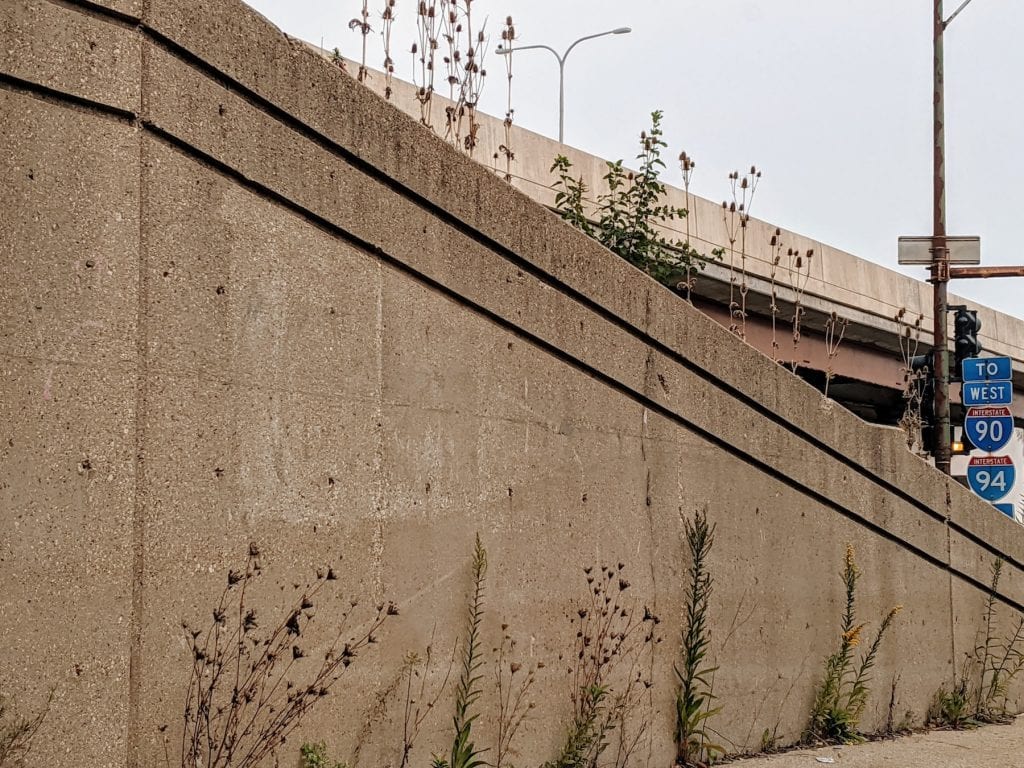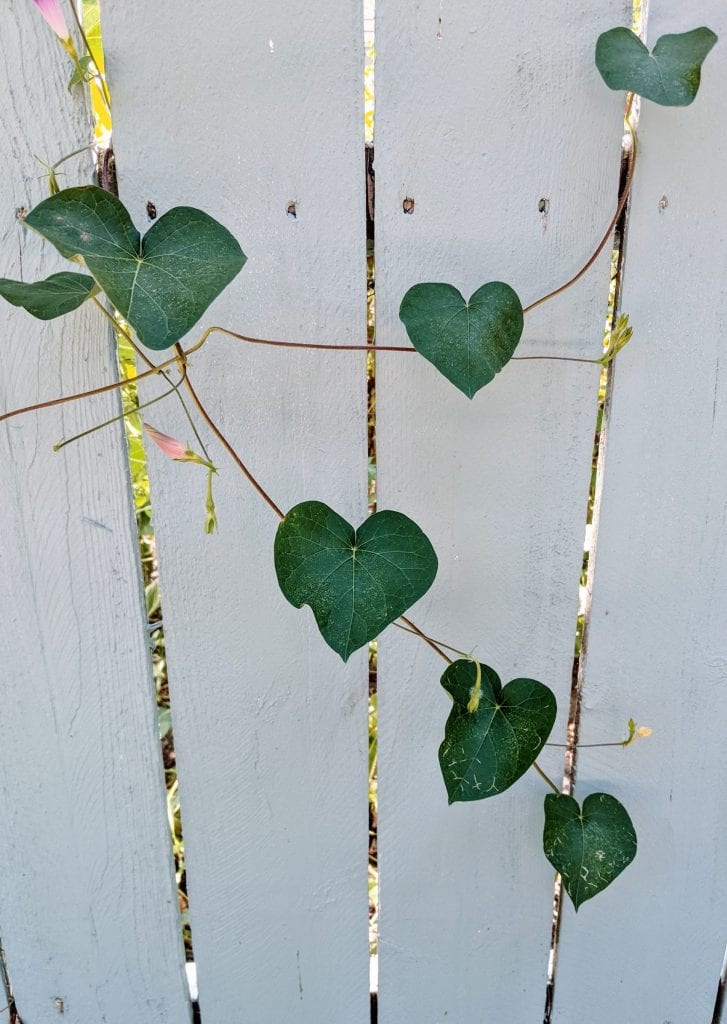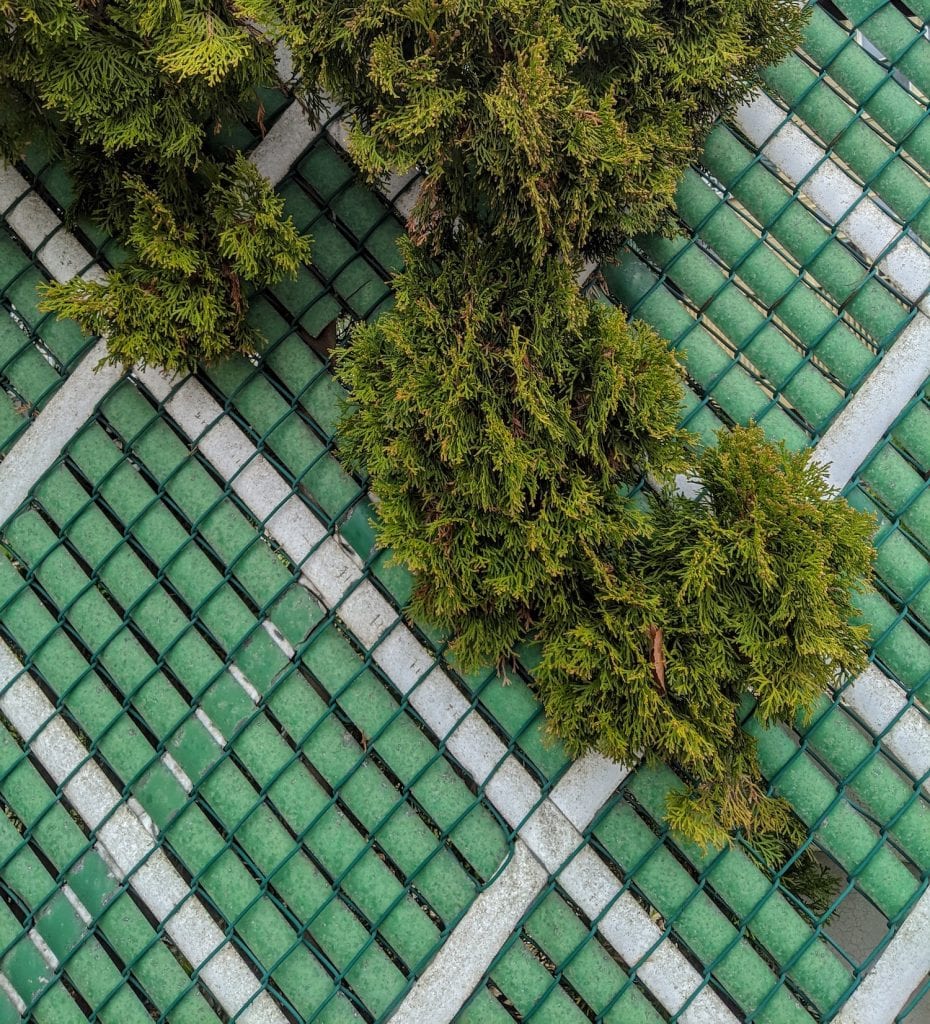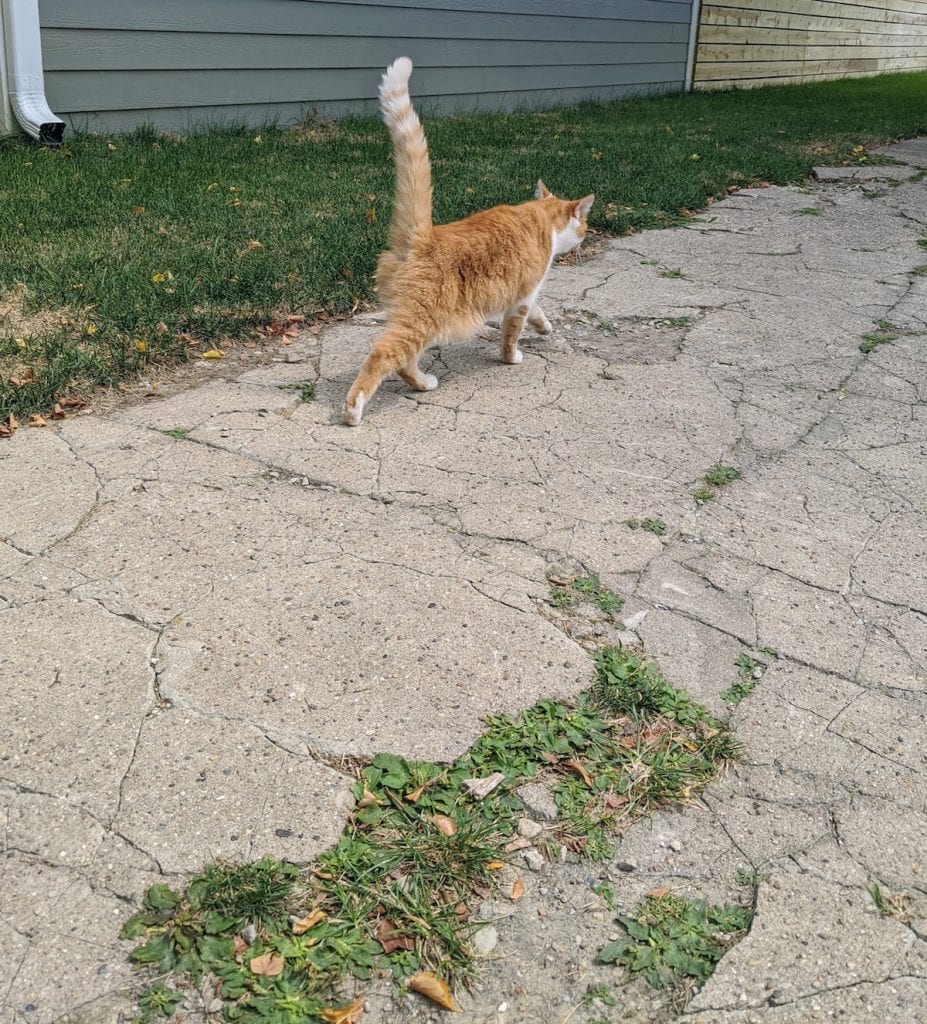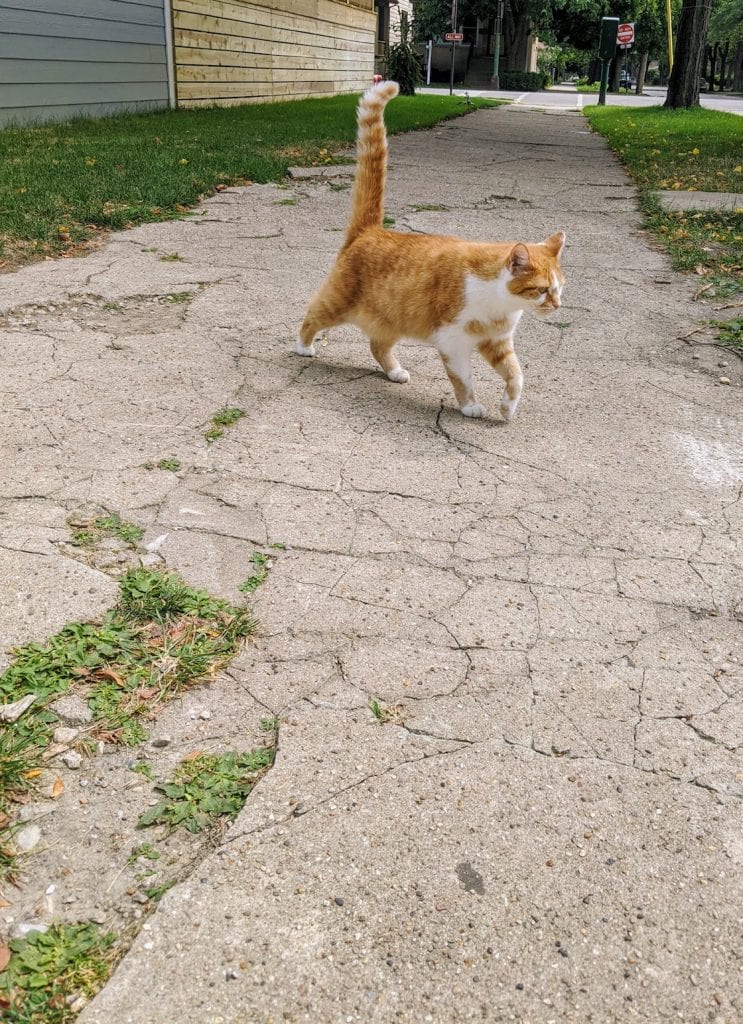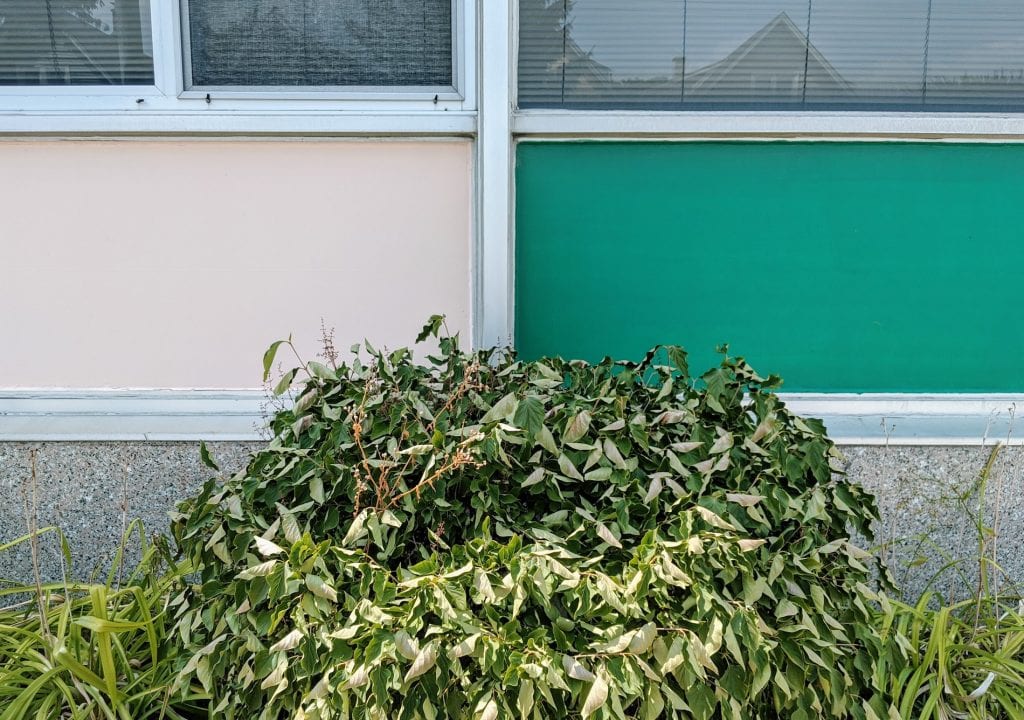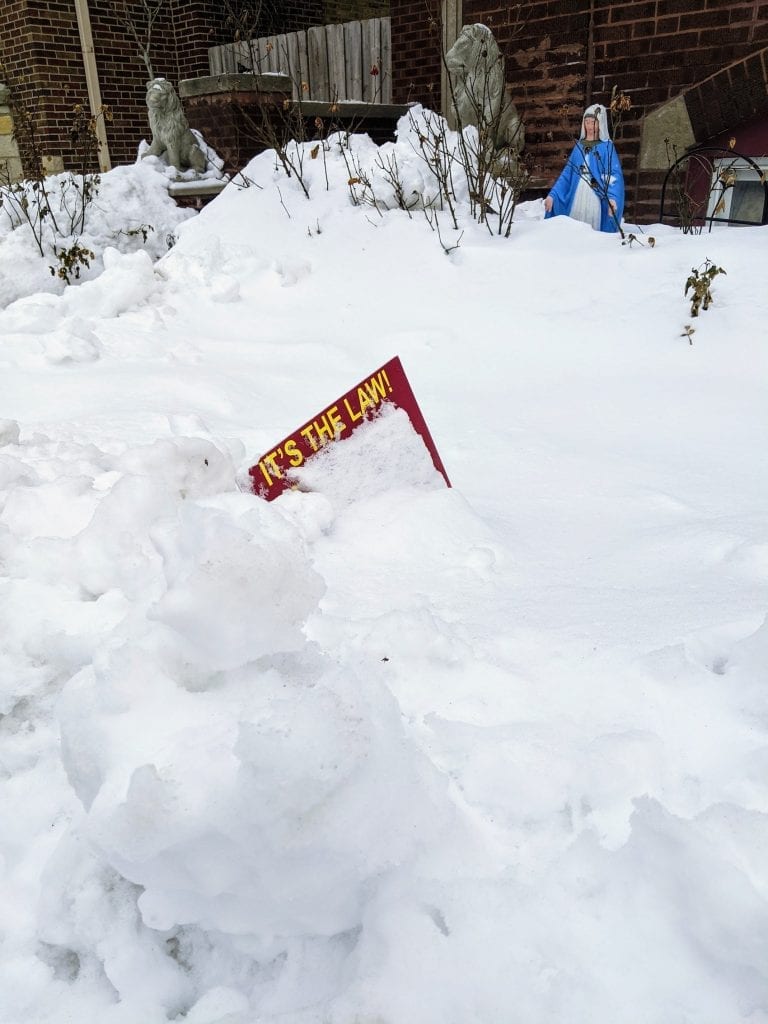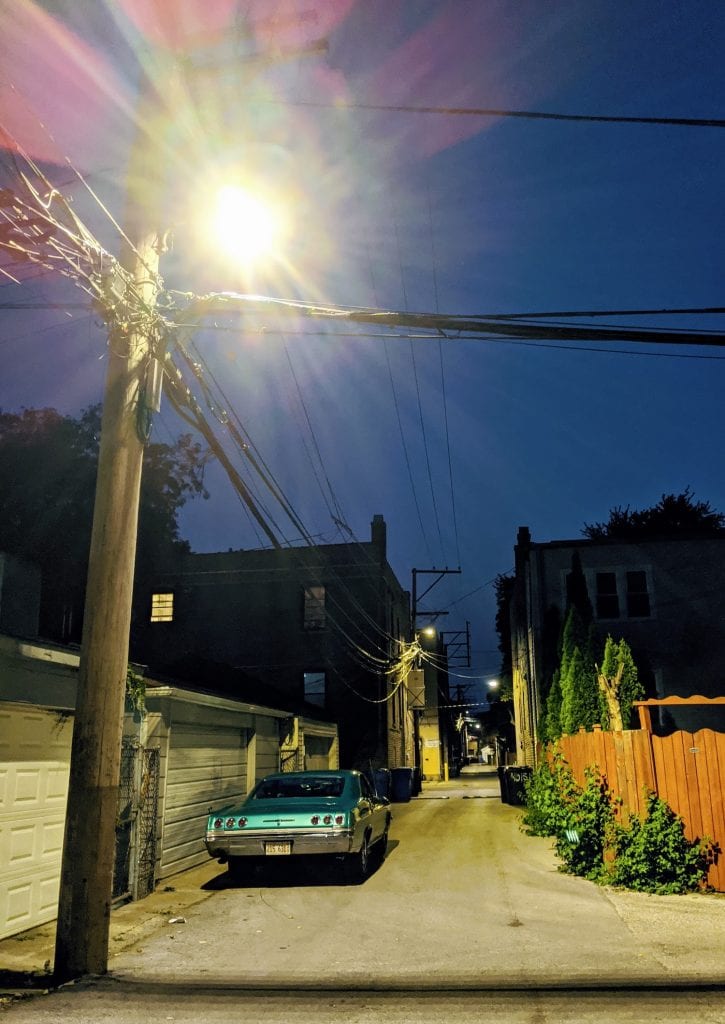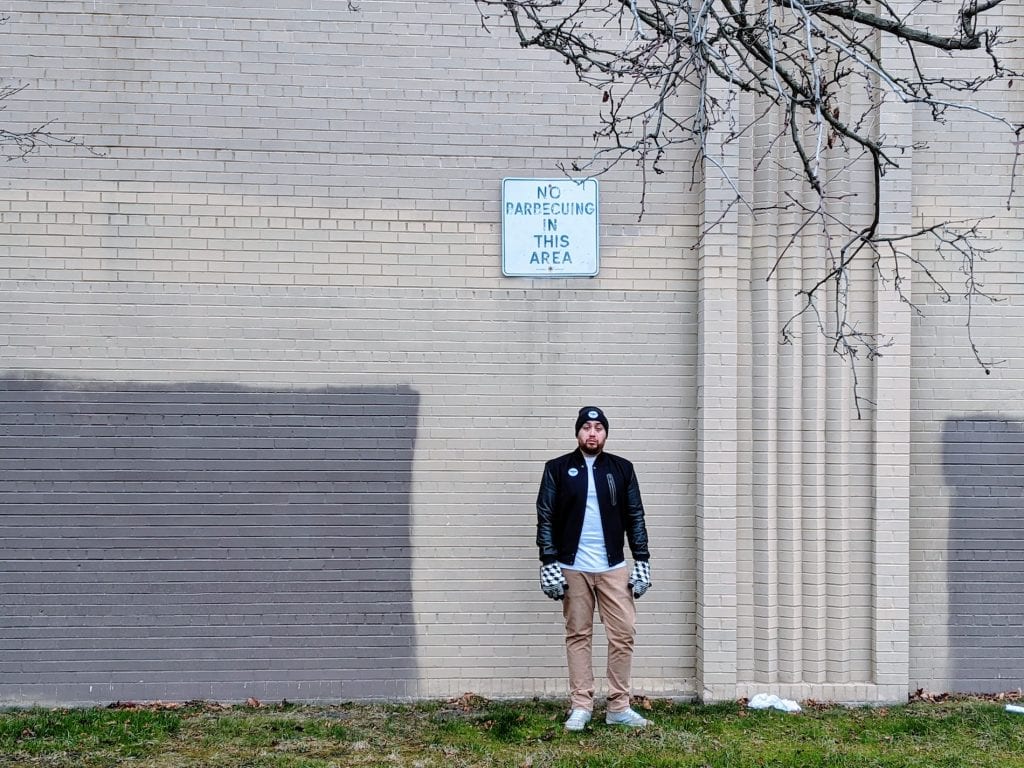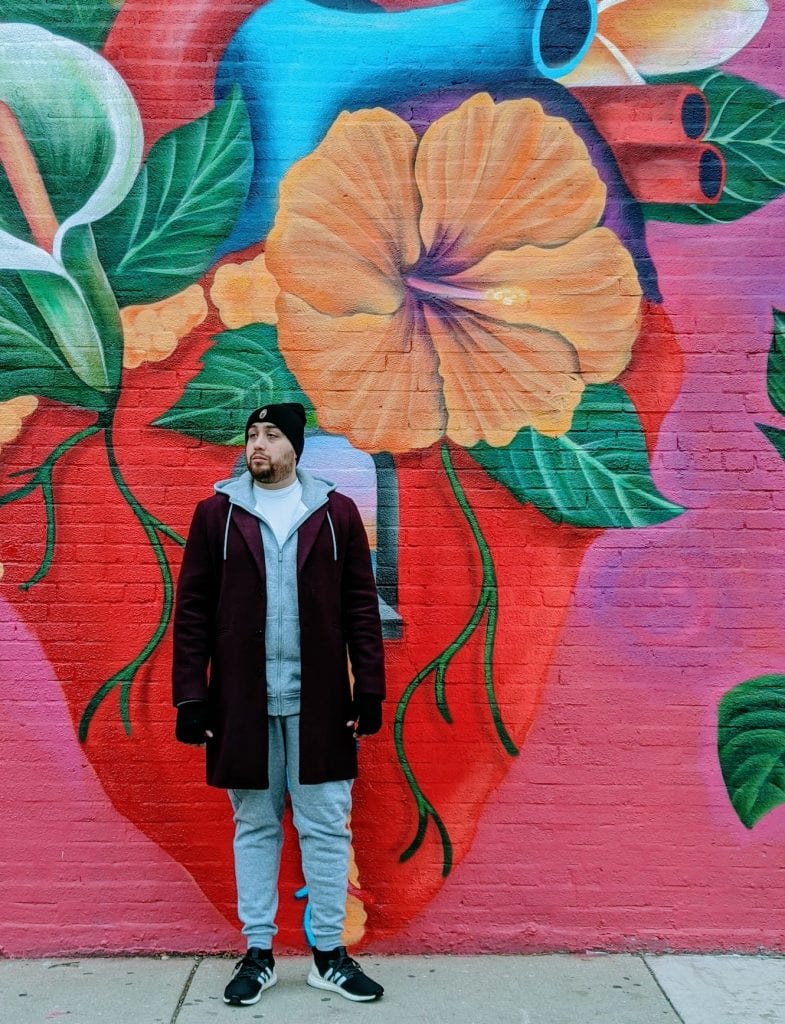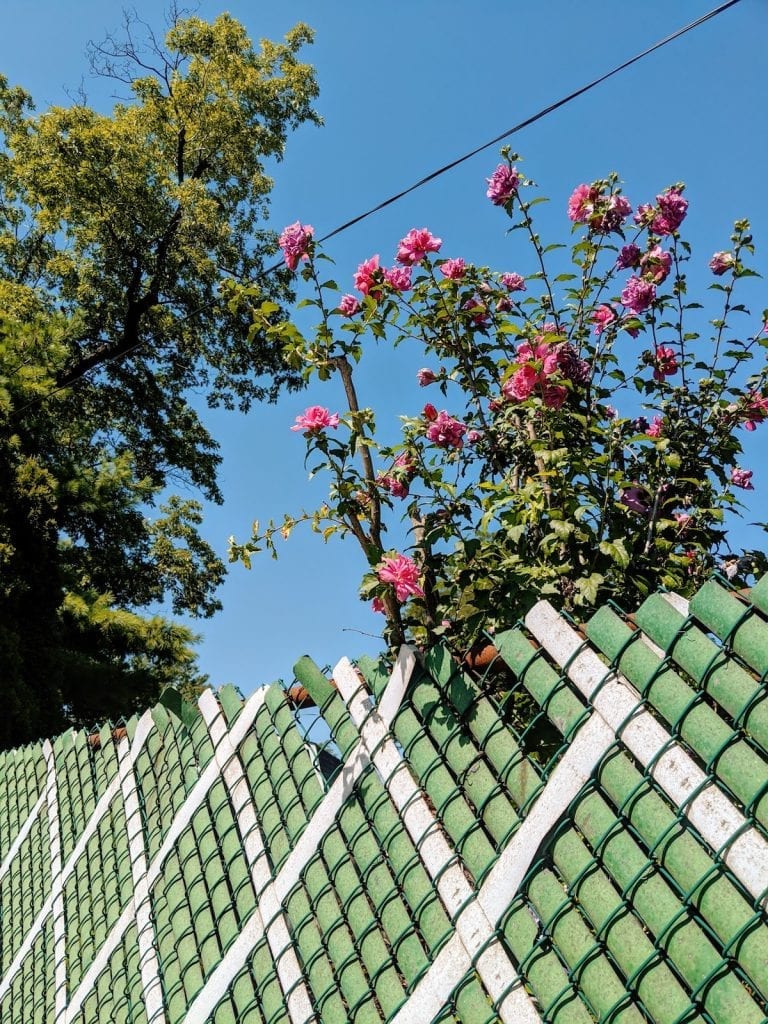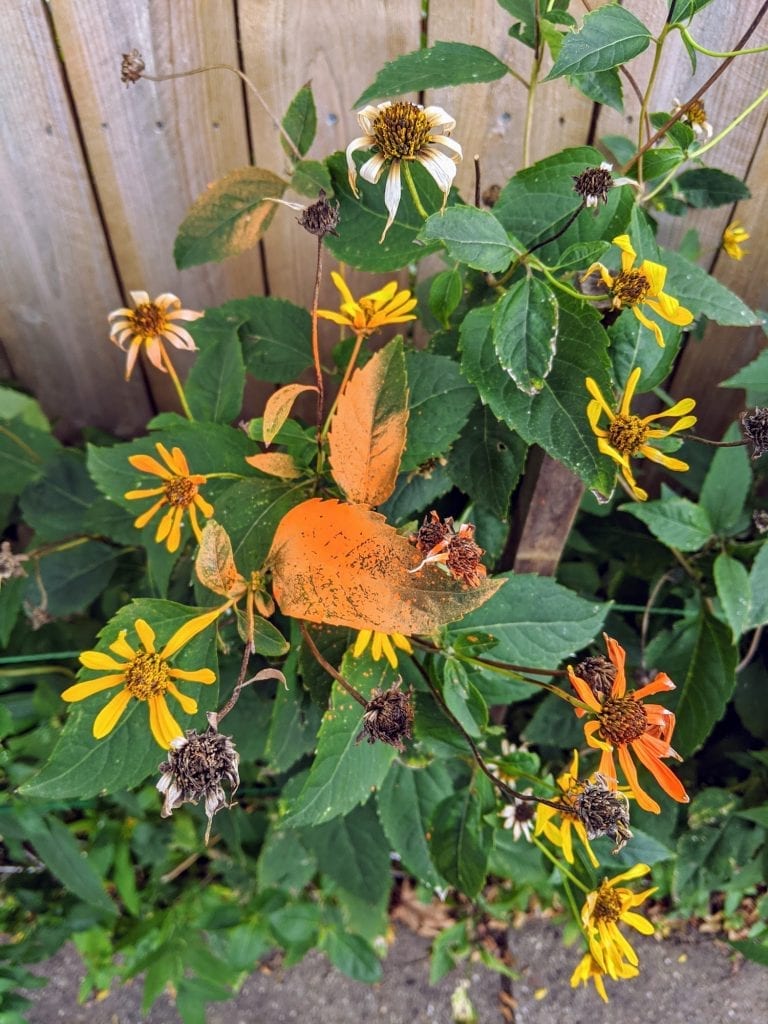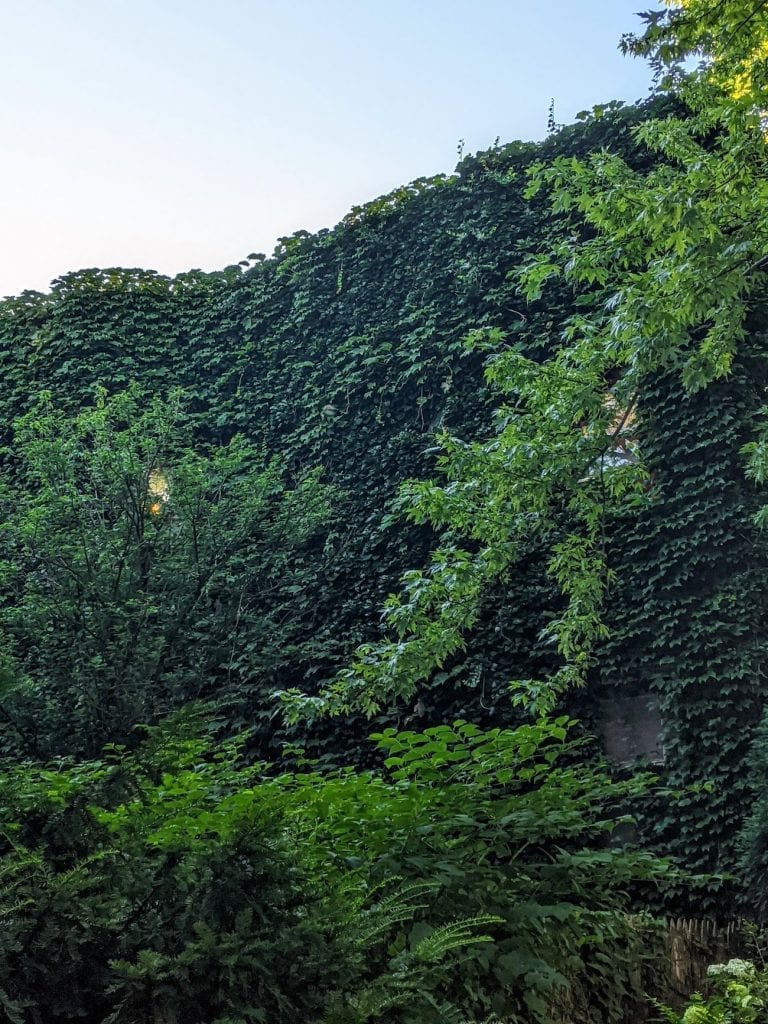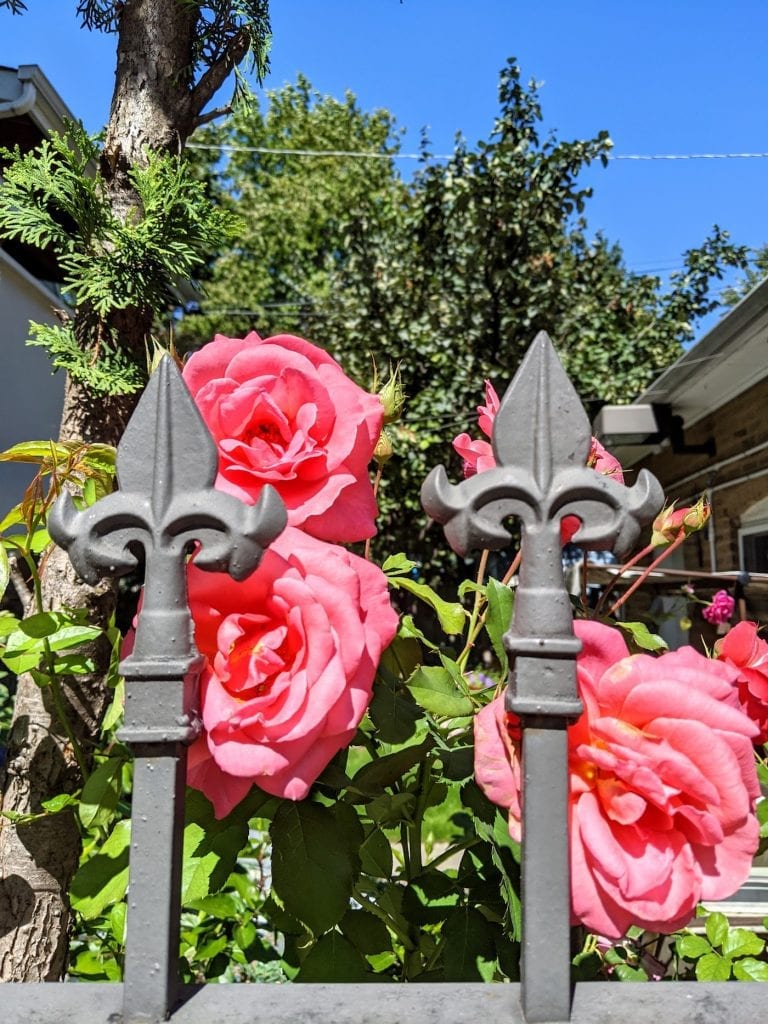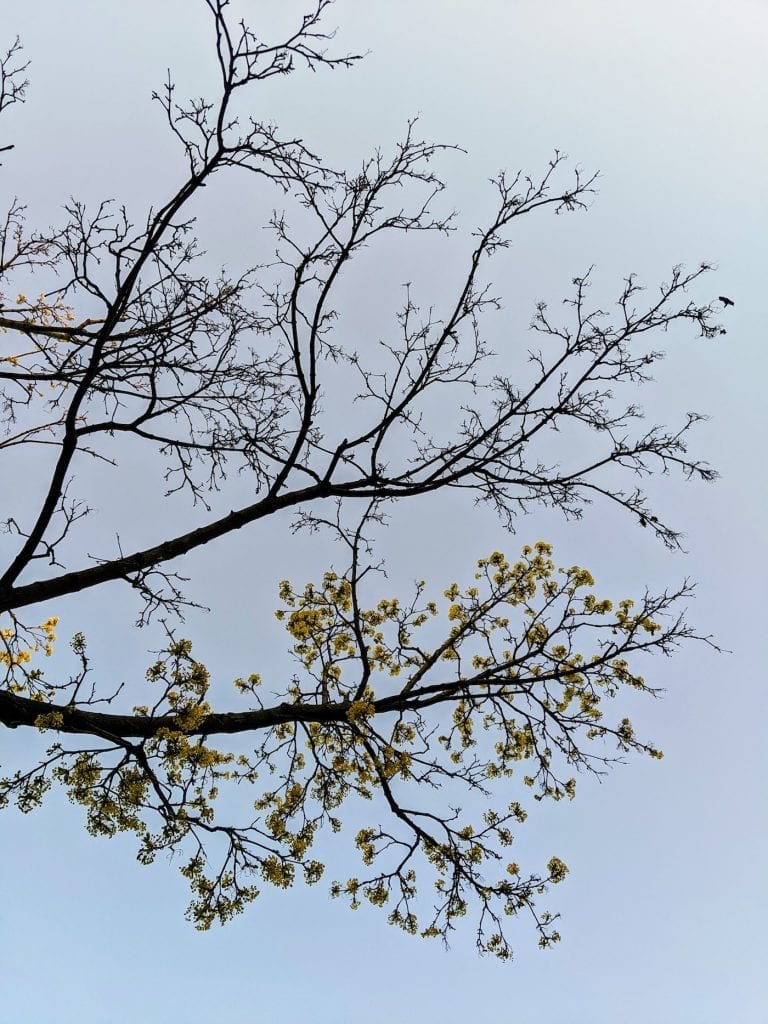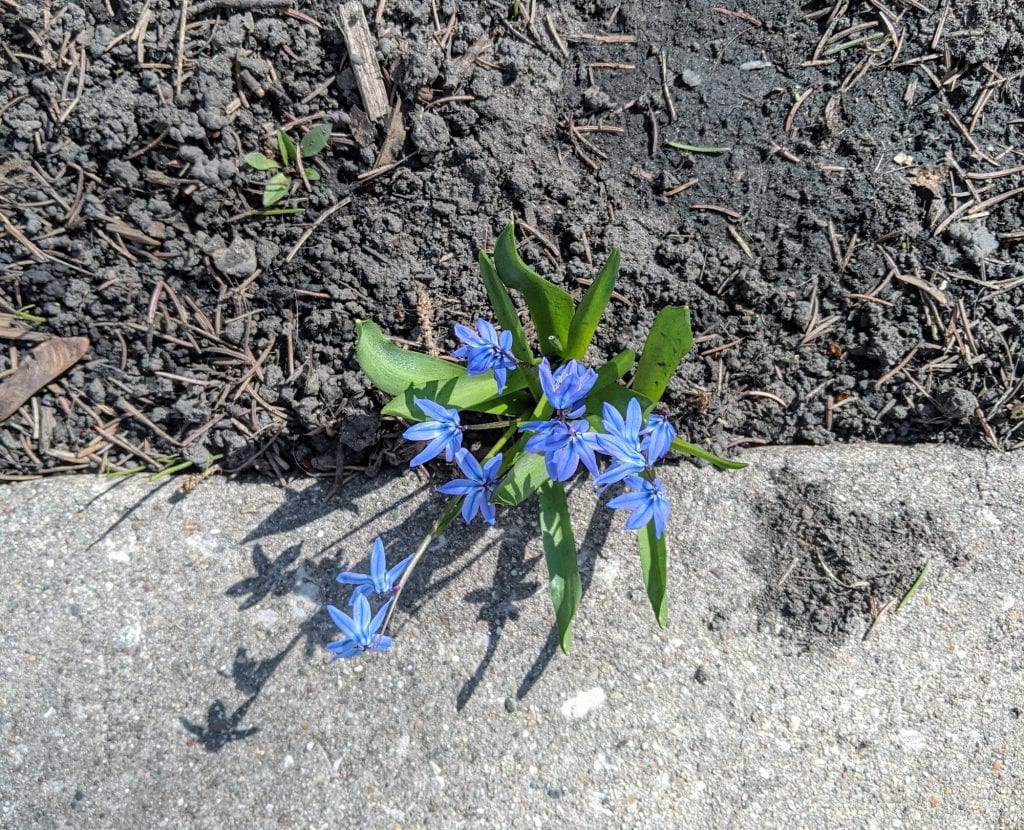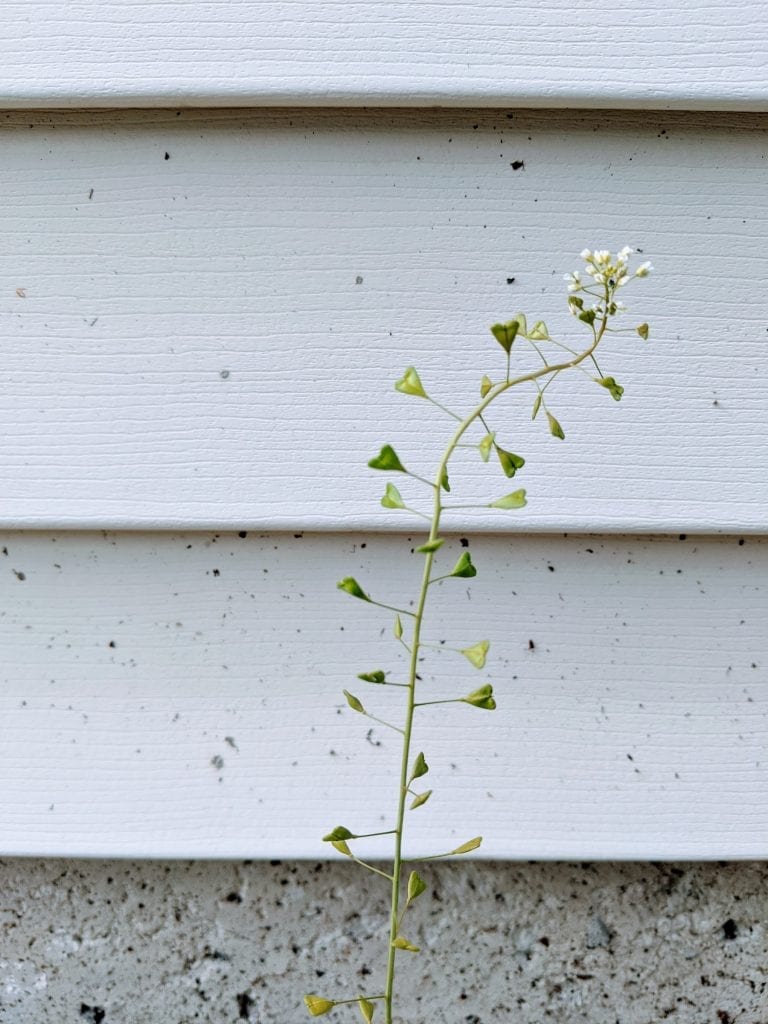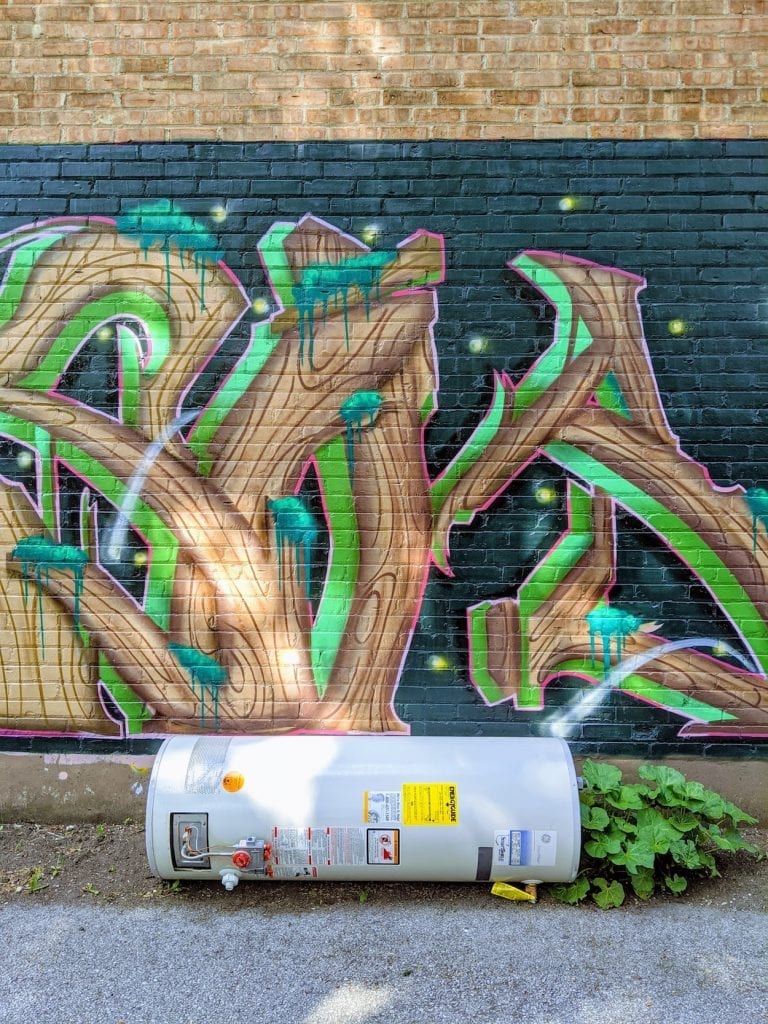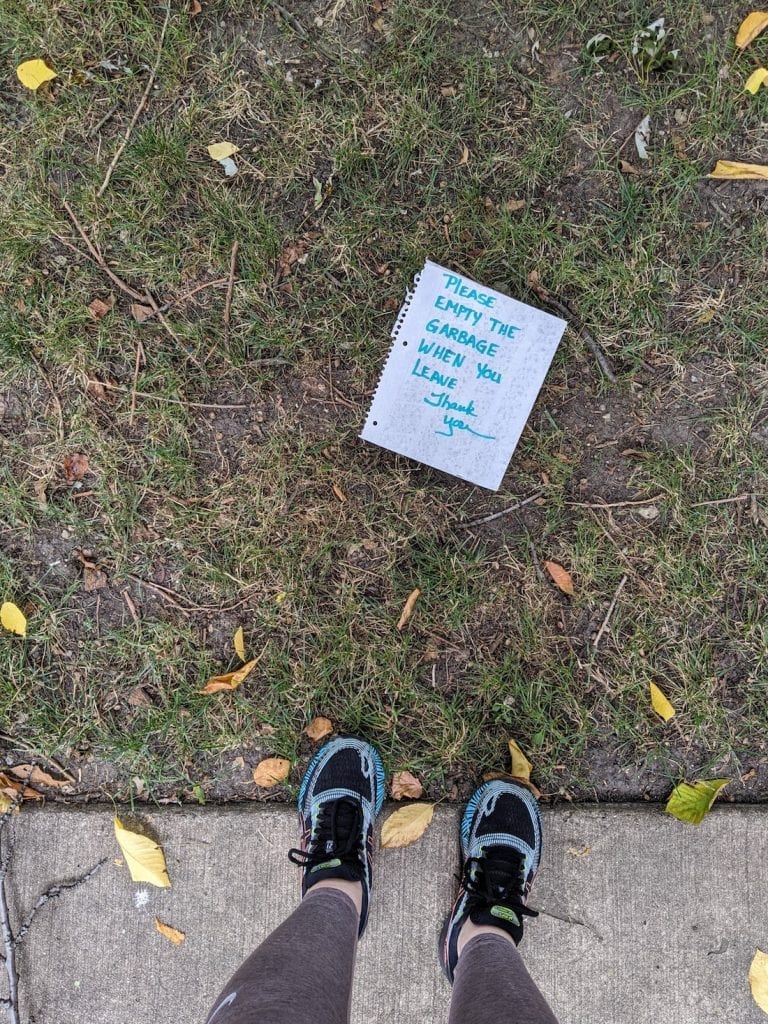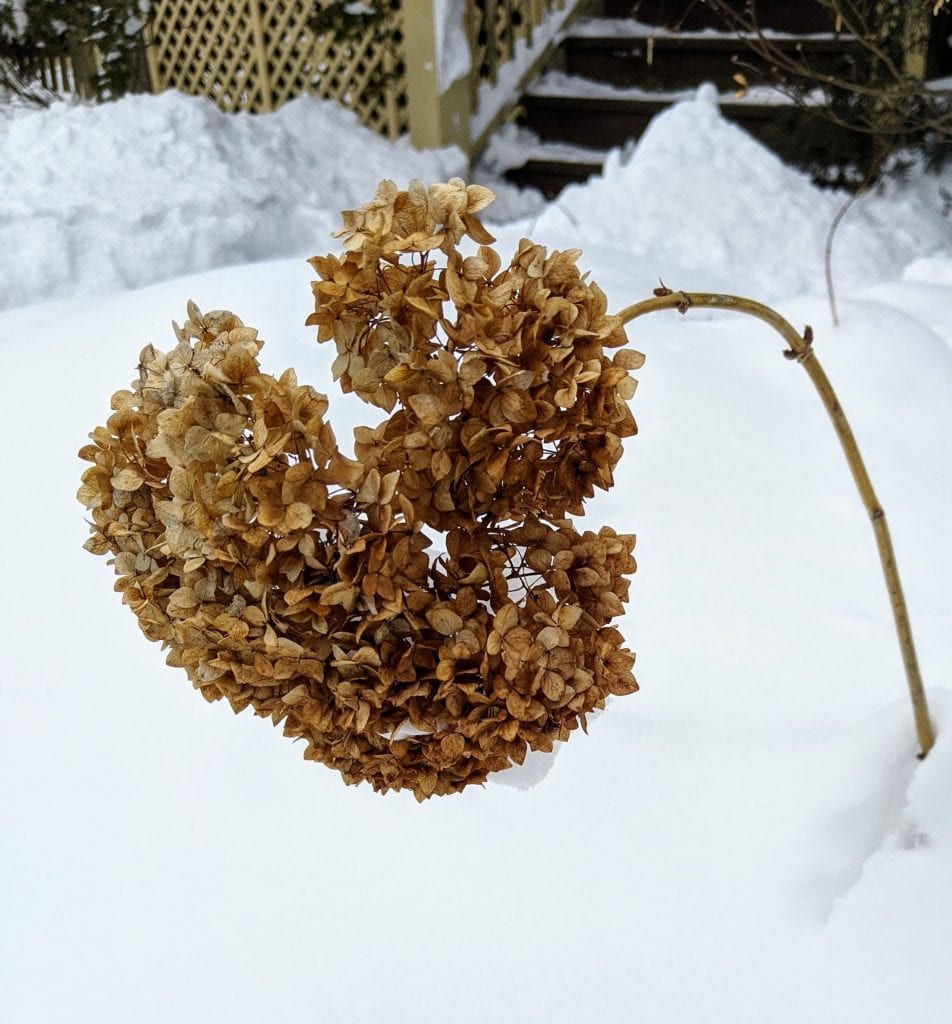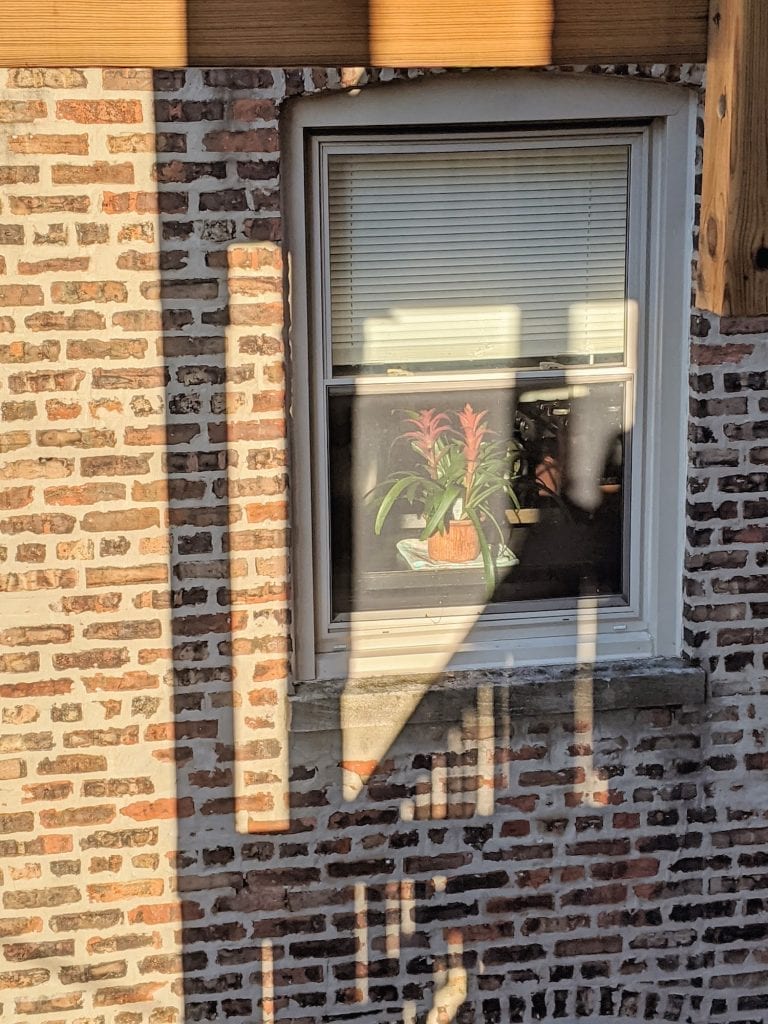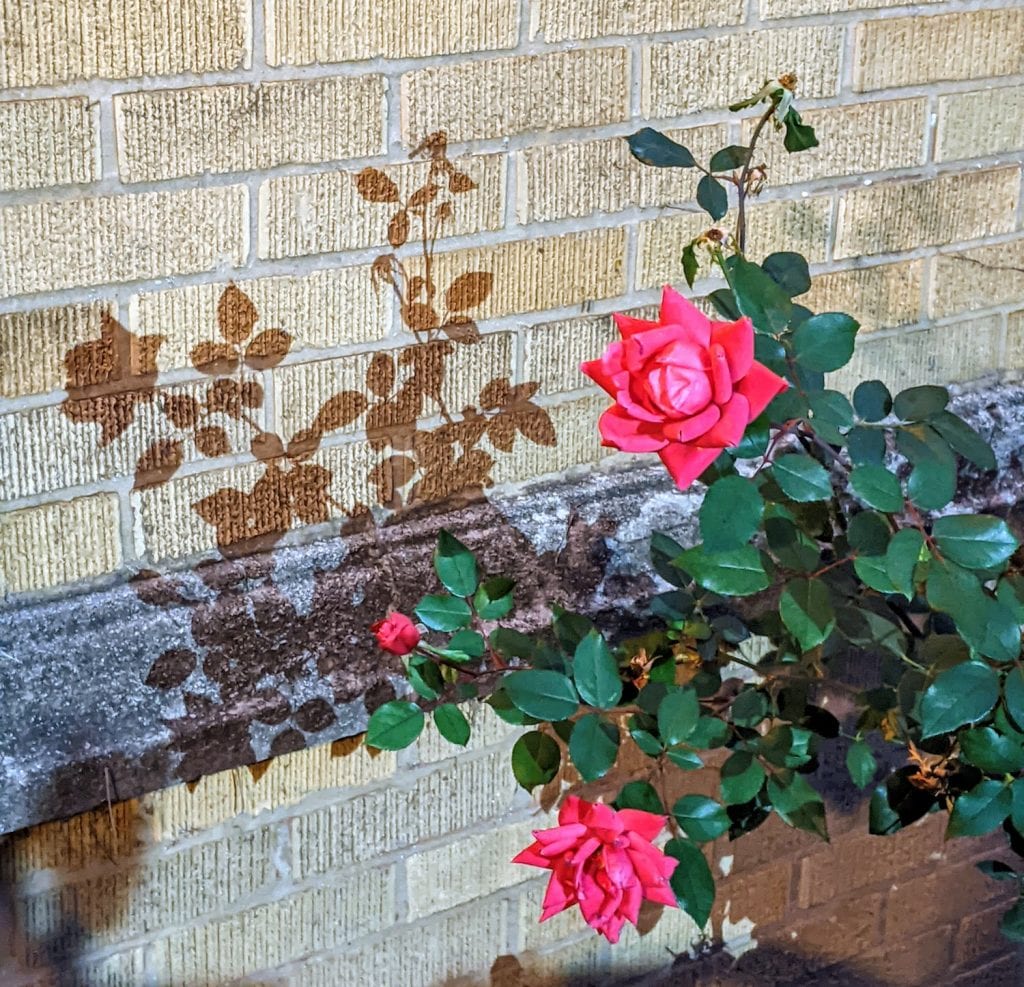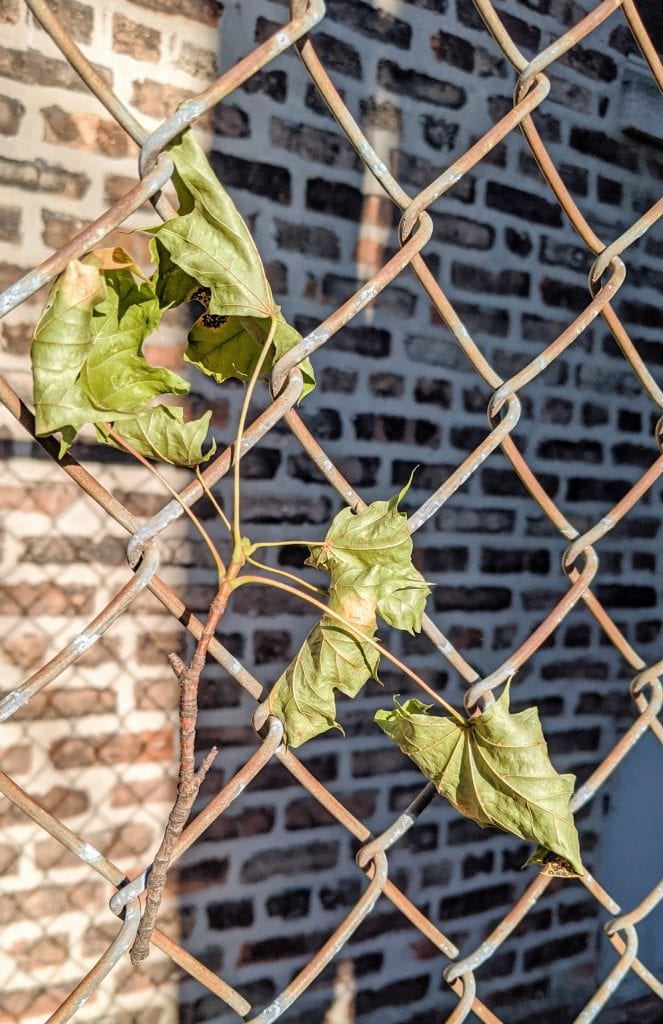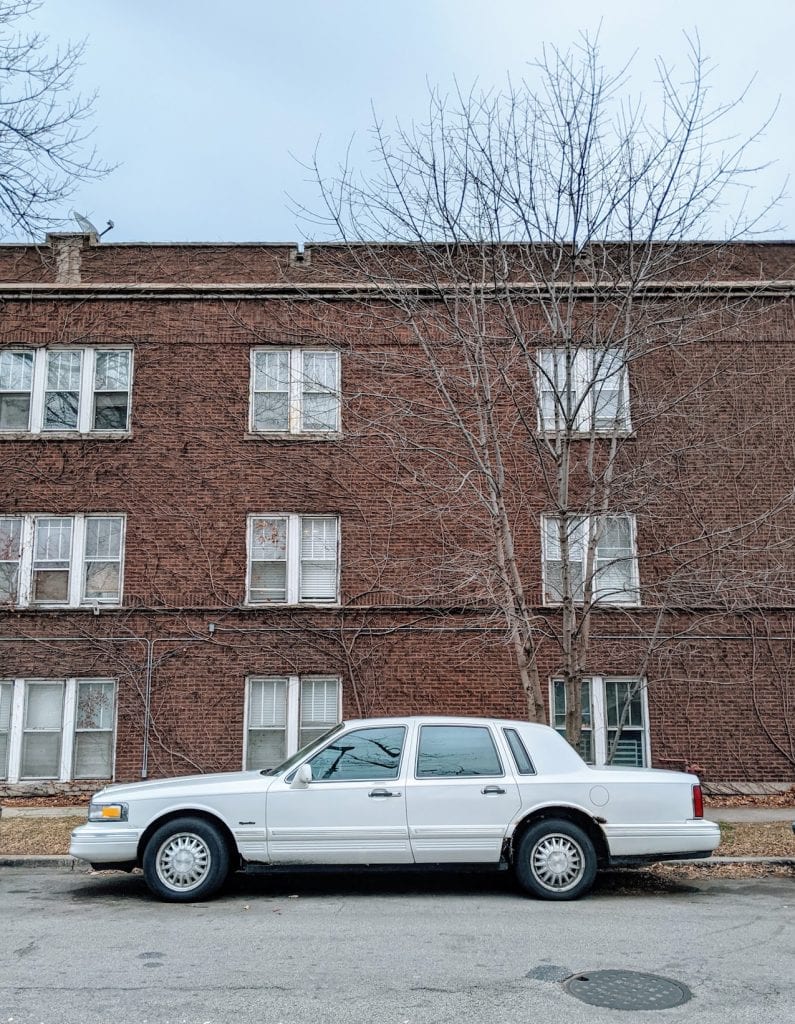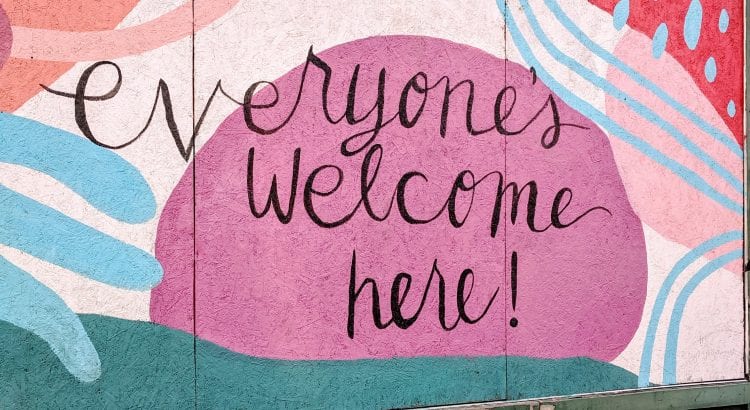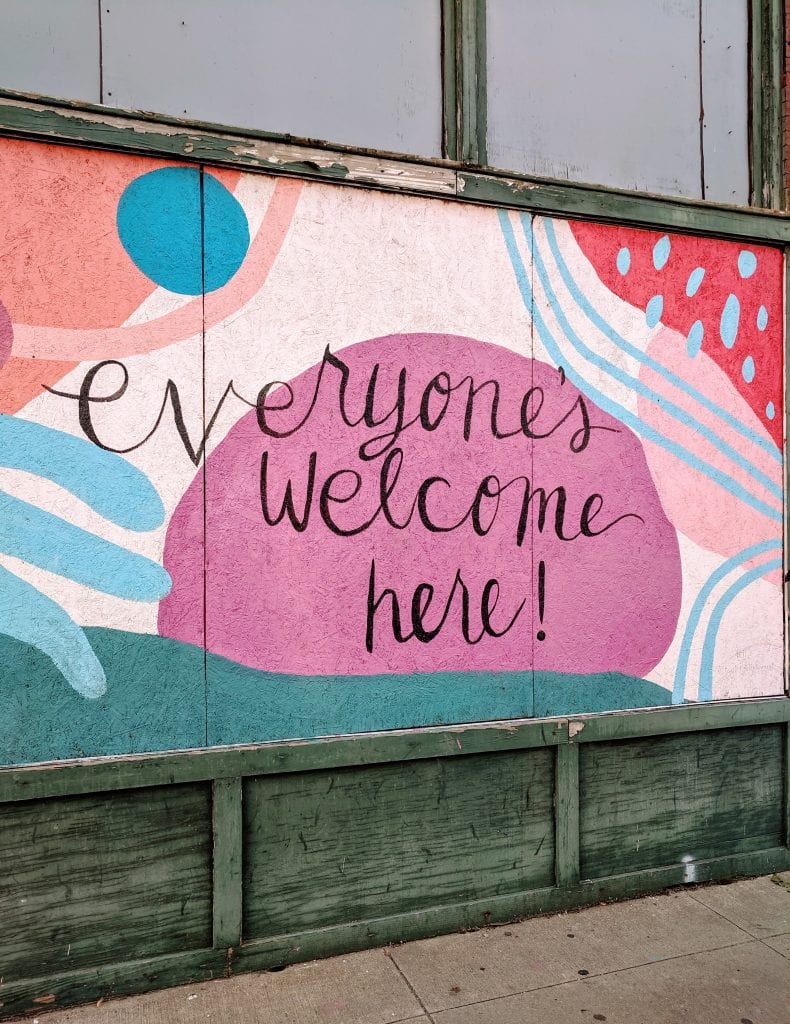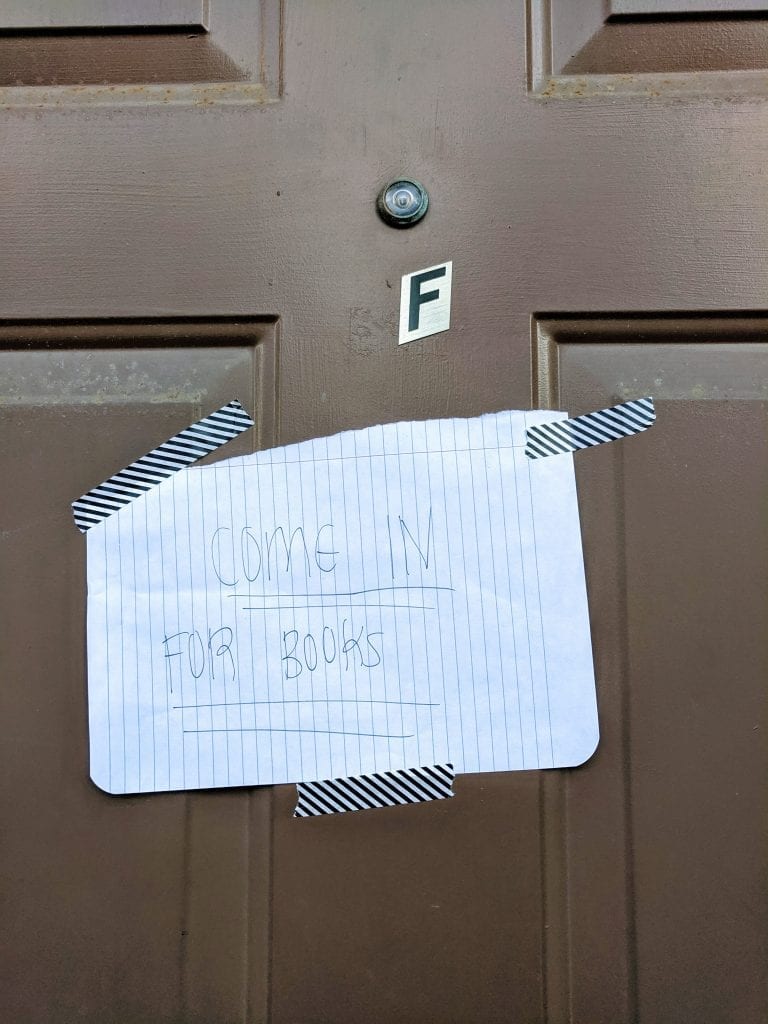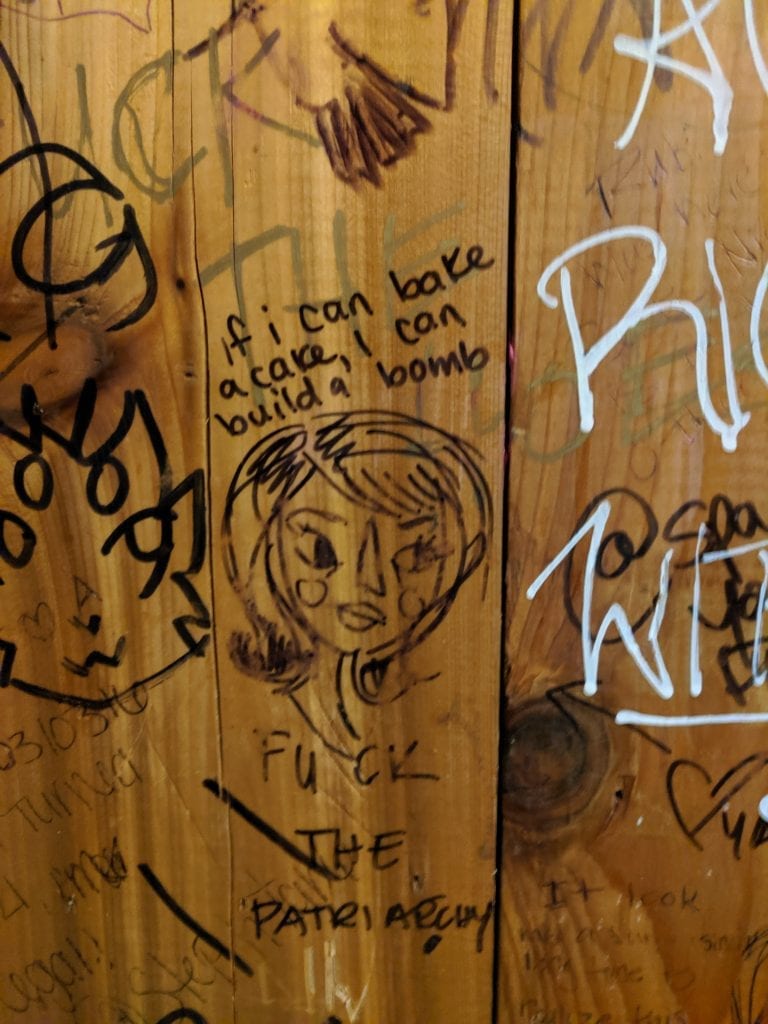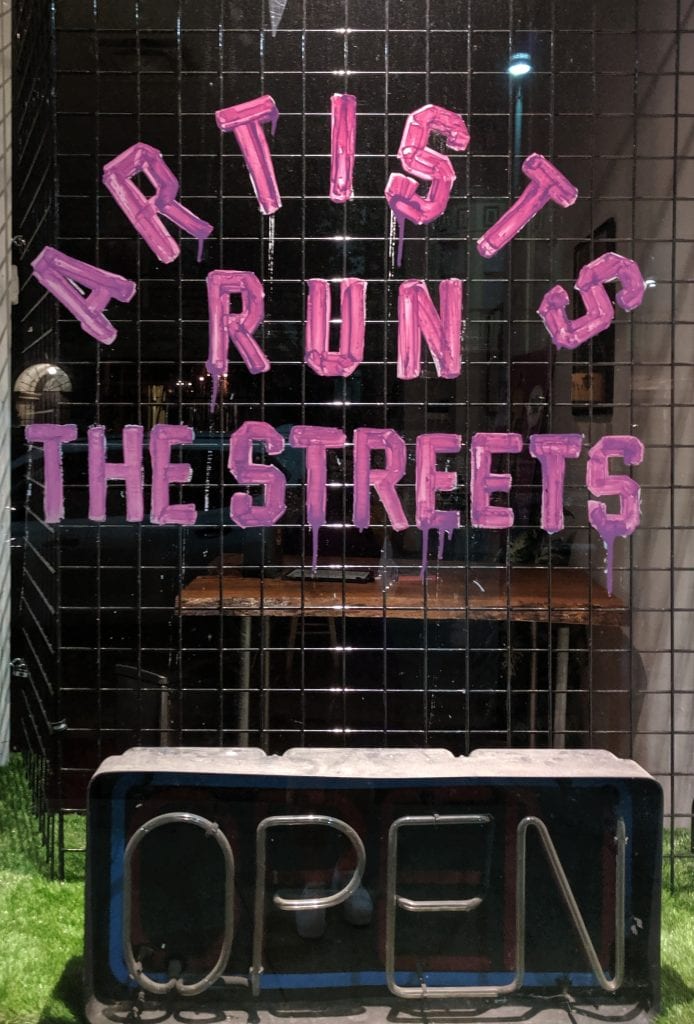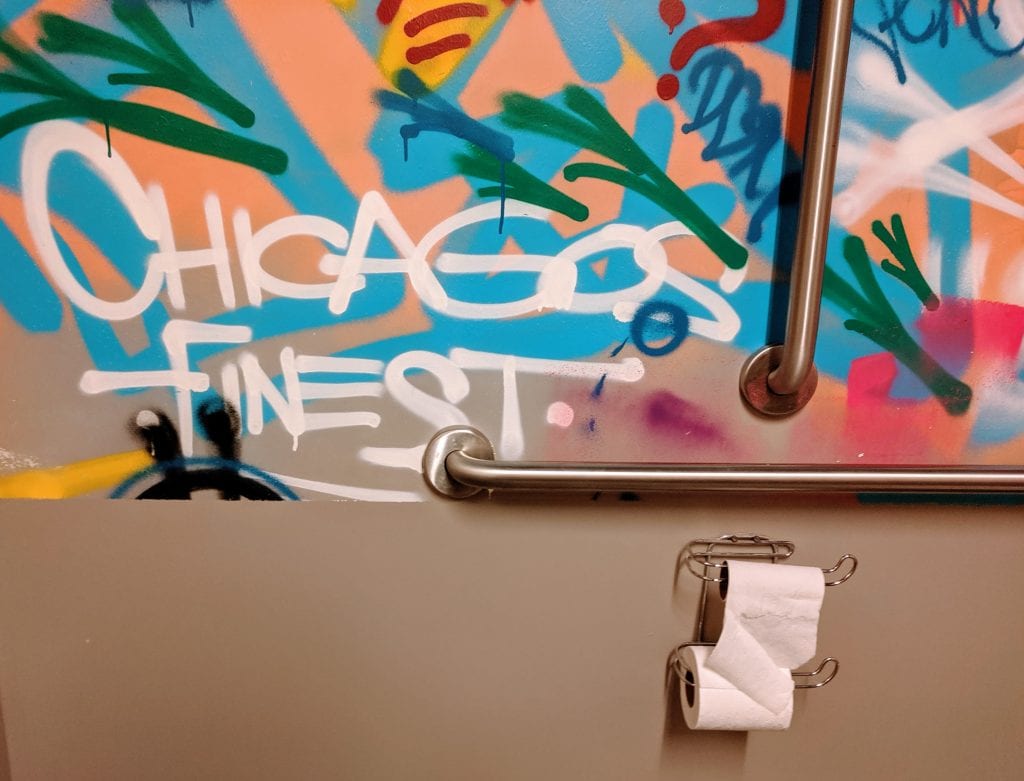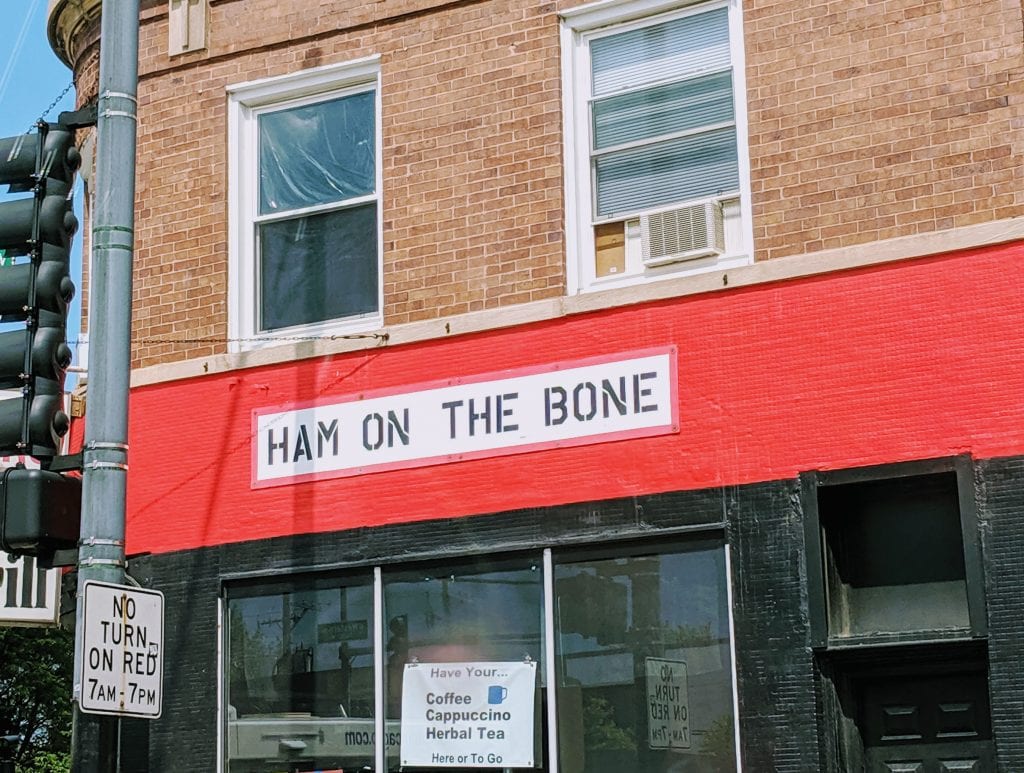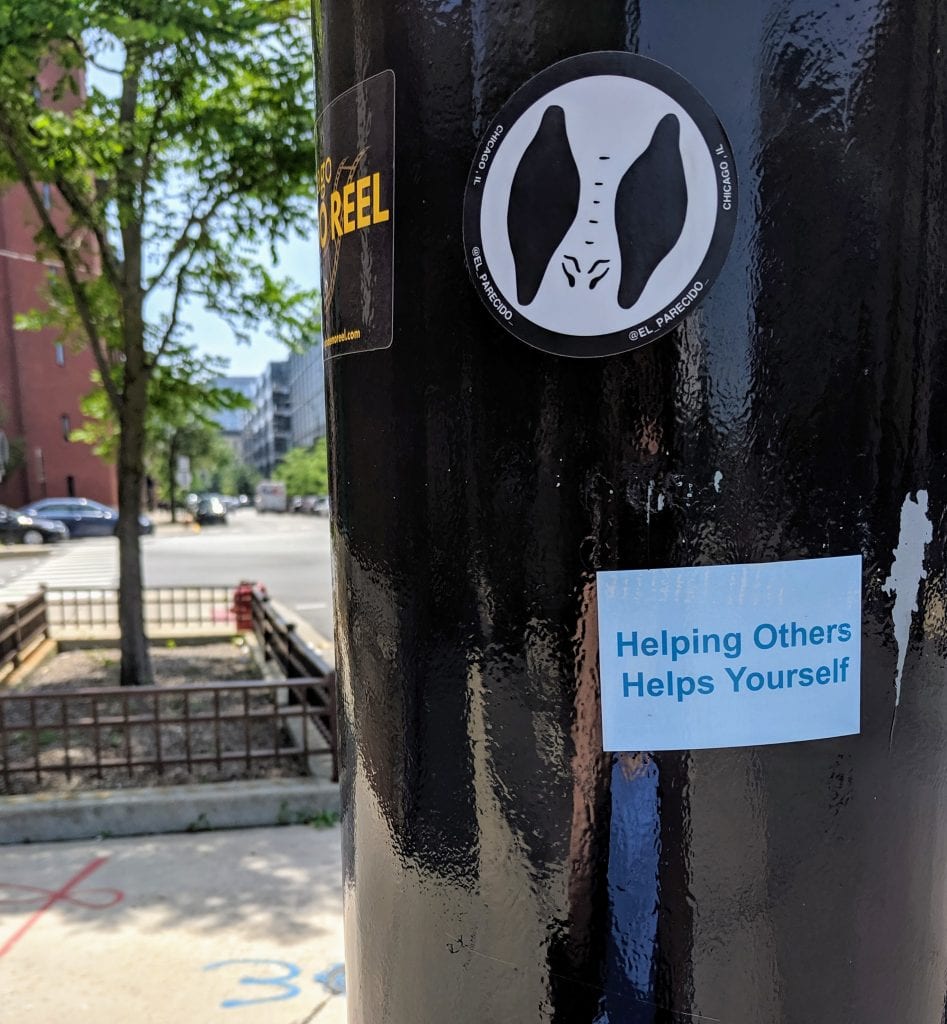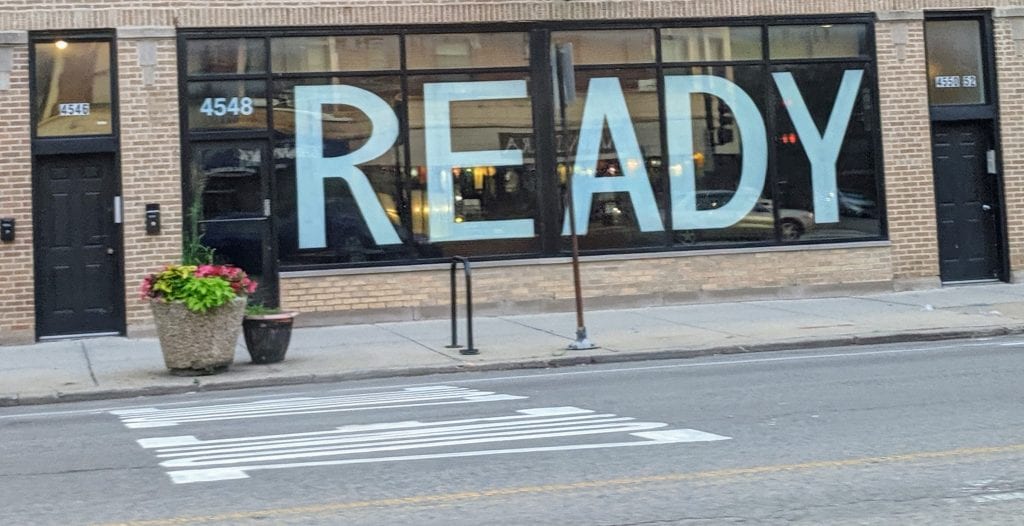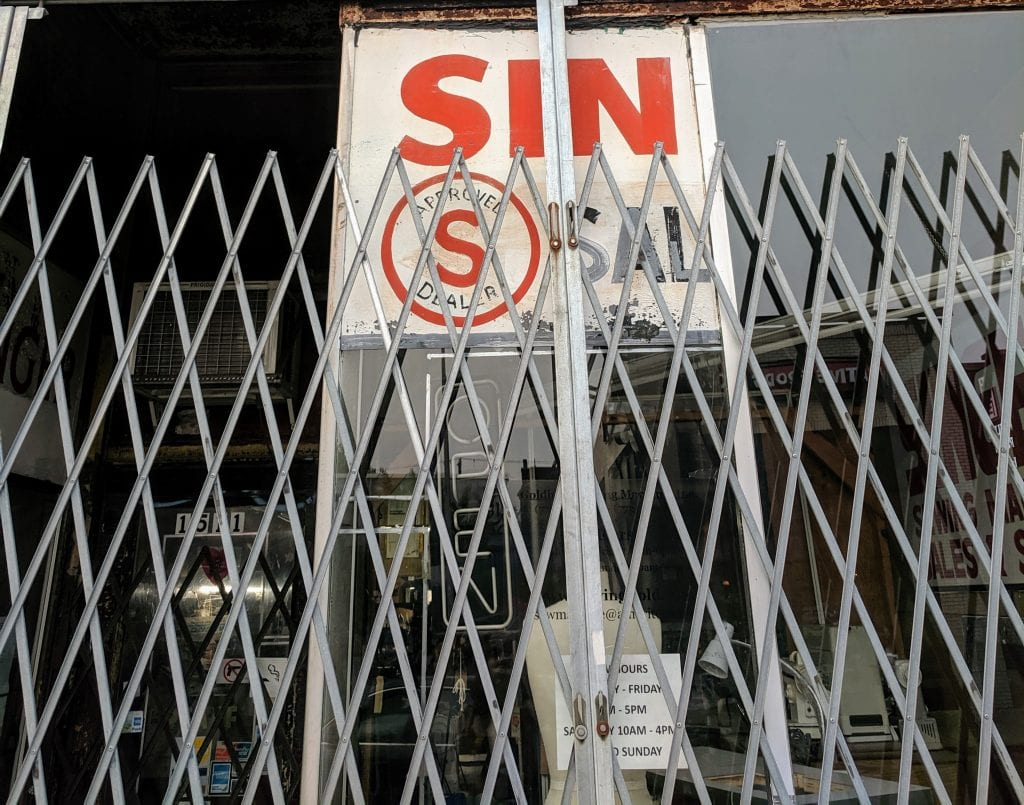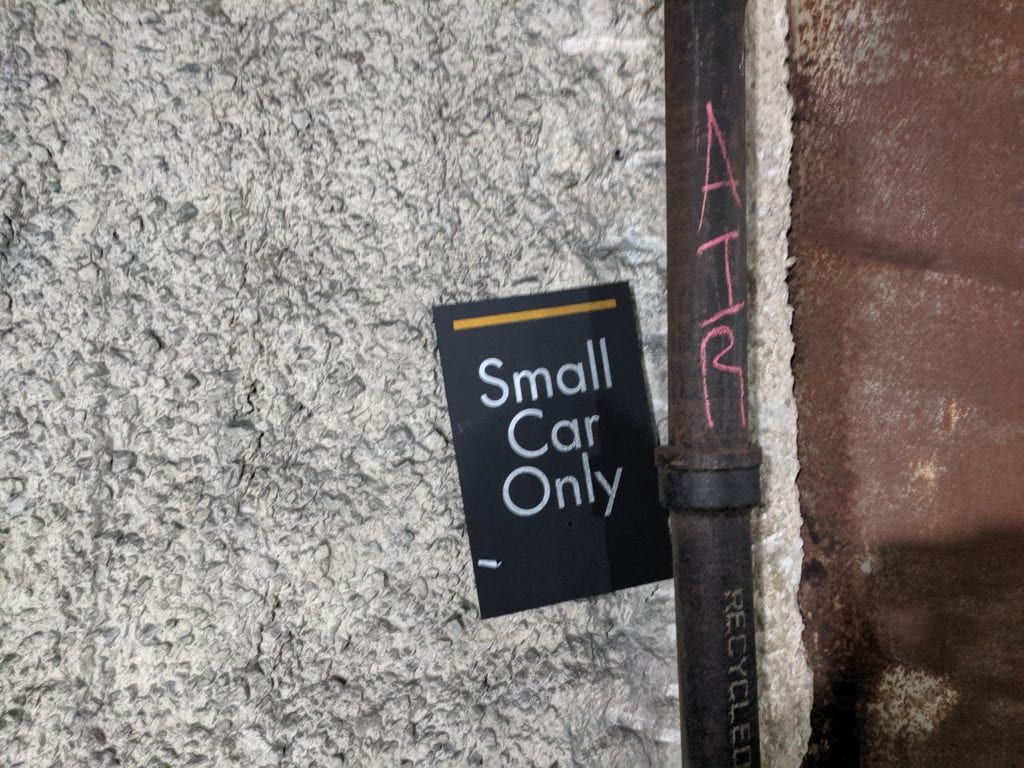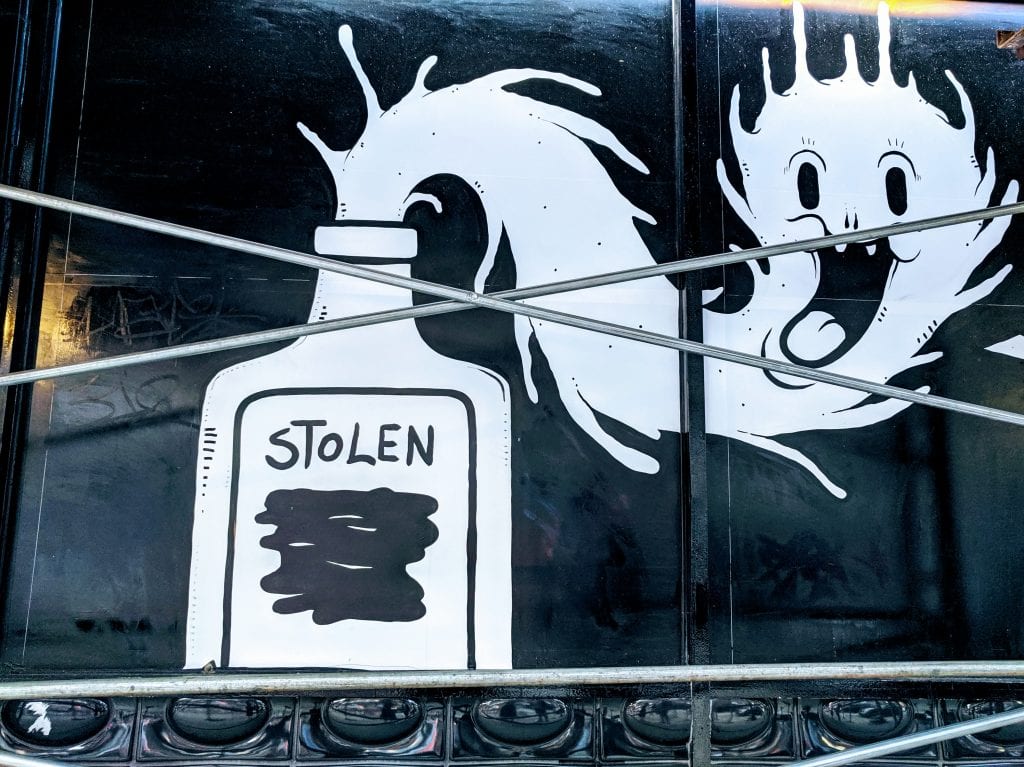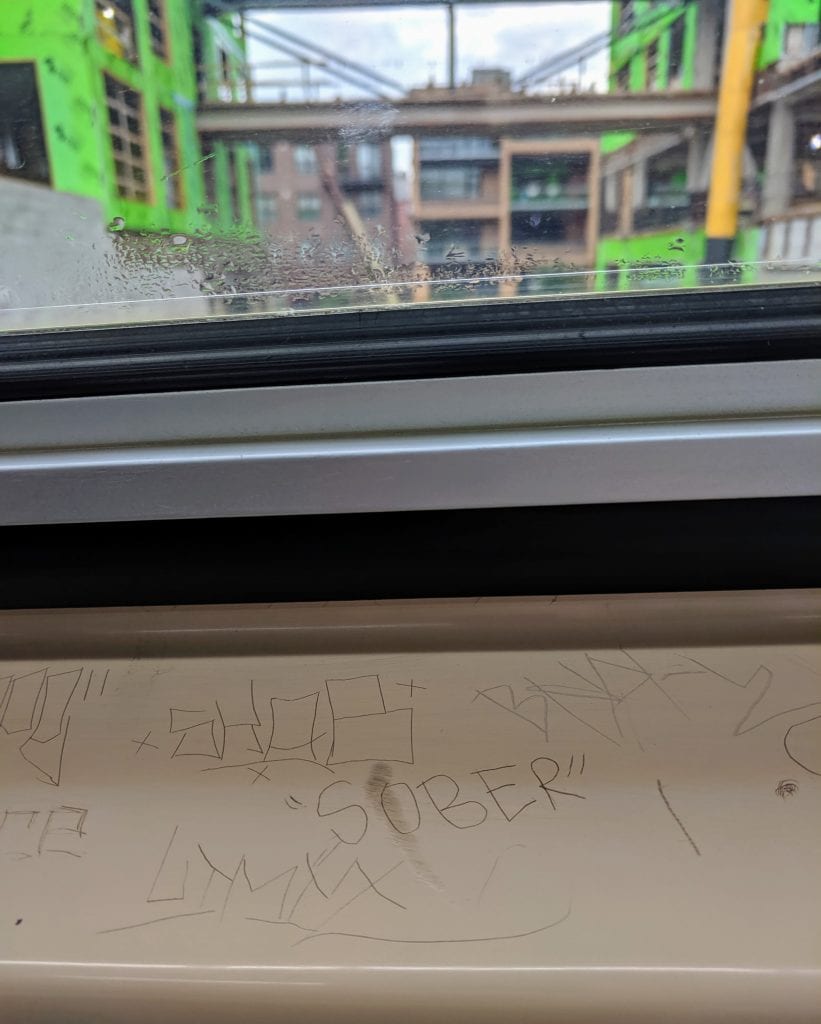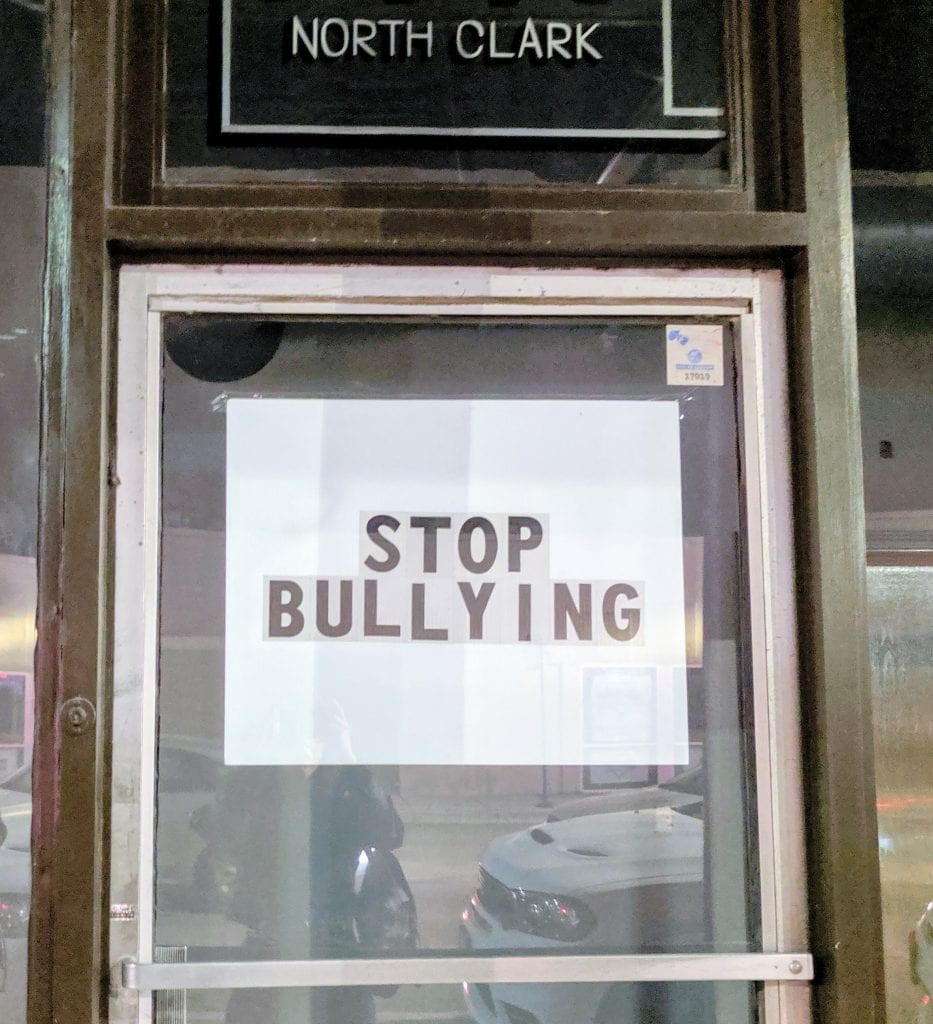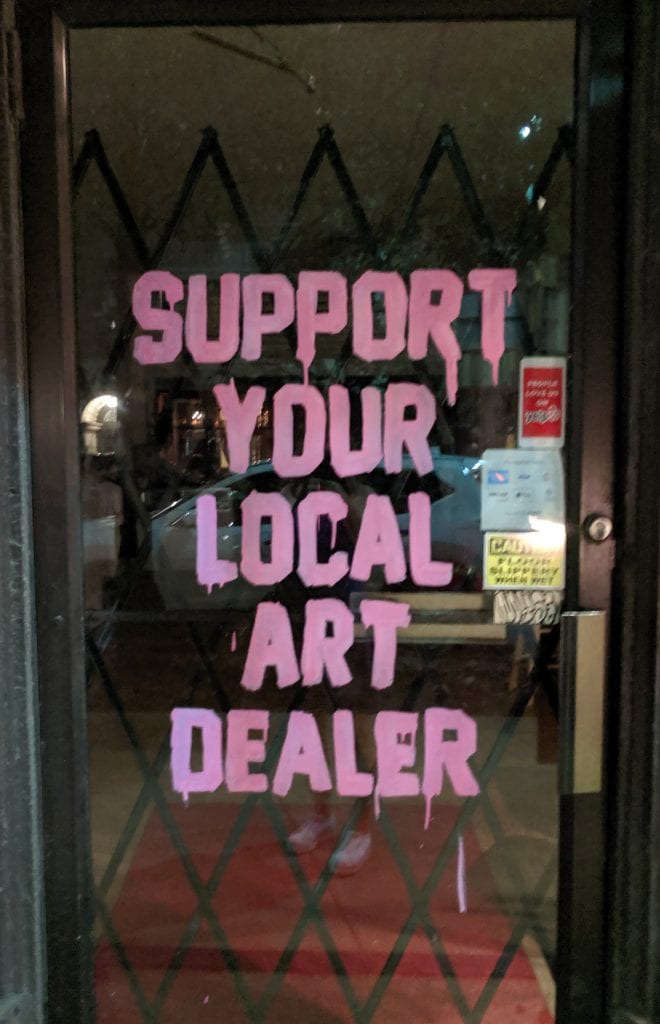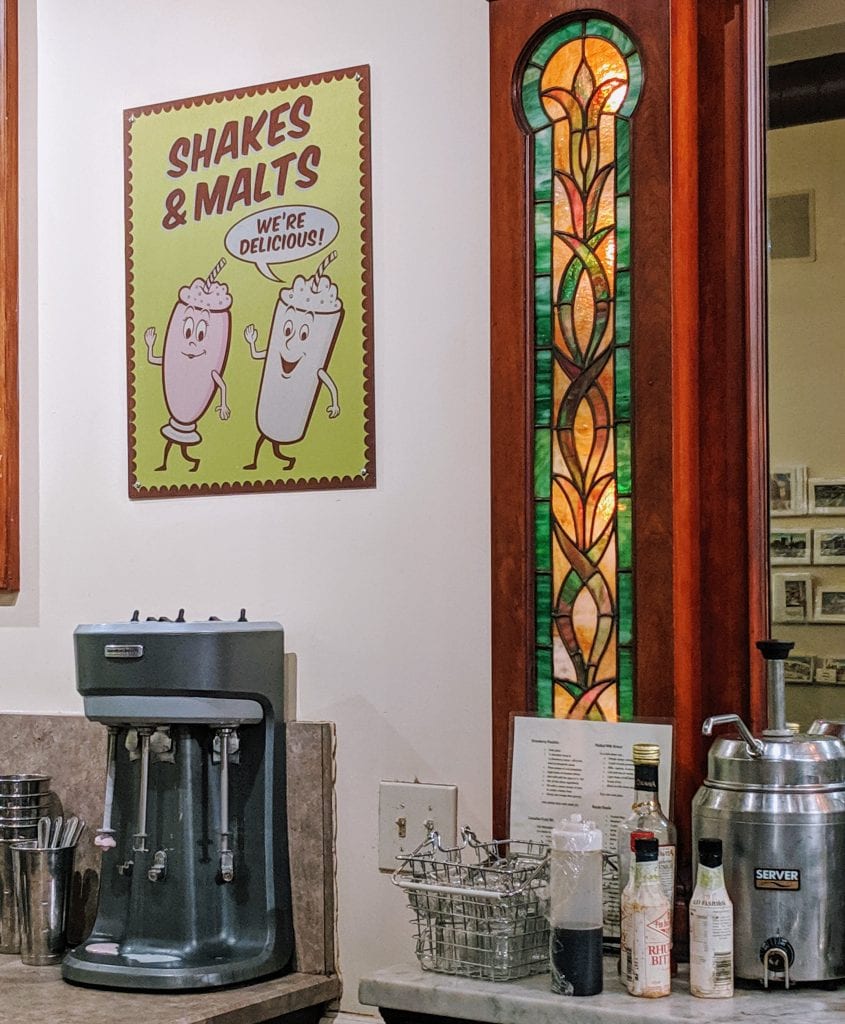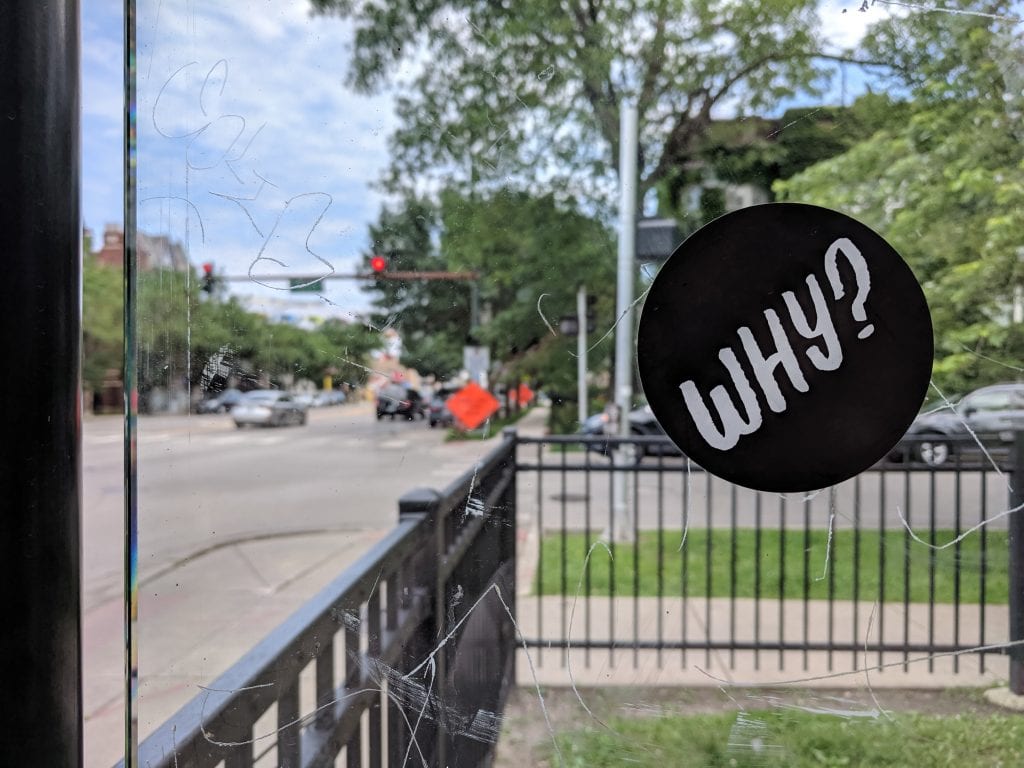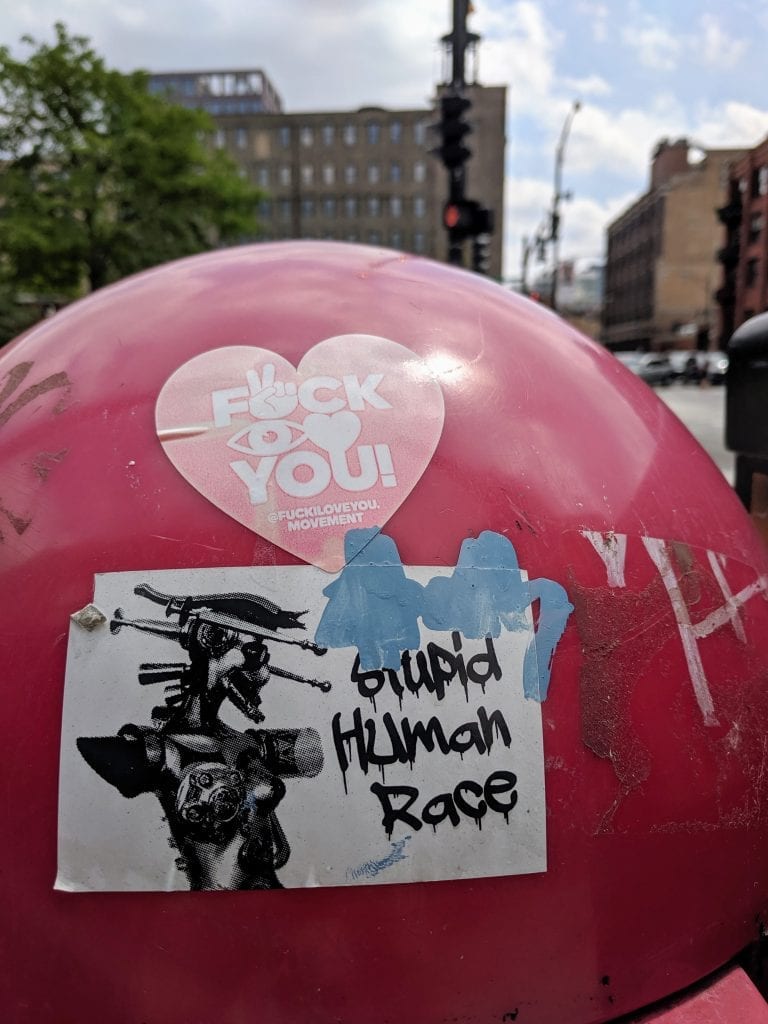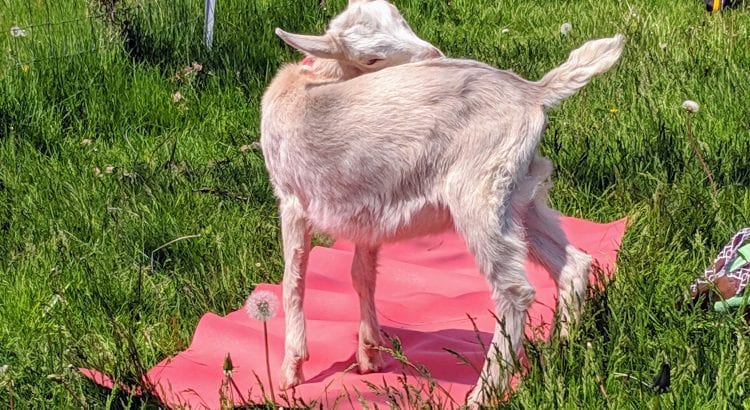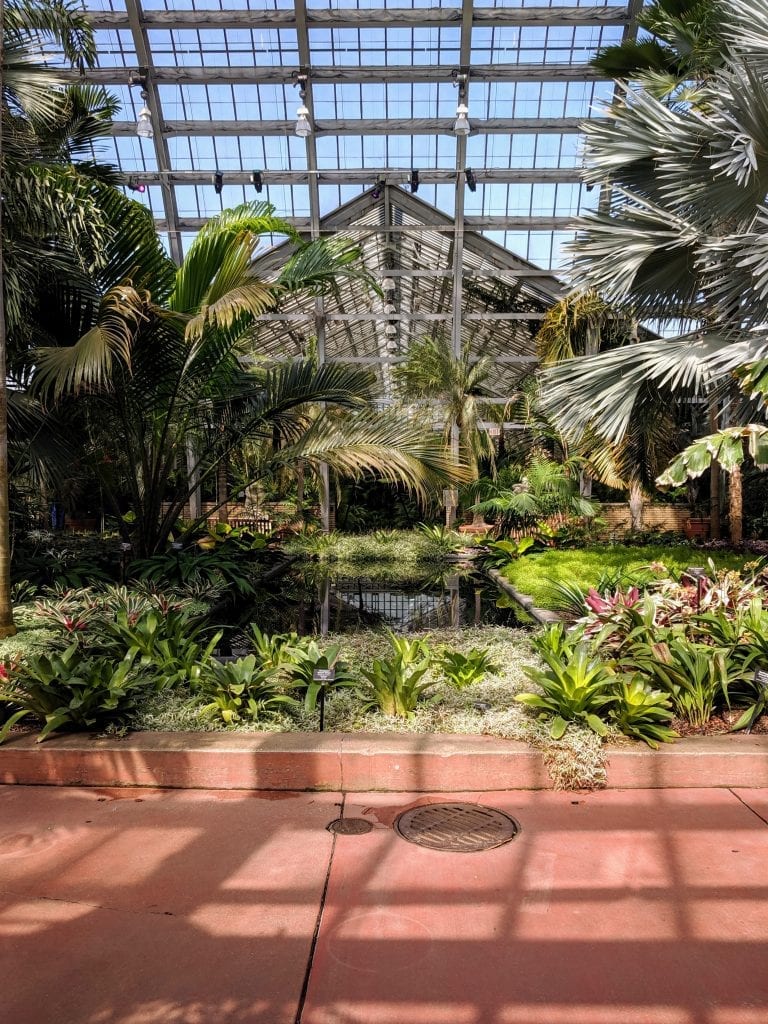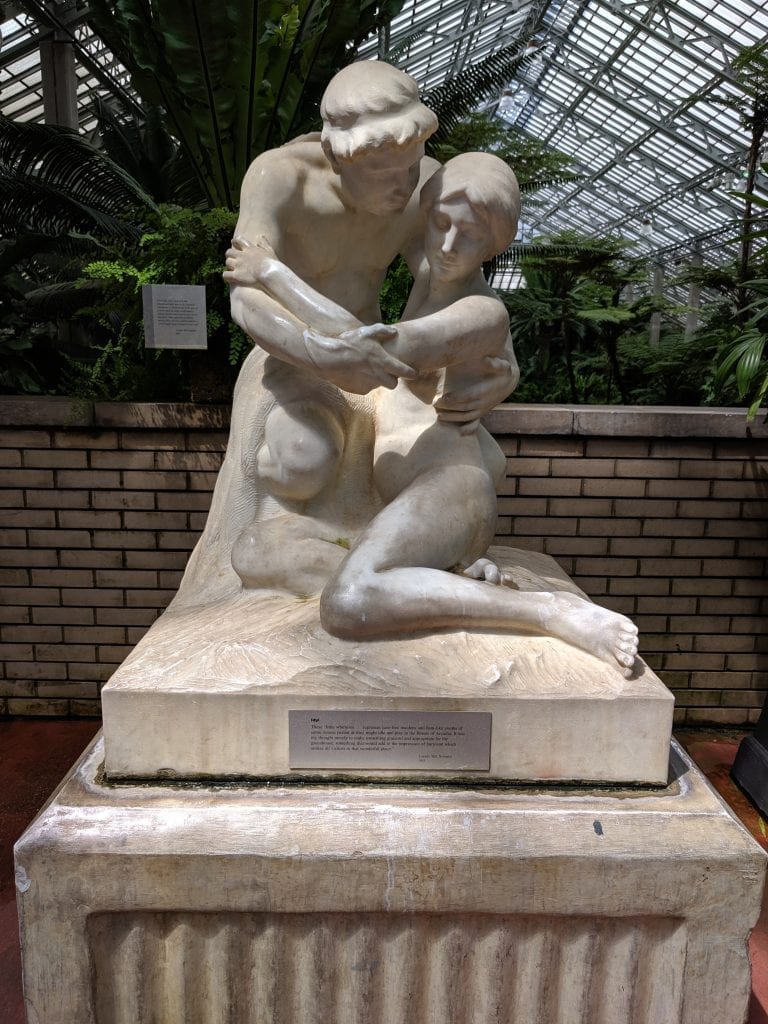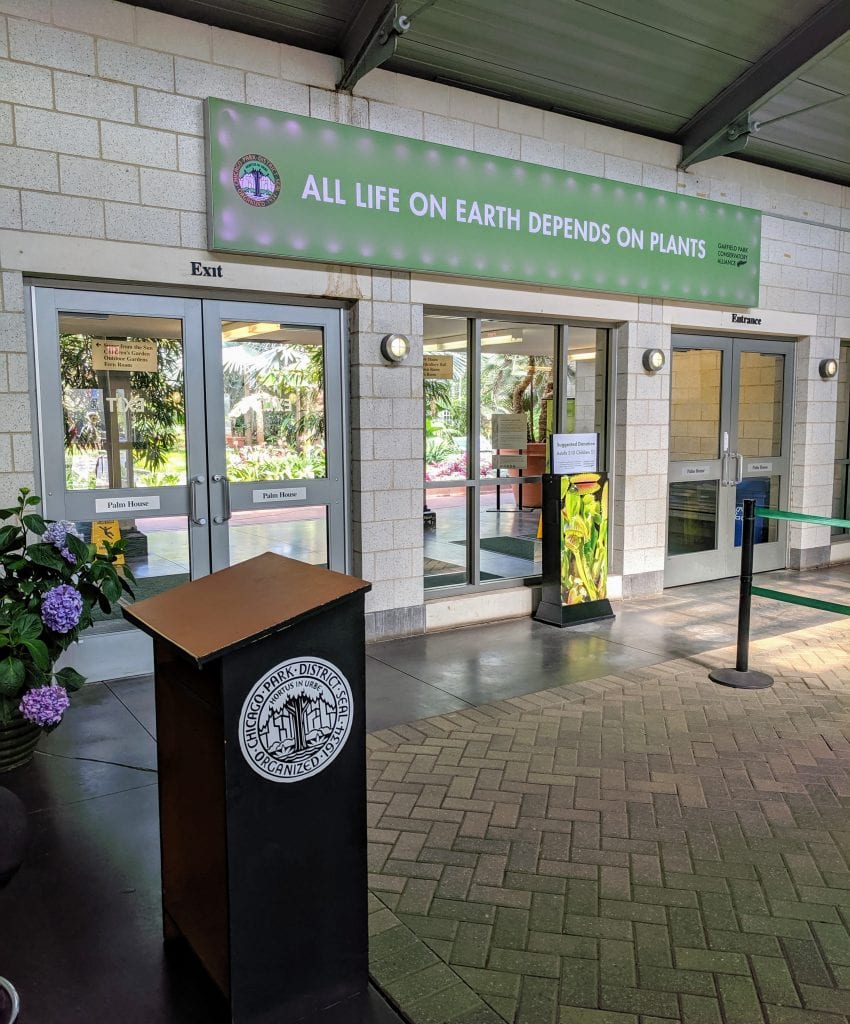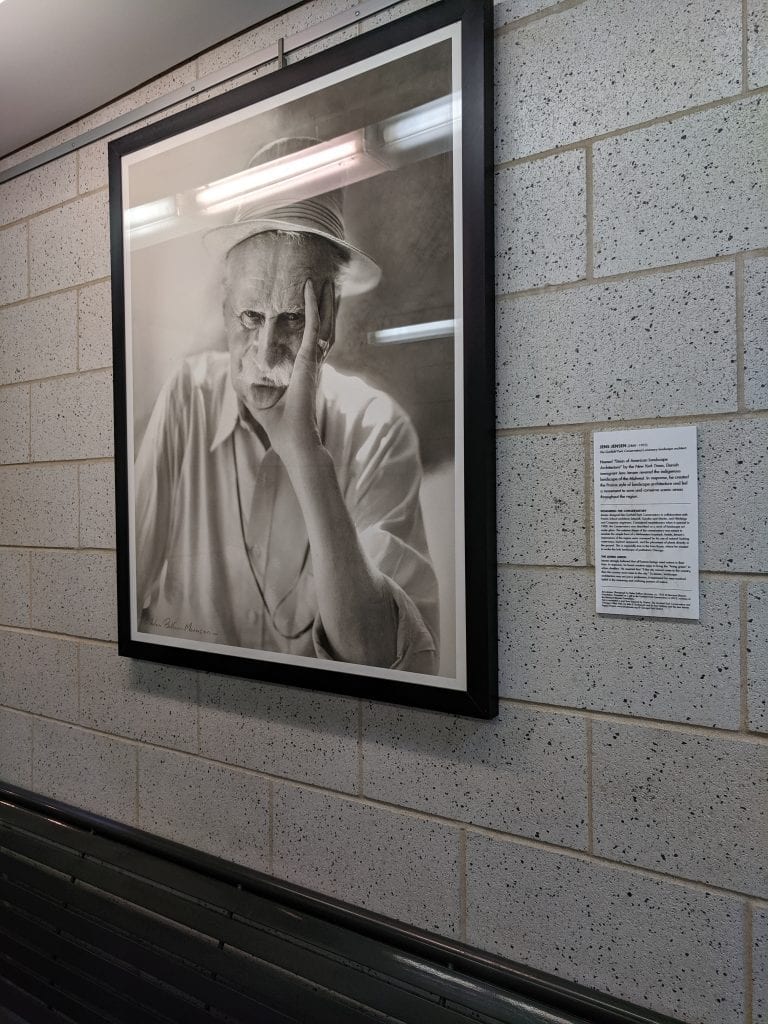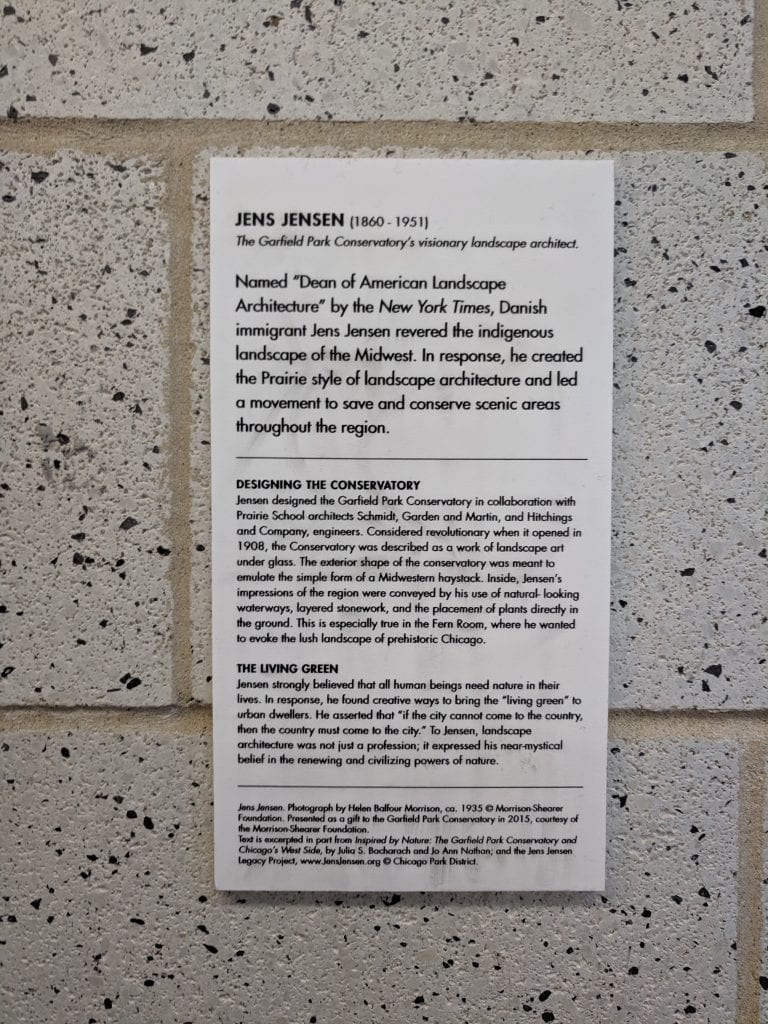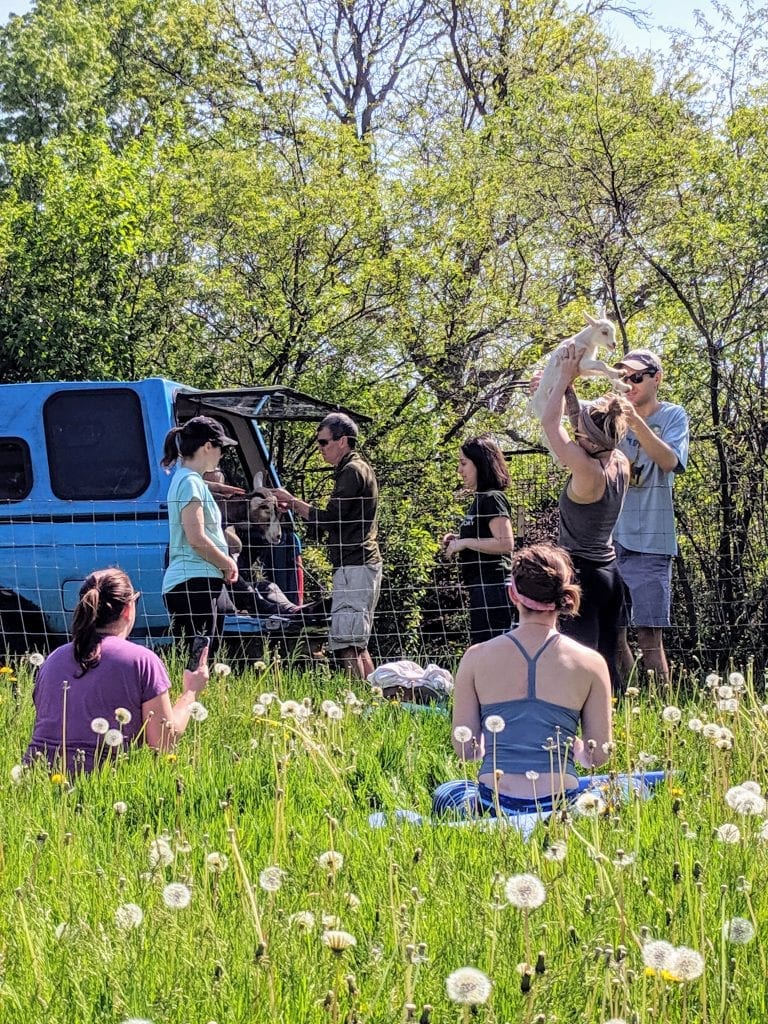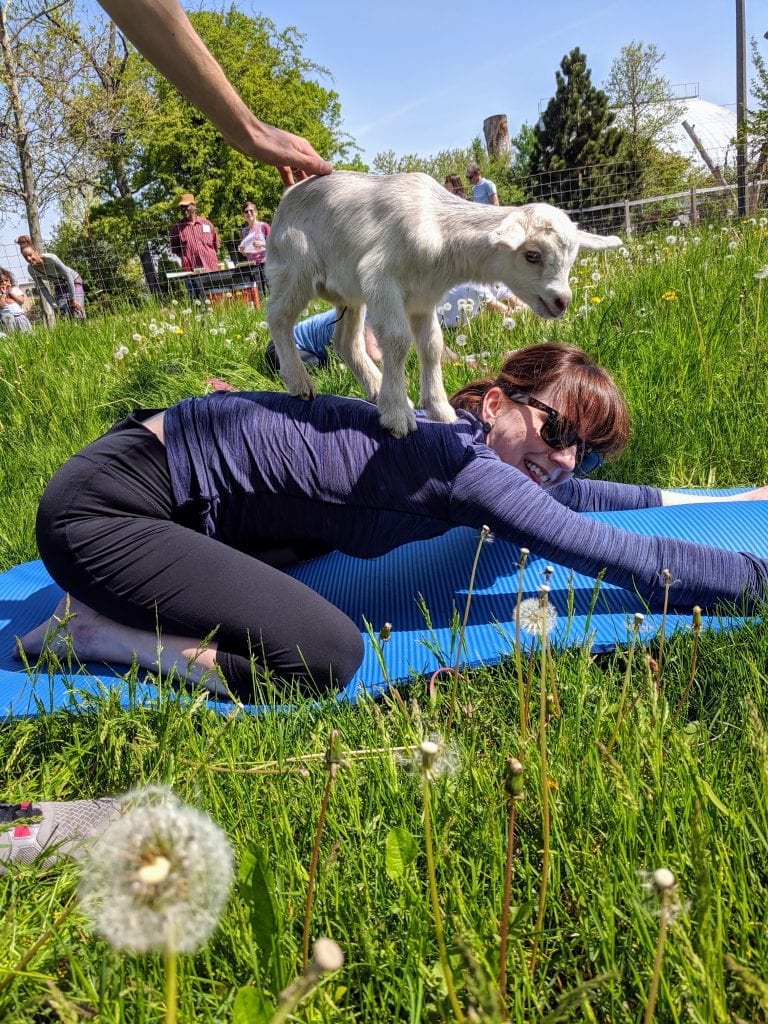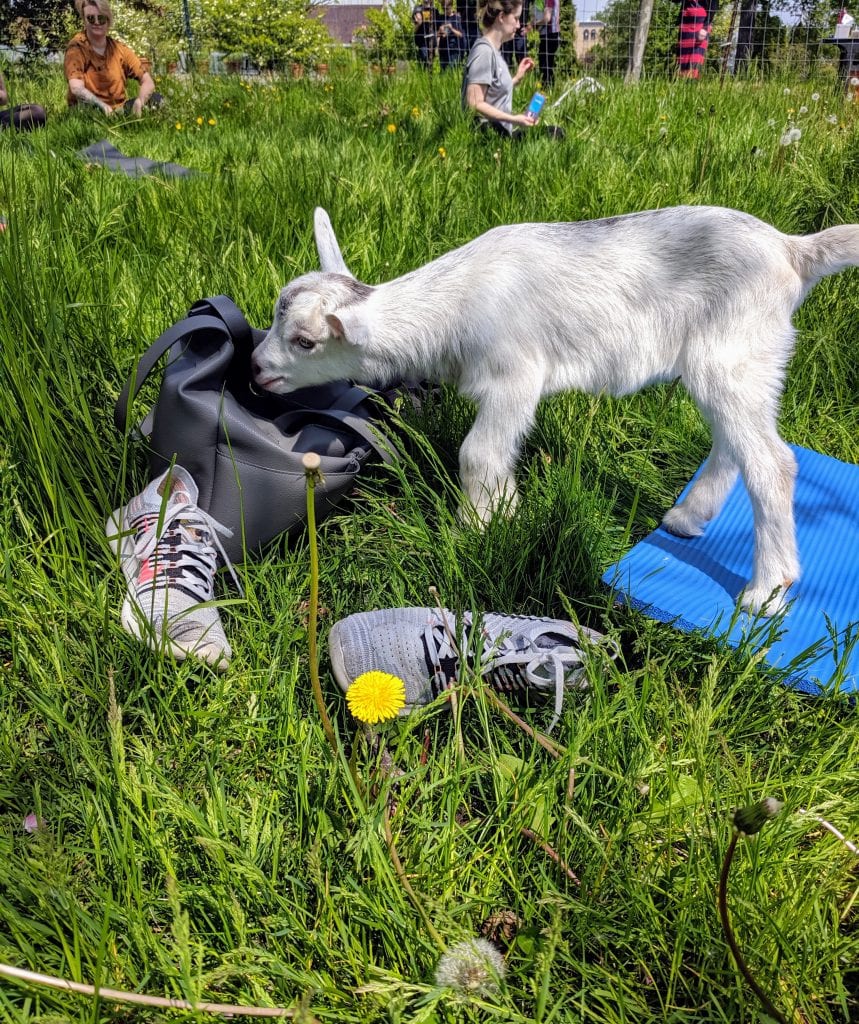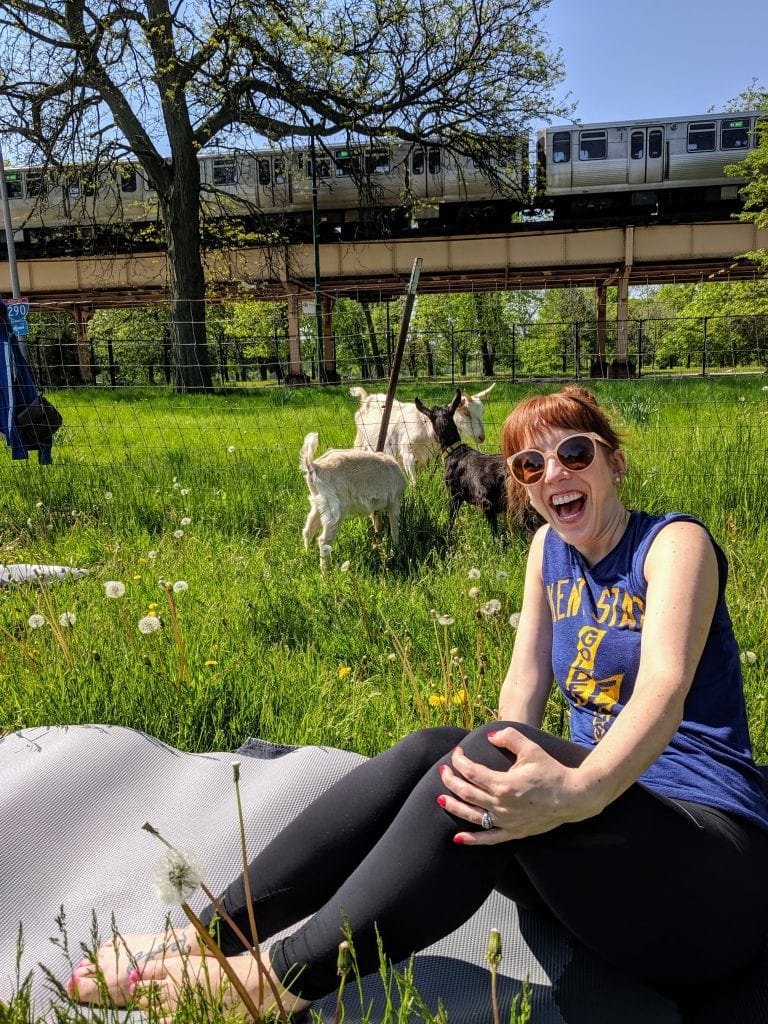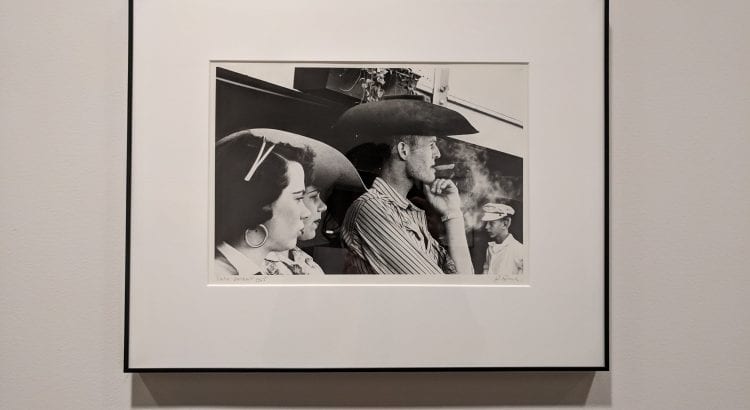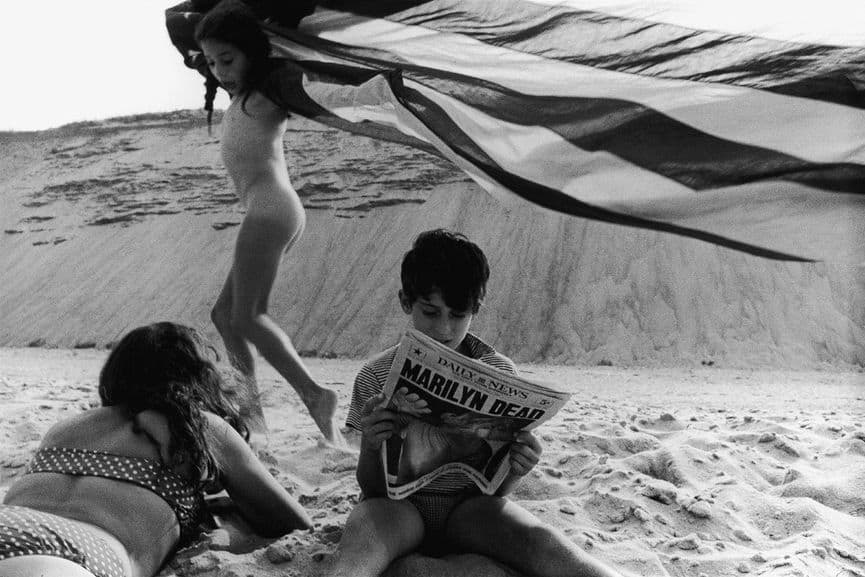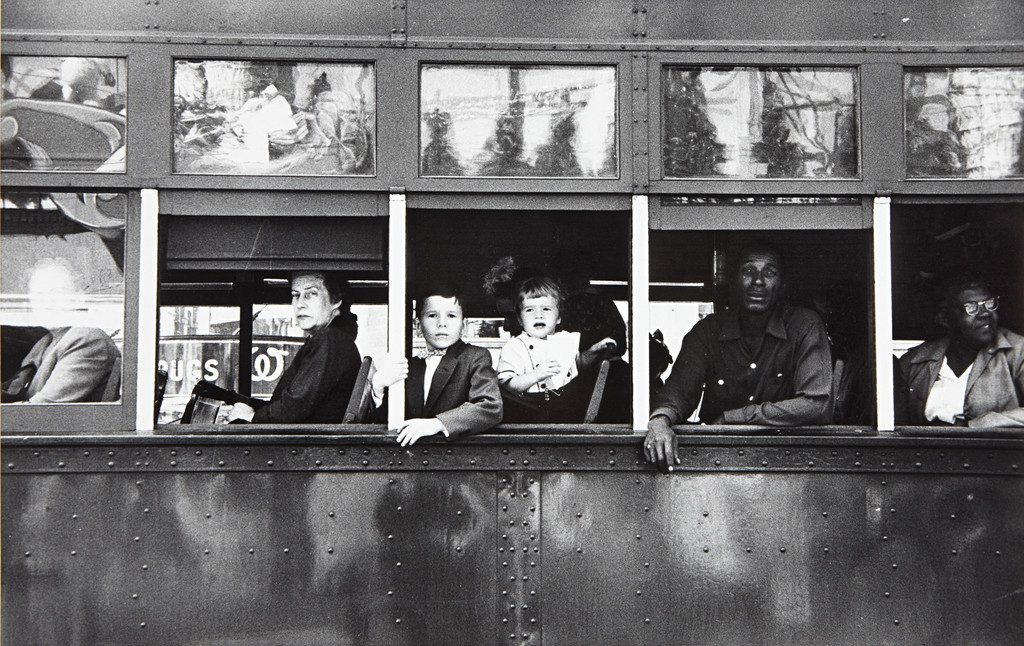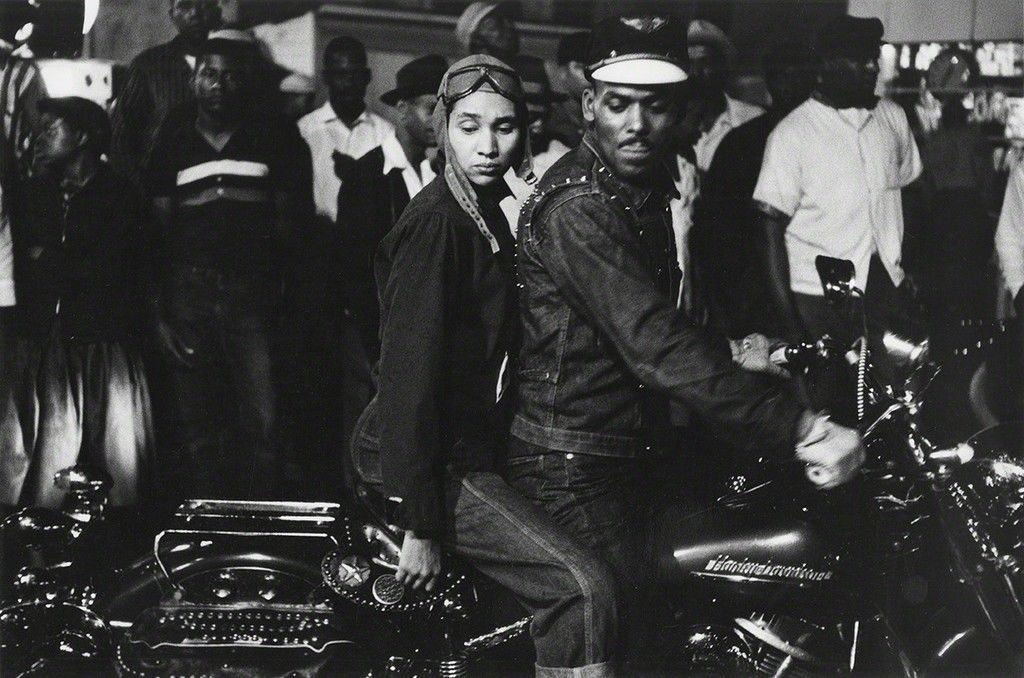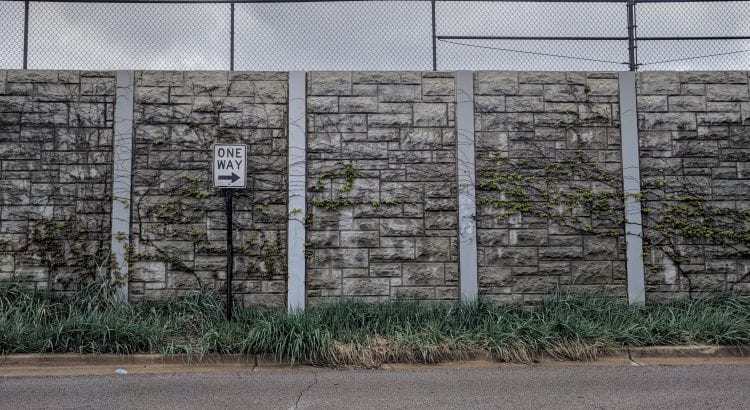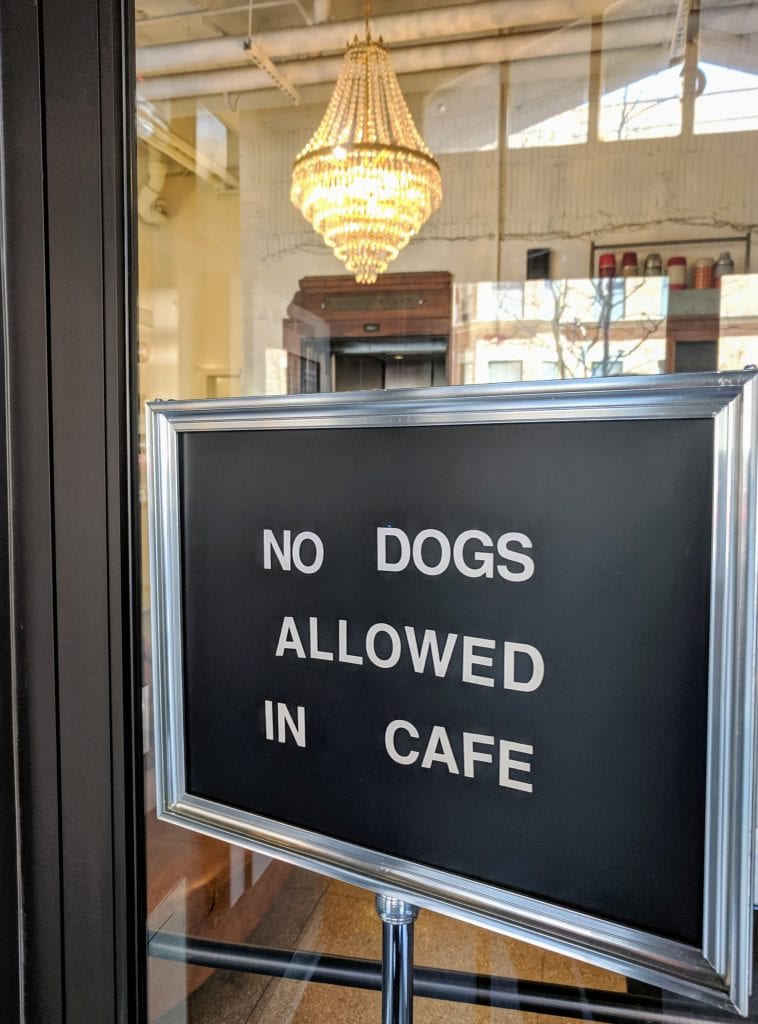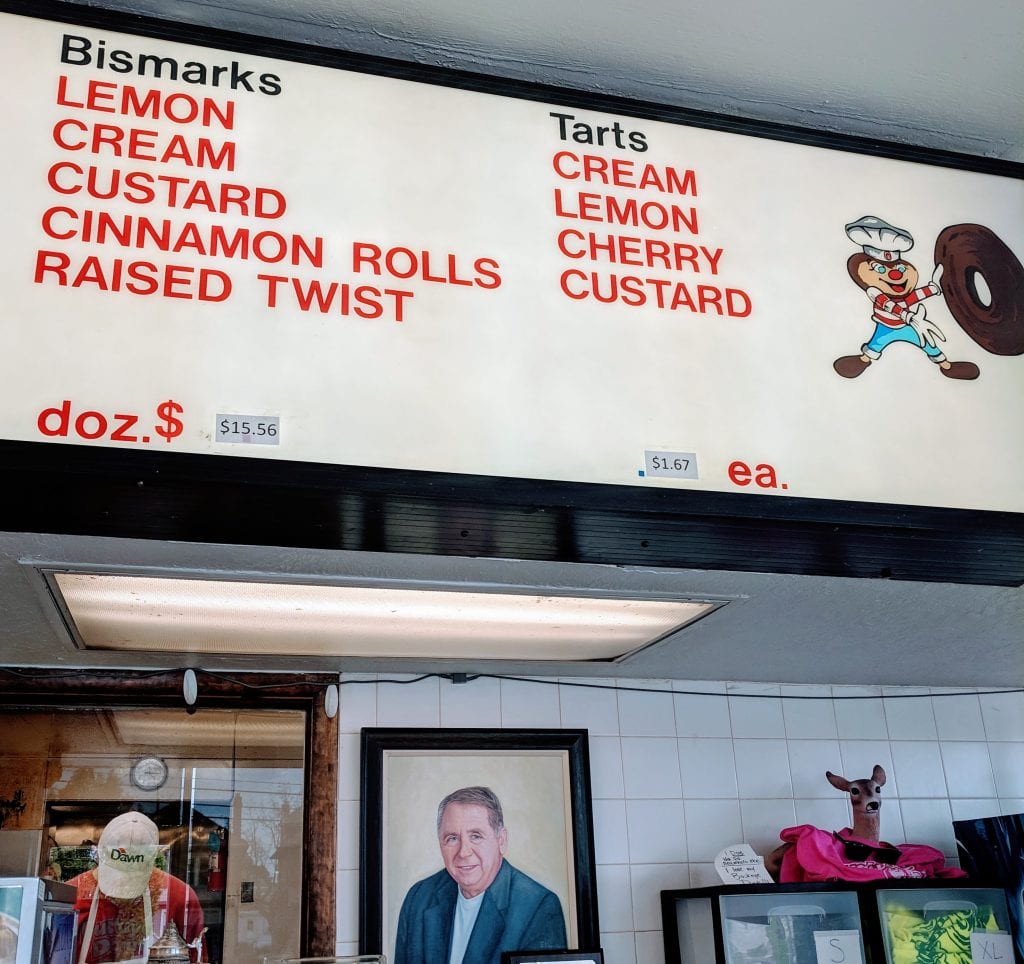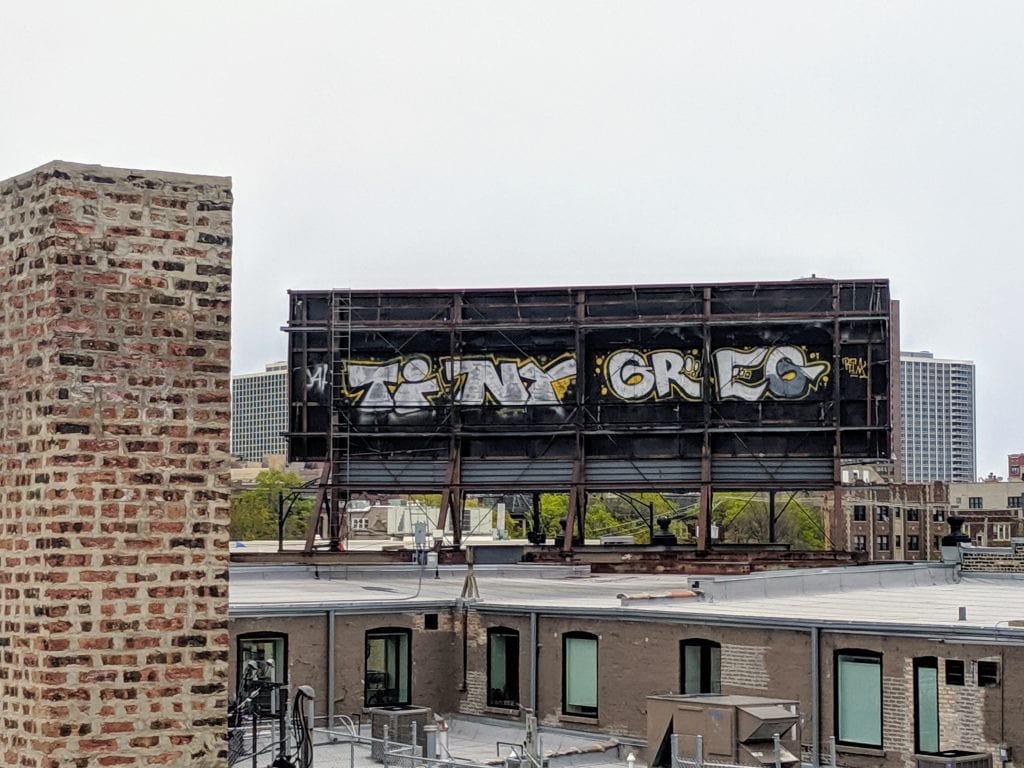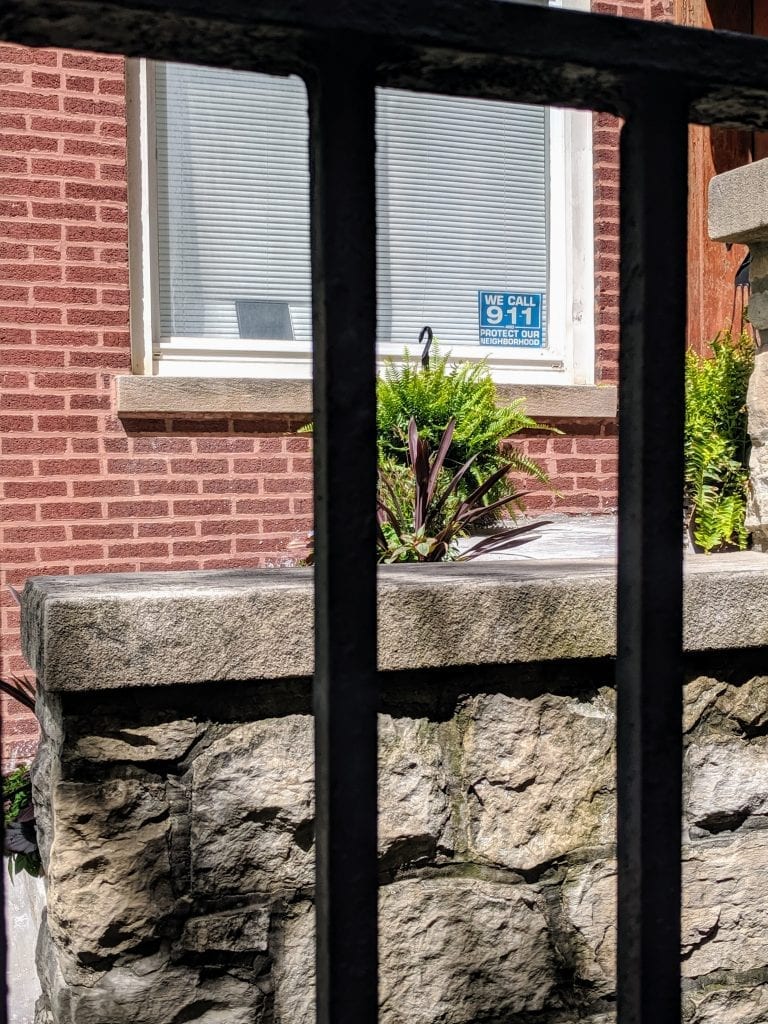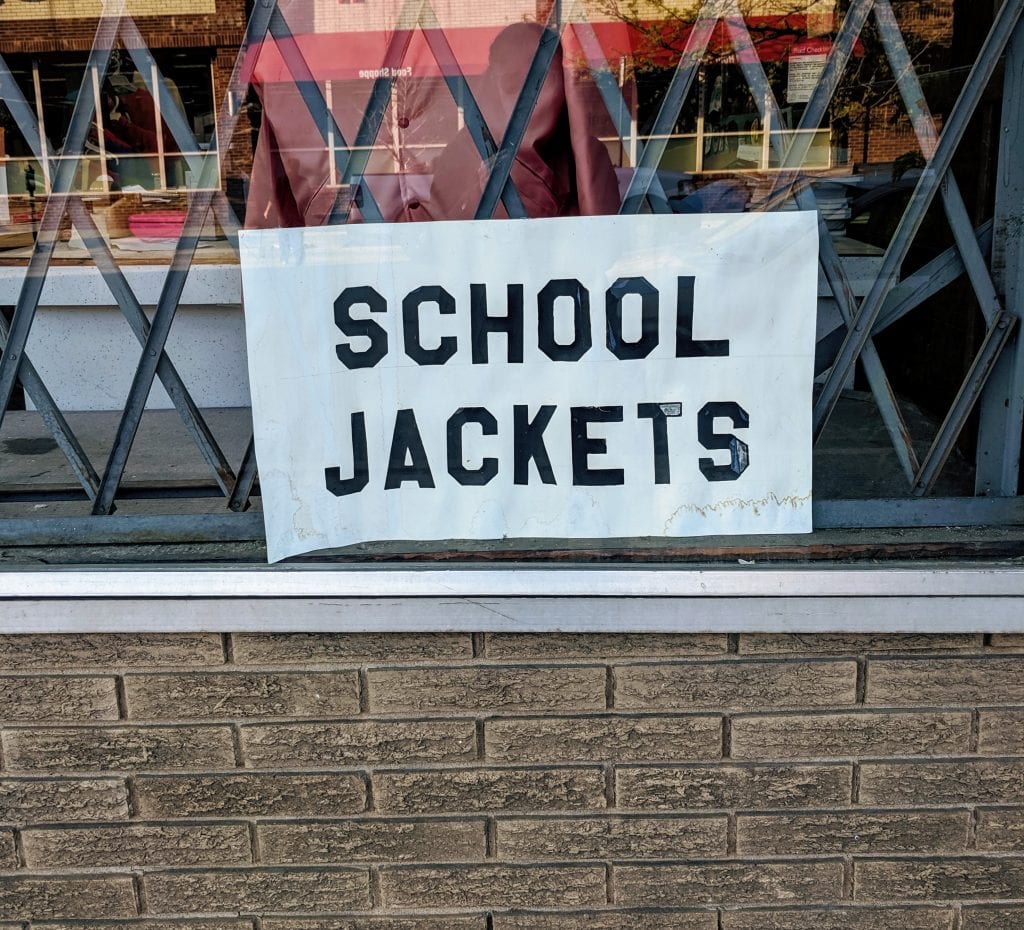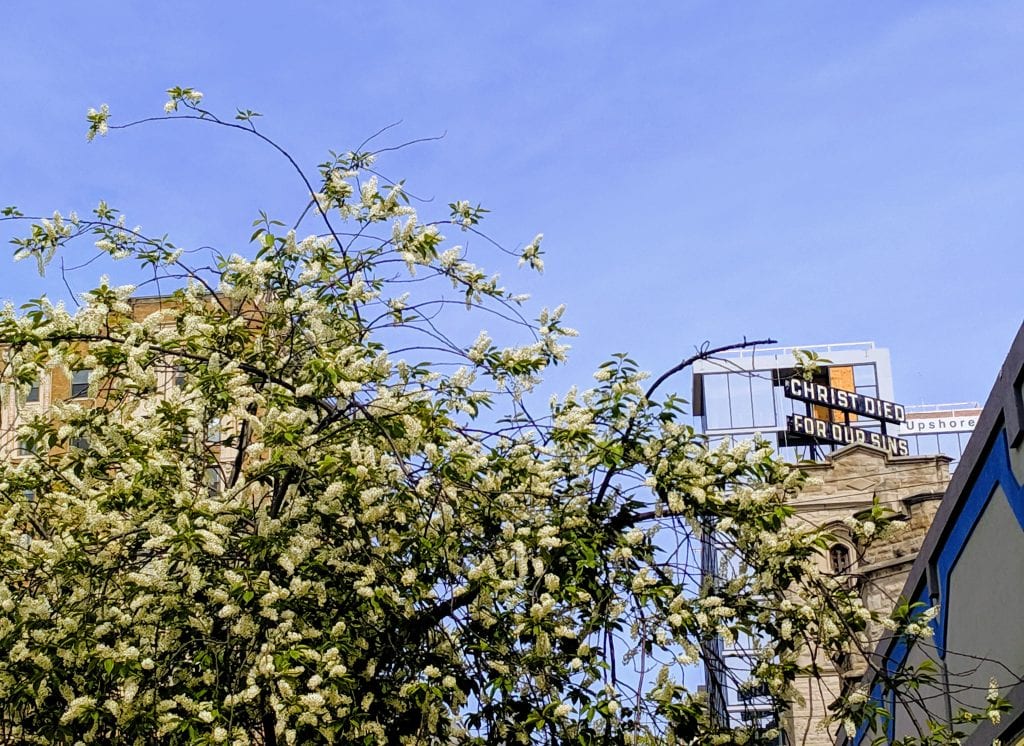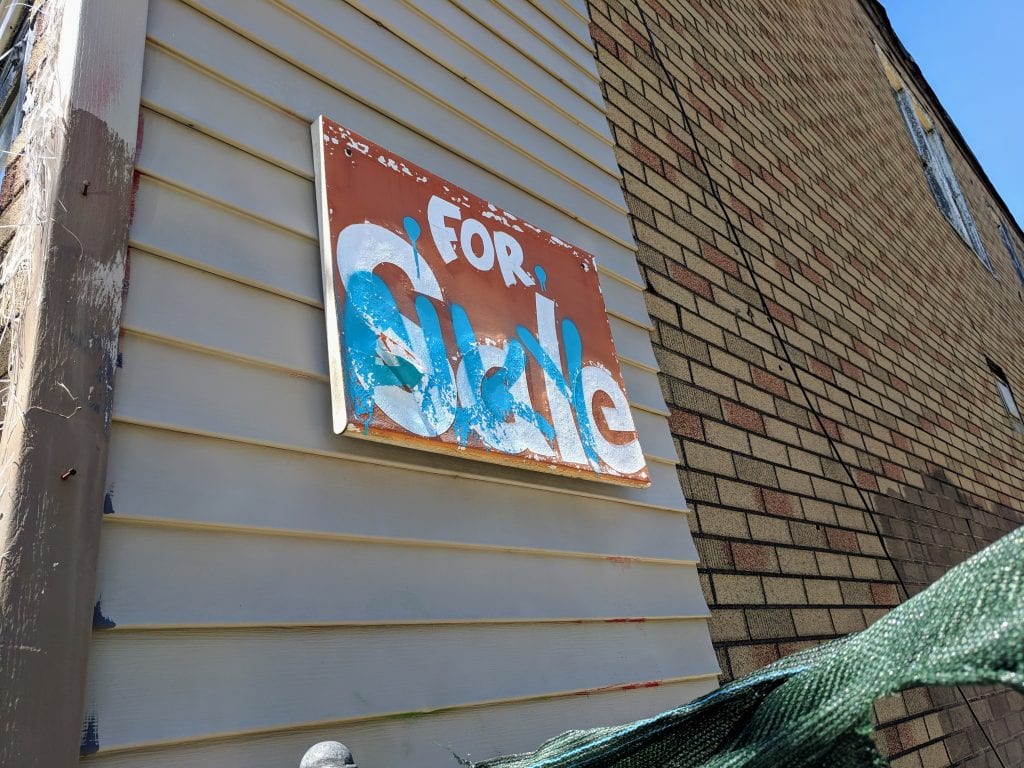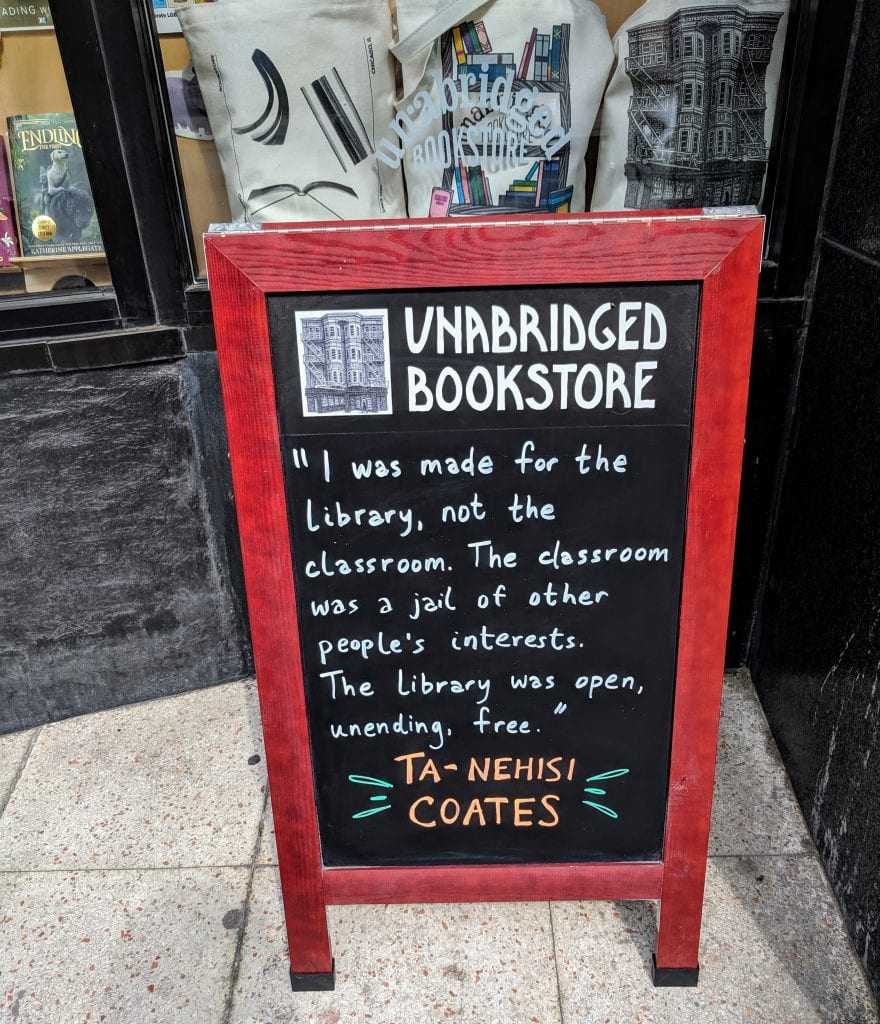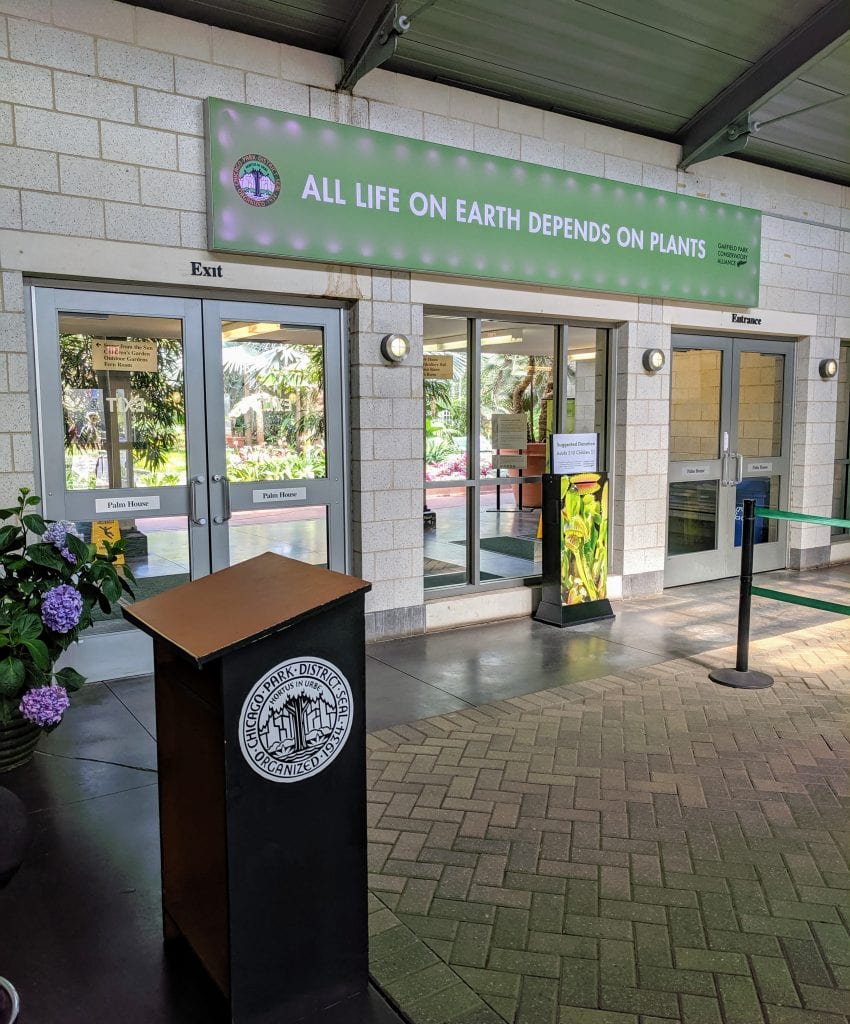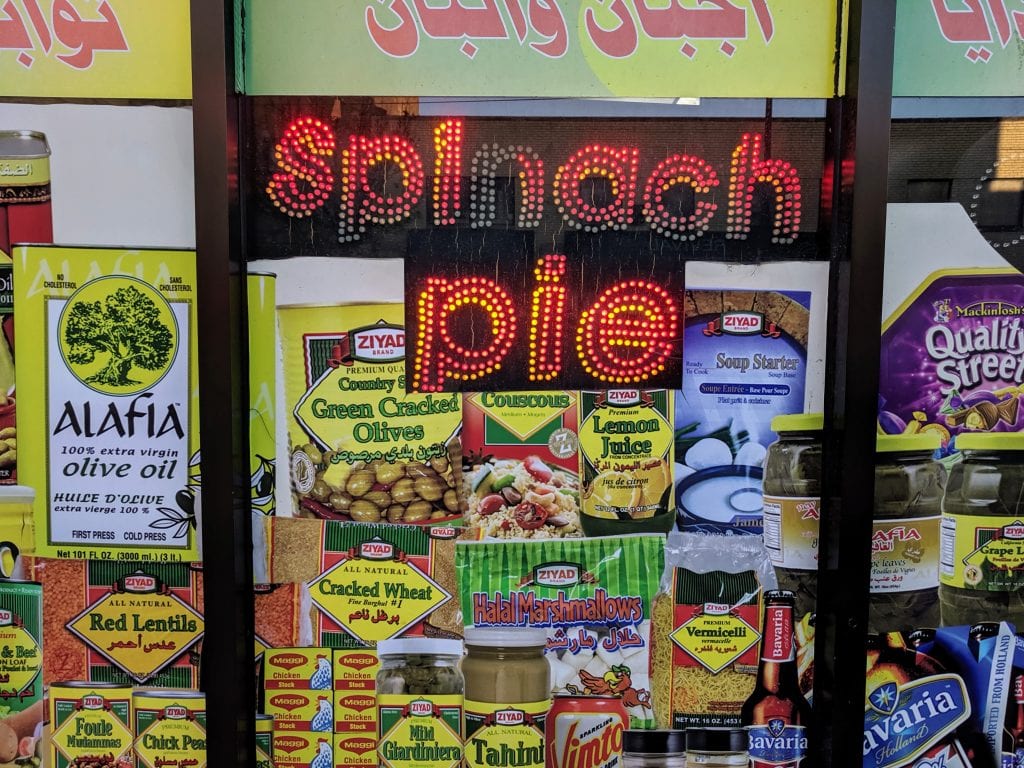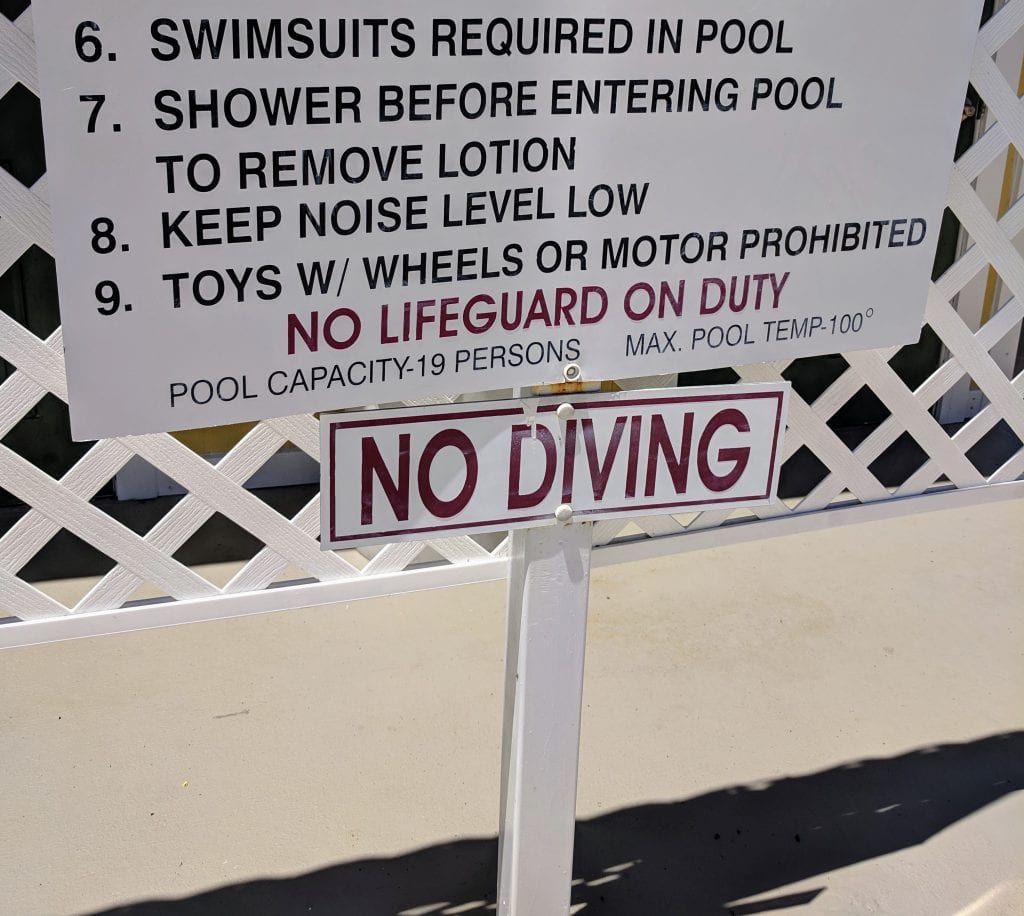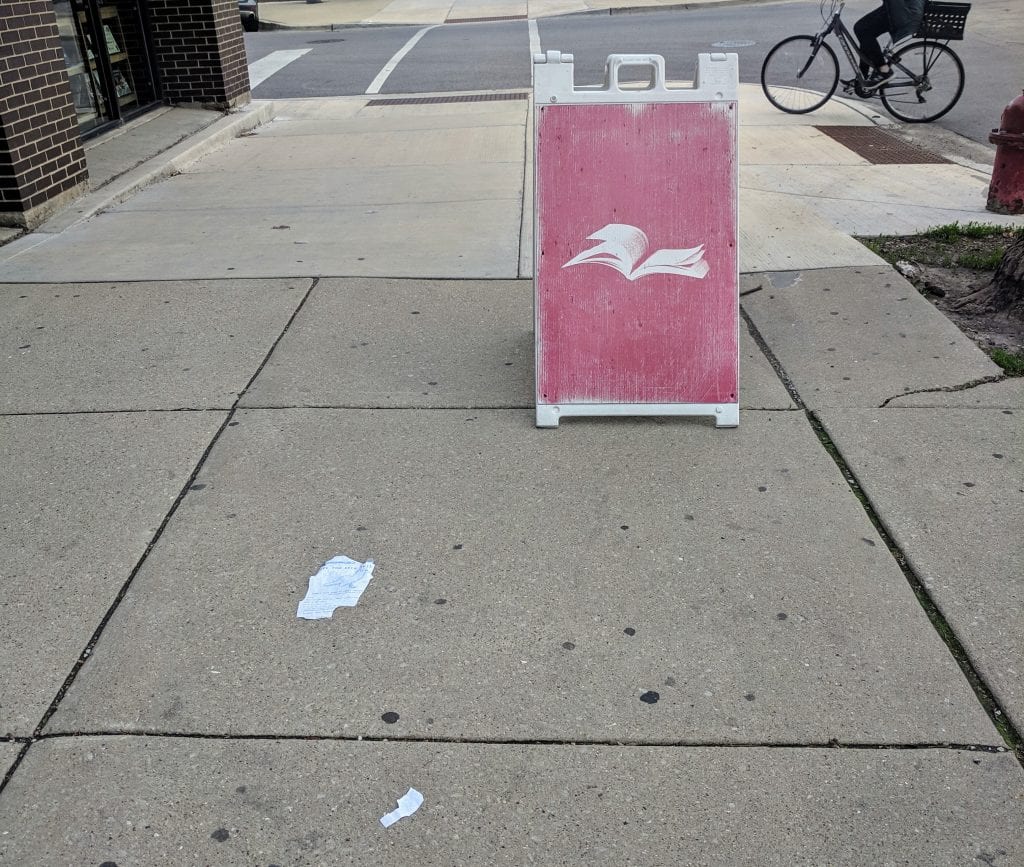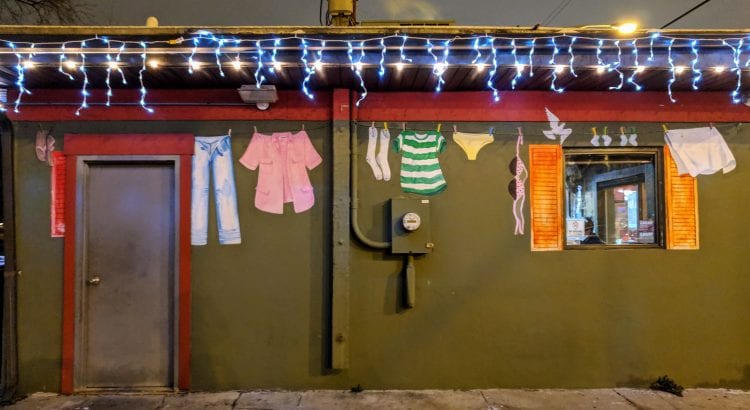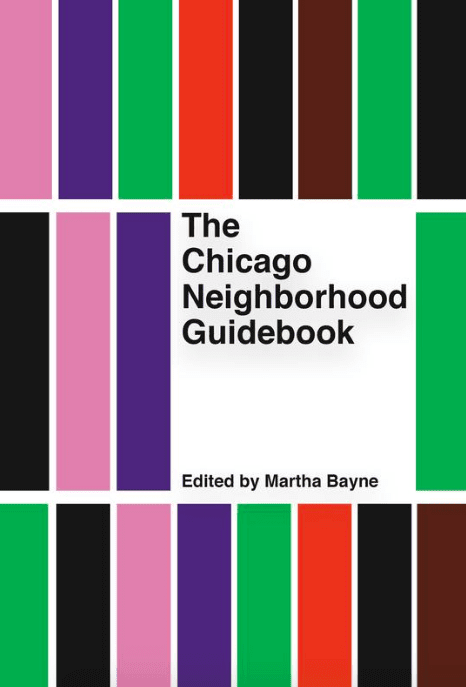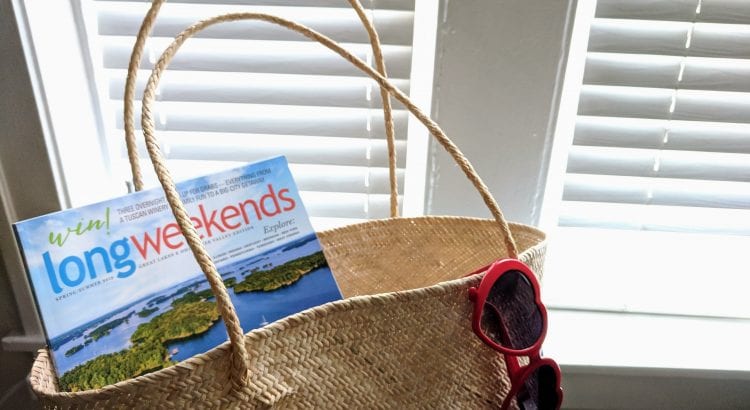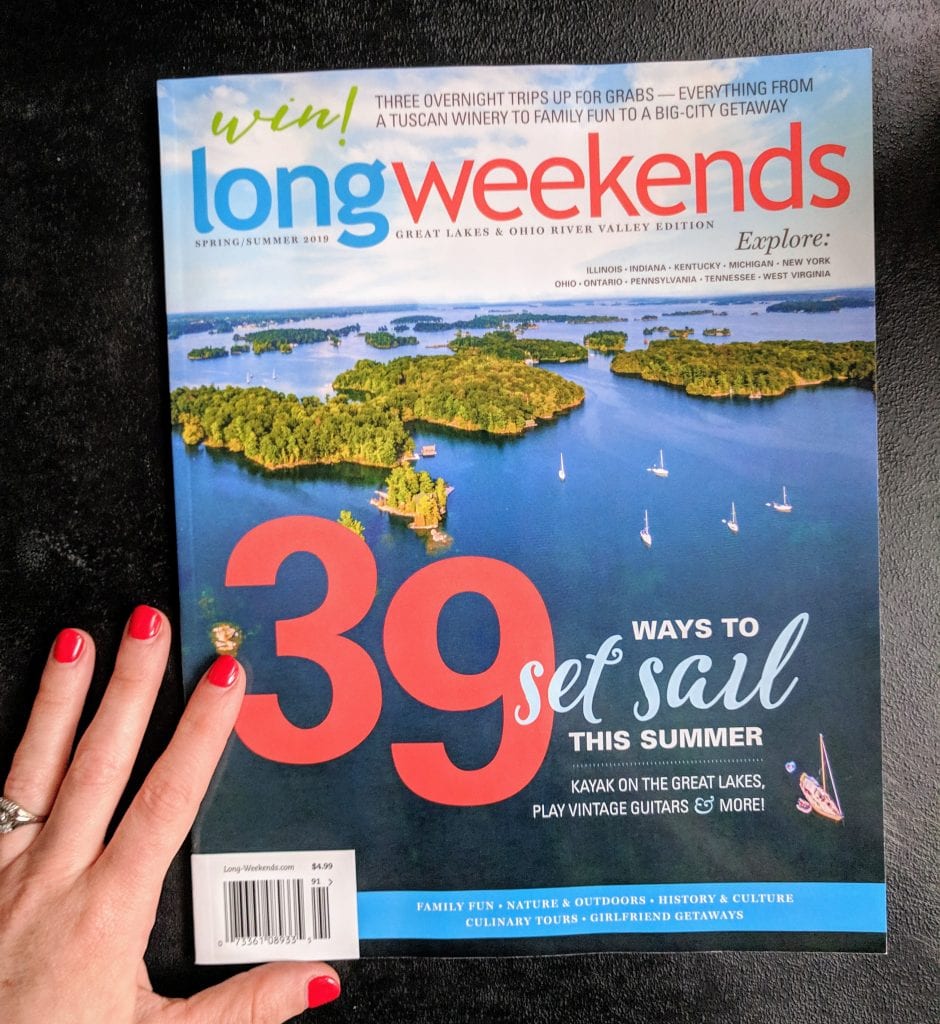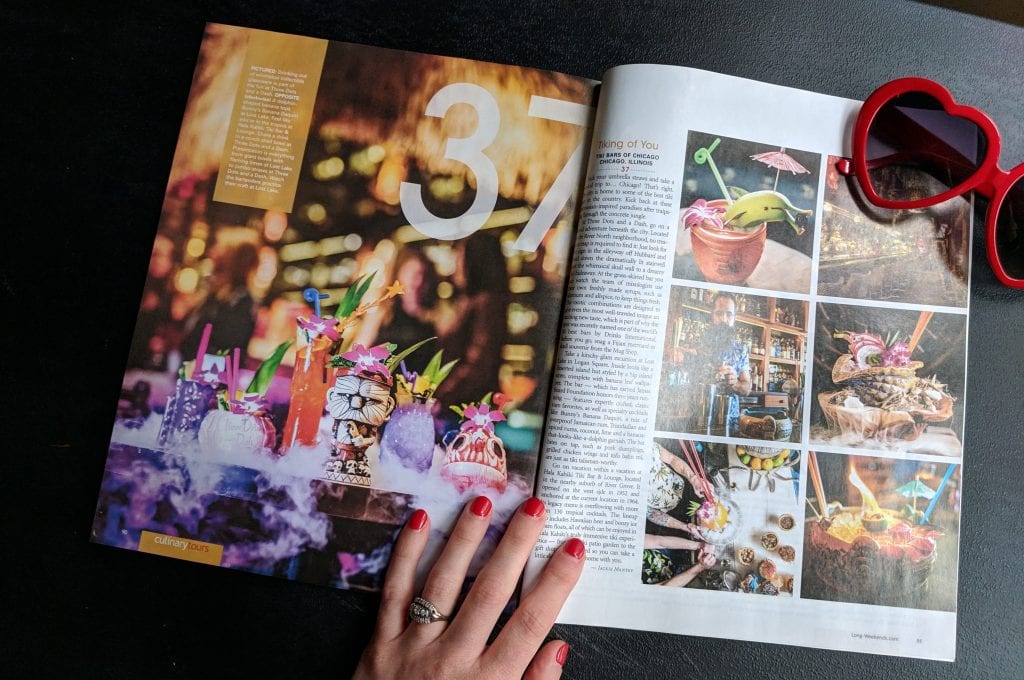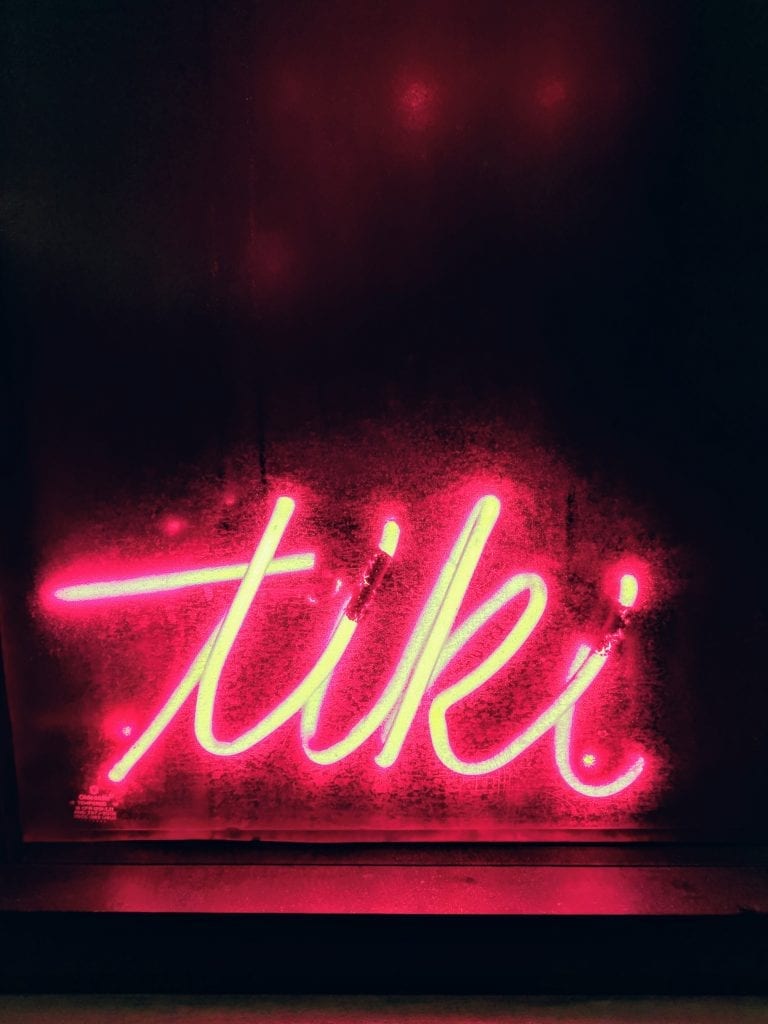A few weeks ago, I updated my website for the first time in over a year. Woof. I couldn’t believe it had been that long! I mean, I kept up with the obvious stuff — the WordPress and plugin updates, etc. — so the whole thing didn’t come uh-tumblin’-down, but the rest of it had pretty much stayed in stasis for a little over 57 years 365 days.
I had good reason not to be online. I’ve been nesting. I love that term because that’s exactly what it has felt like… cleaning, decorating, fixing, changing, cleaning some more. Basically doing everything a new homeowner should do, including simply just relaxing and enjoying the fact that I finally bought my own house.
Recently, though, I’ve had the itch to get back online and share some of my newer work. I’ve been busy painting over the last year and have a few things I’m happy to show from it. I have also been hoping to get back into a groove of creating and writing more regularly.
Whenever I’ve come across moments like this in my creative life, I love finding things that kick me into high gear—namely, finding other artists who inspire me or challenge me to think about new paths for my practice.
Julia Cameron’s book The Artist’s Way is such an easy go-to in these moments. I have a dog-eared copy with highlighter all over it, notes in nearly every margin. If you’ve ever delved into this book or been friends with someone who has (because we all talk about it), you’re probably familiar with the concept of the “Artist Date.” An Artist Date is a special, intentional block of time that you spend with your creative self. It’s a solo adventure designed to inspire, refresh, and ~awaken~ your inner artist.
Think of it as a date with your creativity—just you, your imagination, and a little bit of play. It’s like creativity is the charming but shy crush you have and you’re trying to bring them out of hiding and make them realize you are a worthy muse/ friend after all.
While the idea might conjure images of pricey art galleries or fancy workshops, the truth is that Artist Dates don’t need to cost a dime. Here are three I’ve done recently that have helped bring me back around to myself, new nest and all.
1. Peruse art books and magazines at the library
The mere scent of a library book can get my juices going. Same? Next time you’re at the library, make a beeline for the art section. Browse through art books, photography collections, and even those glossy magazines dedicated to art, craft, and design. You might find yourself flipping through pages of Picasso or exploring a contemporary artist you’ve never heard of. There’s so much to discover and the randomness of what you’ll find is half the fun.
The last time I did this, I found a great book on the cultural history of kitsch and went down a long, winding rabbit hole learning about the theoretical aesthetics and social implications of show globes and paper weights and basically anything trapped in glass or acrylic. I’m not saying it went anywhere other than me wanting a paperweight for my office now, but it was fun, and I think of the art of capturing a feeling a little differently now.
2. Go to a food market
Sure the food is beautiful — fresh bizarre fruits and decadent desserts in particular—and occasionally grotesque — dead fish eyes staring back at you never fails to disappoint — but food markets/ food halls are especially good people watching. I love noticing what the vendors have on display in their stands.
I get a similar vibe when dropping by niche food stores, like grocery stores in Cleveland’s Asiatown. Unexpected package designs, new color combinations, and surprising word combinations abound.
3. Visit a graveyard
OK, hear me out.
When you’re in the right headspace (read: not grieving), a graveyard is a fascinating visual feast. The terrifying angel statues! The mysterious rolling stones! The… crypt of James Garfield?
Sure thing. At least if you’re visiting the graveyard nearest my house.
Lake View Cemetery is the final resting place of the 20th president of the ol’ US of A (and his wife, daughter, and son in law). He’s the only president buried above ground (sooo, not buried?), and the building atop his casket is simply gorgeous — a Romanesque, Gothic, and Byzantine beaut’ complete with many a mosaic and mural.
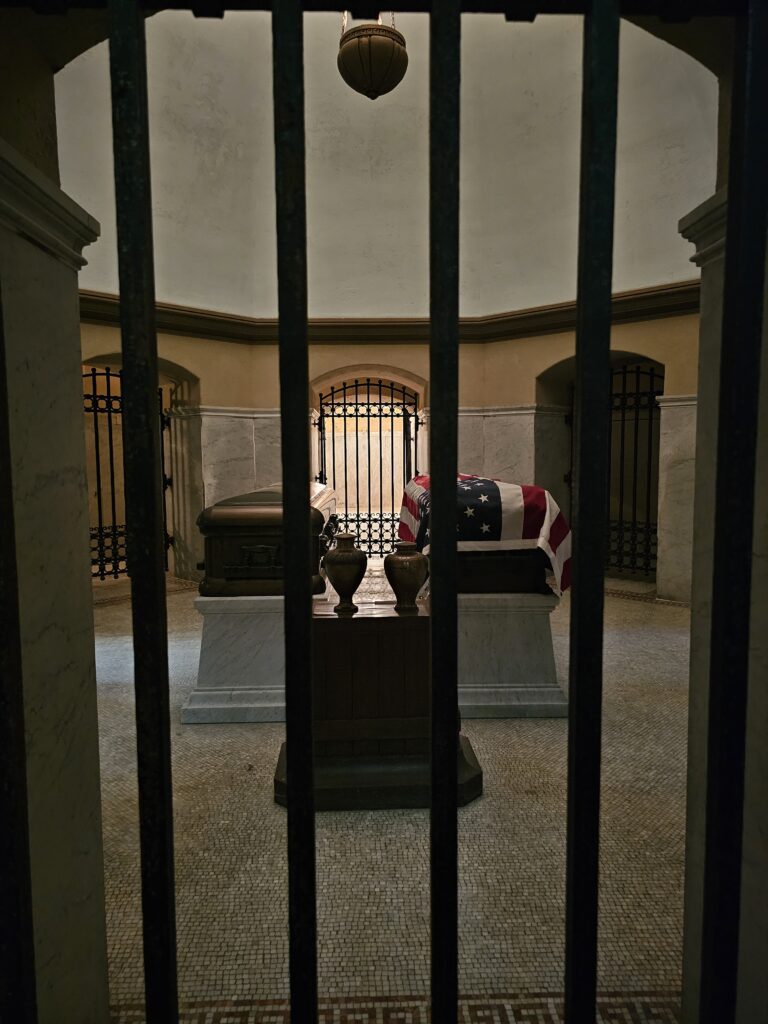
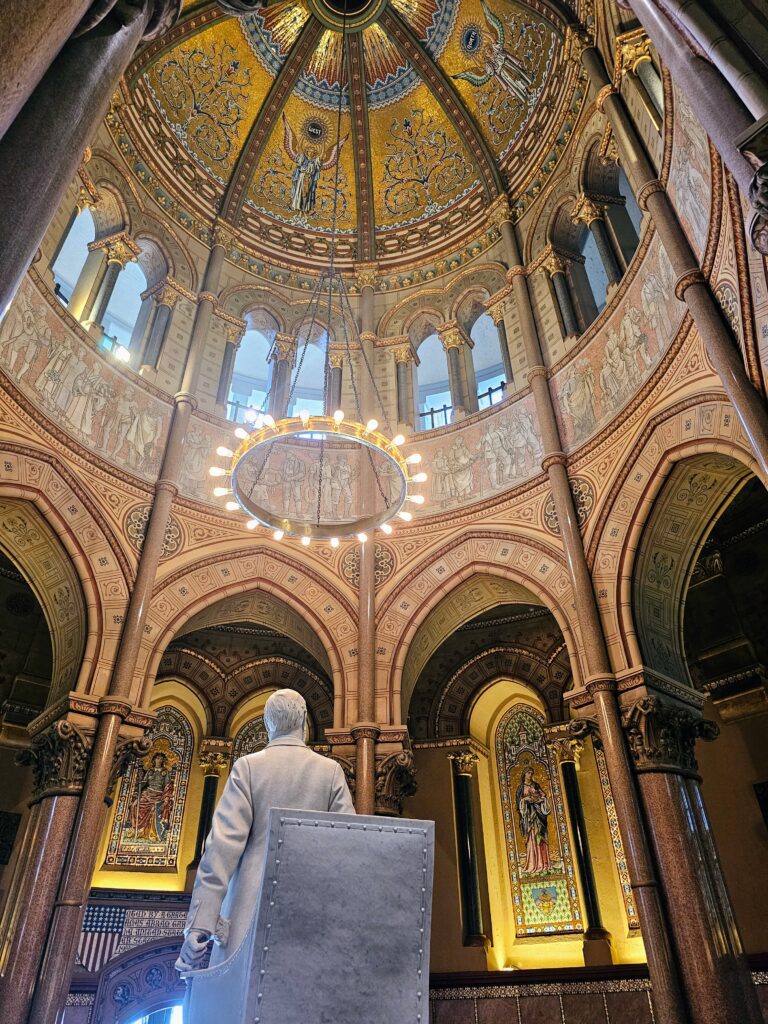
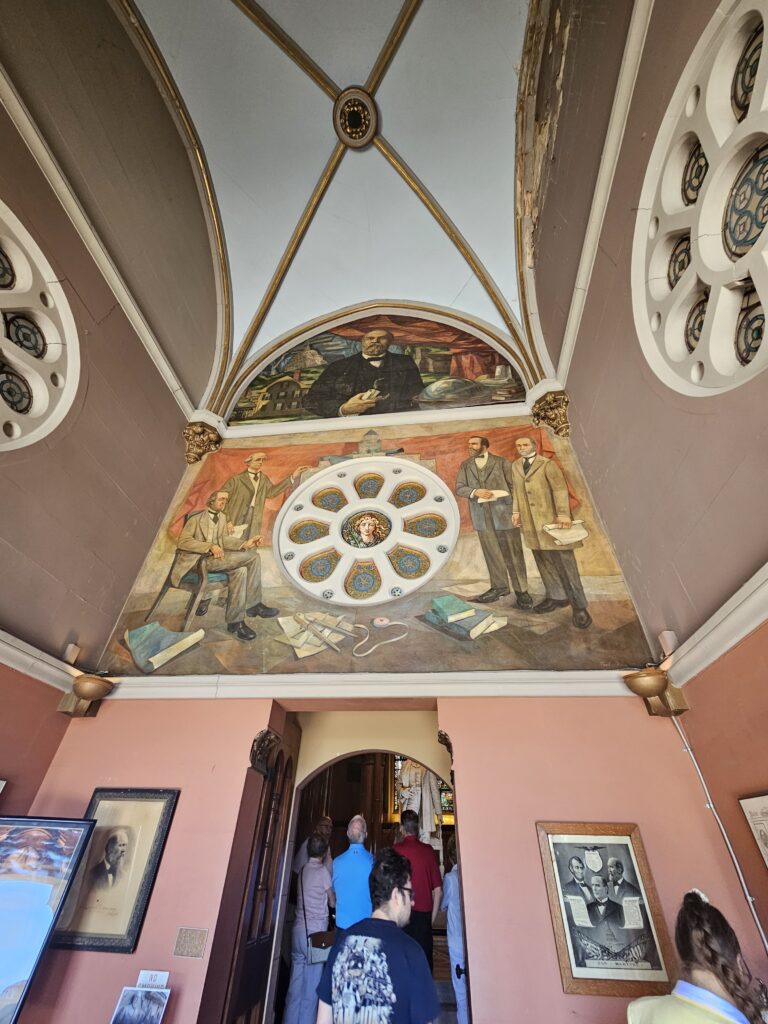
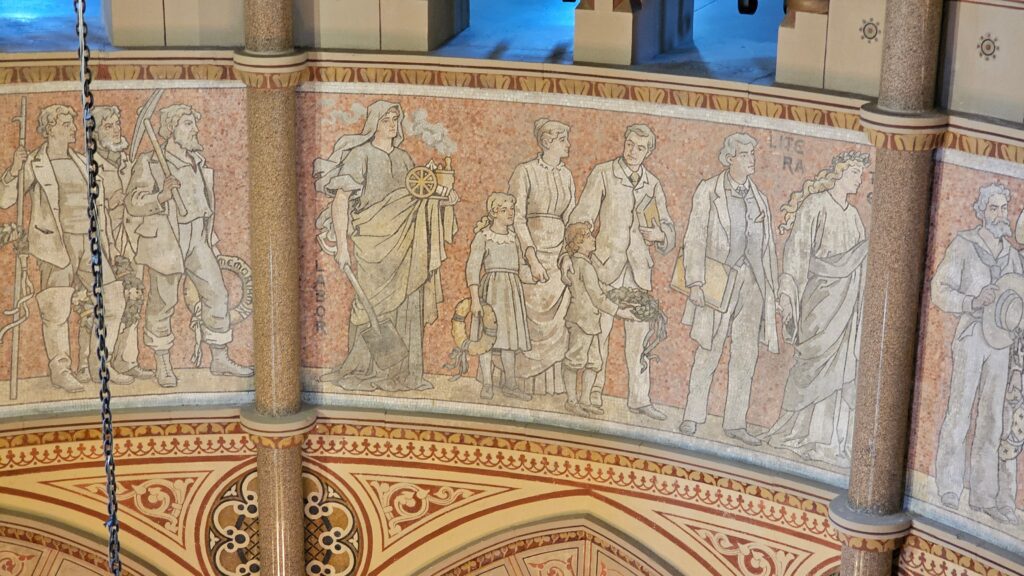
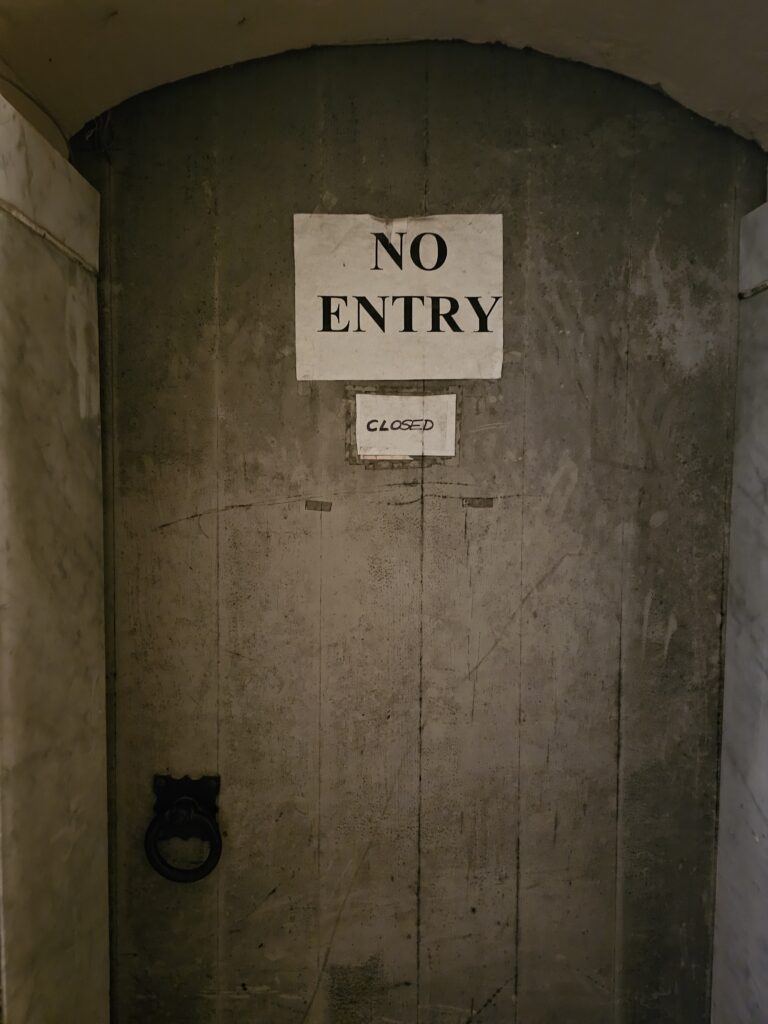
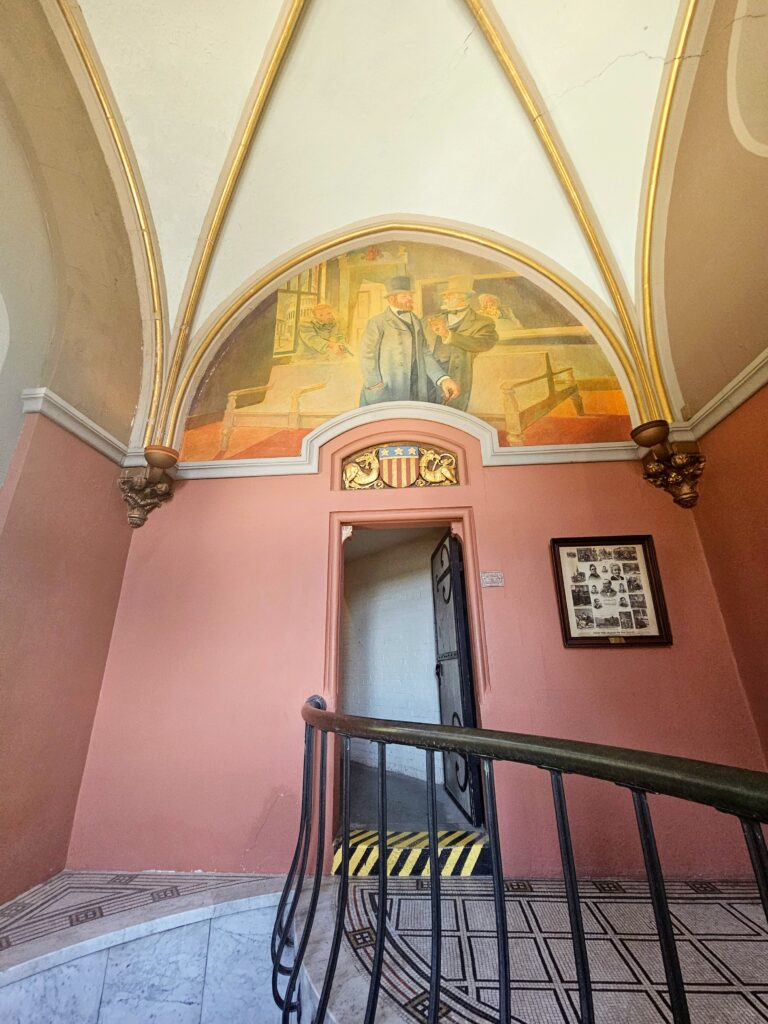
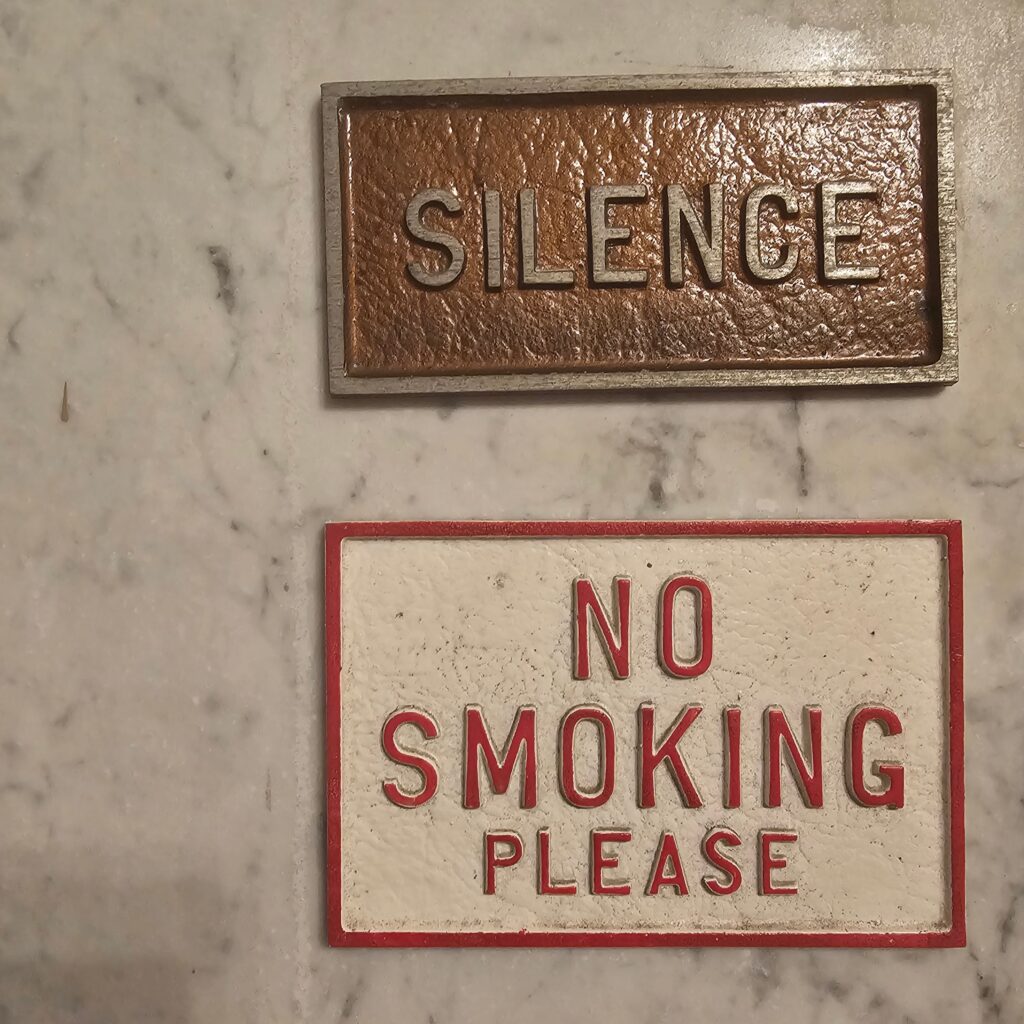
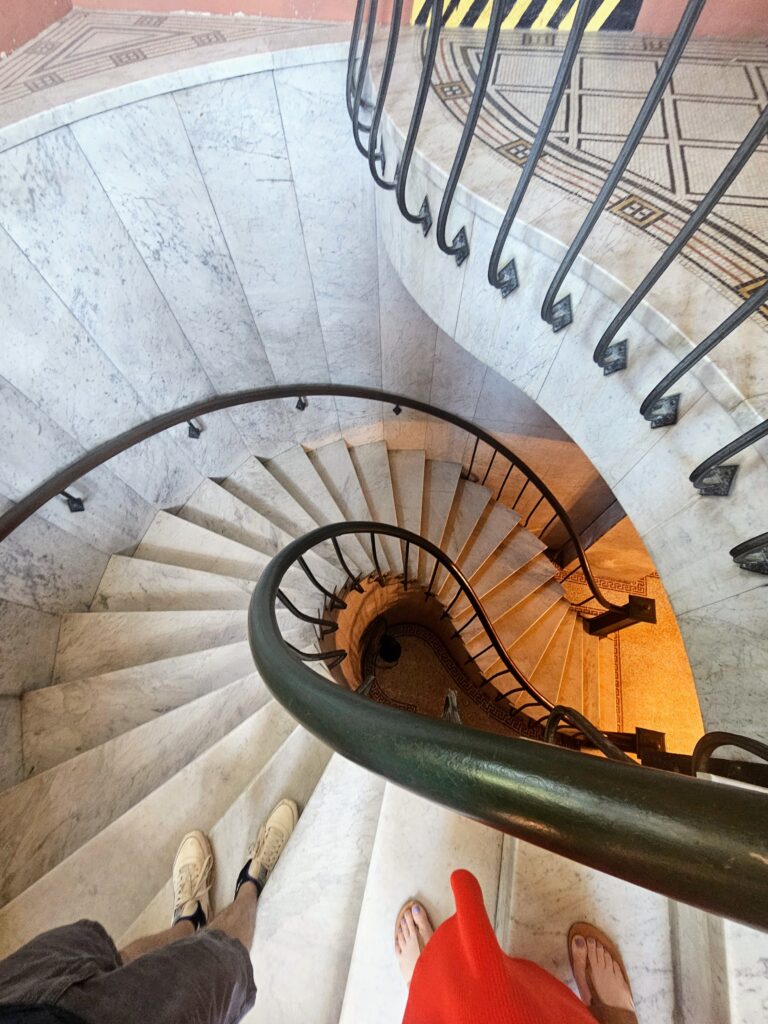

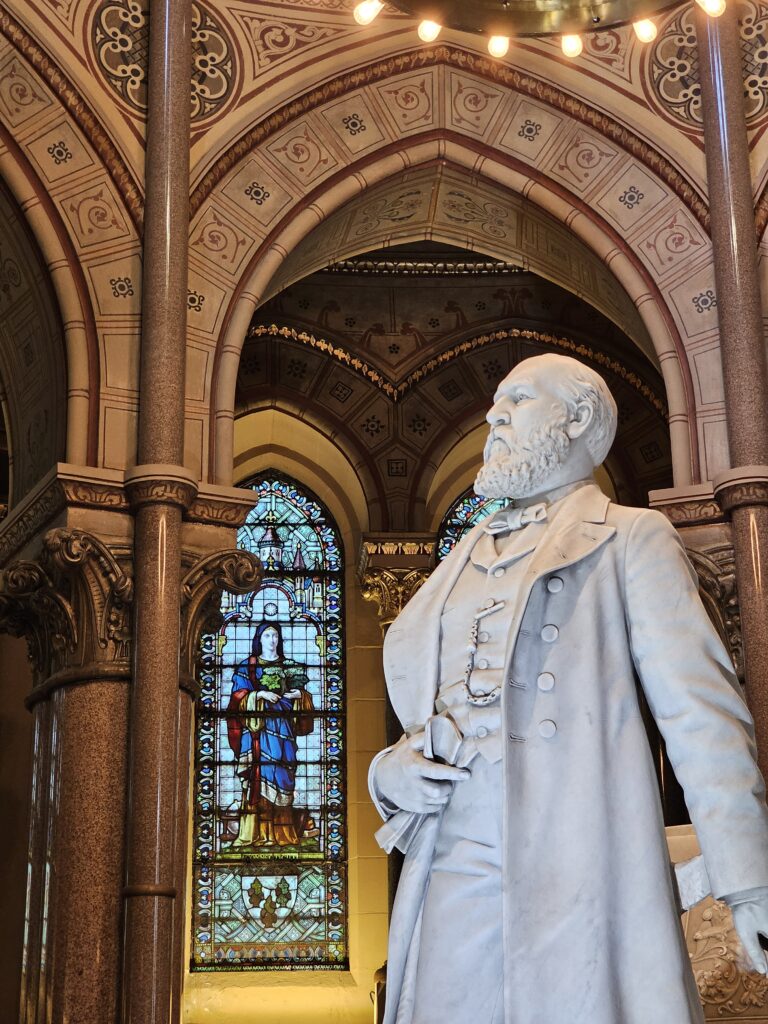
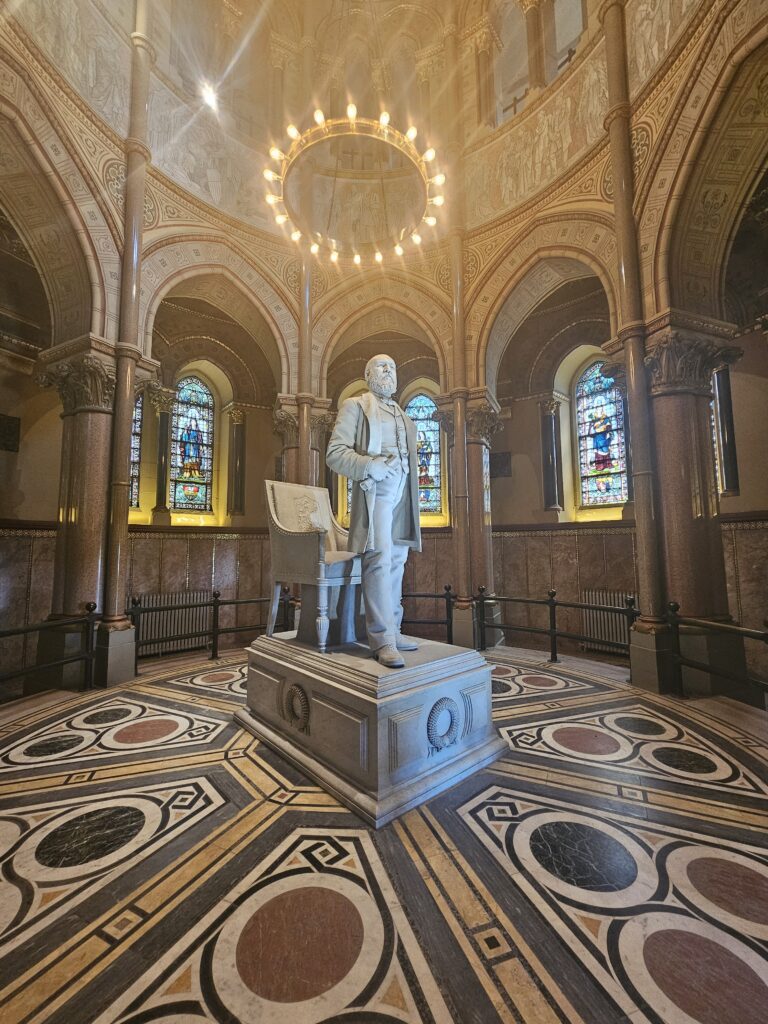
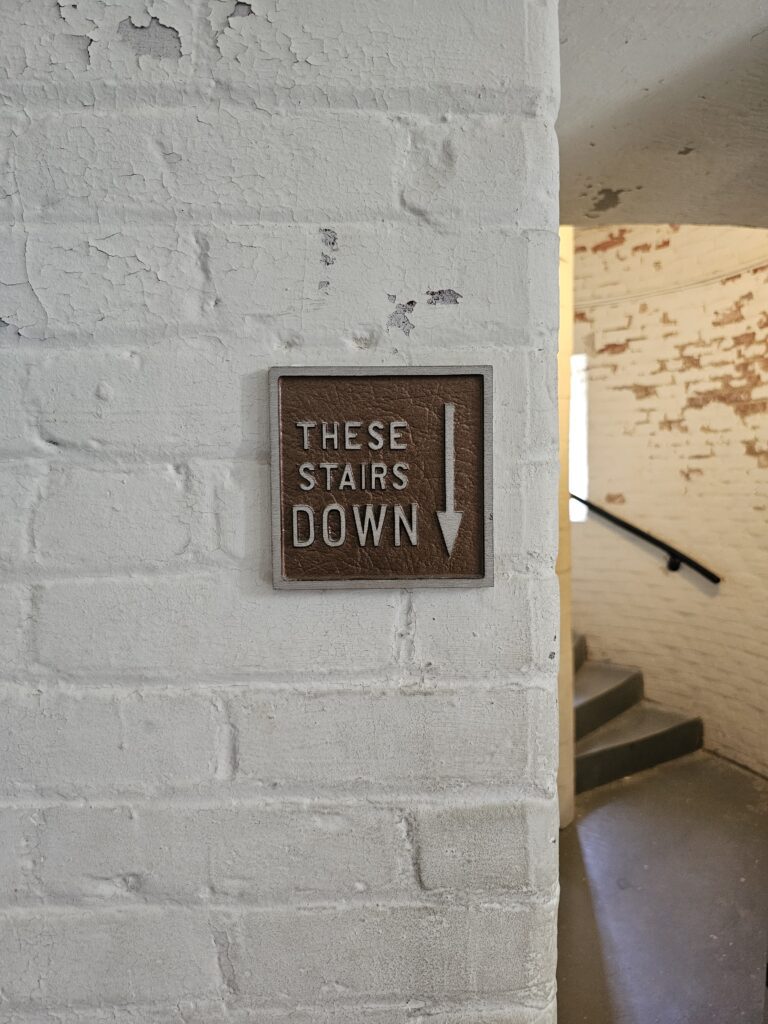

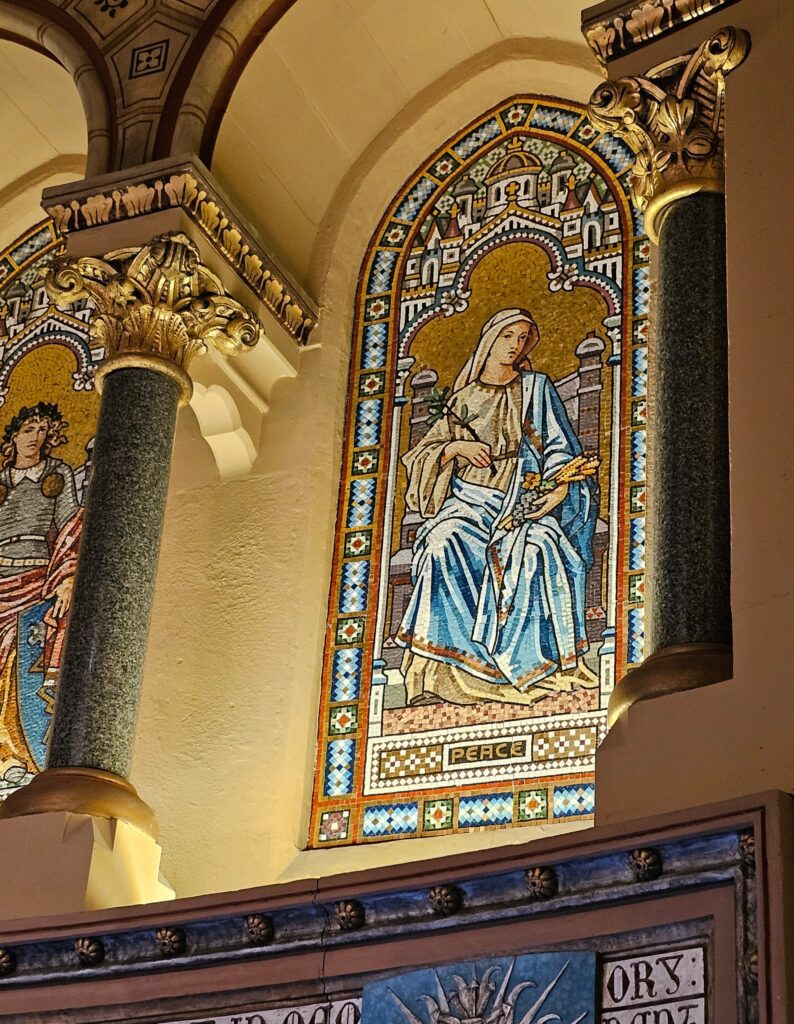
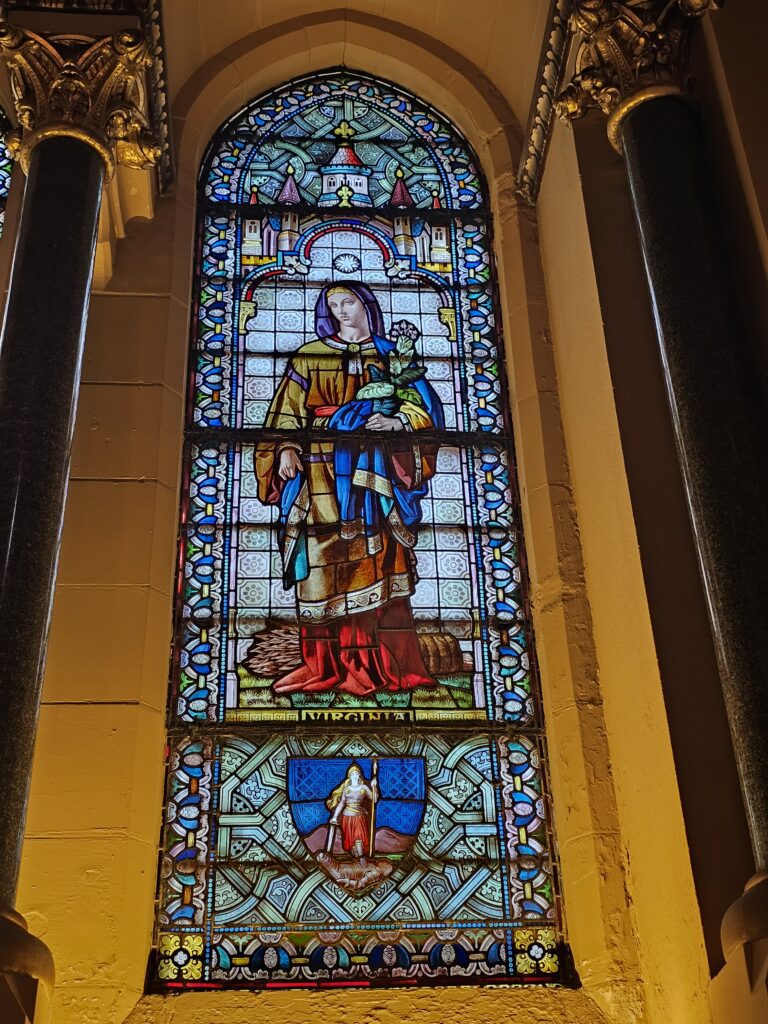
Whatever Artist Date you choose, these intentional moments are a time to look, experience, and practice going with the flow of whatever comes up to greet you. Just fingers crossed it’s not the ghost of Garfield… and whomever this terrifying thing belongs to:
